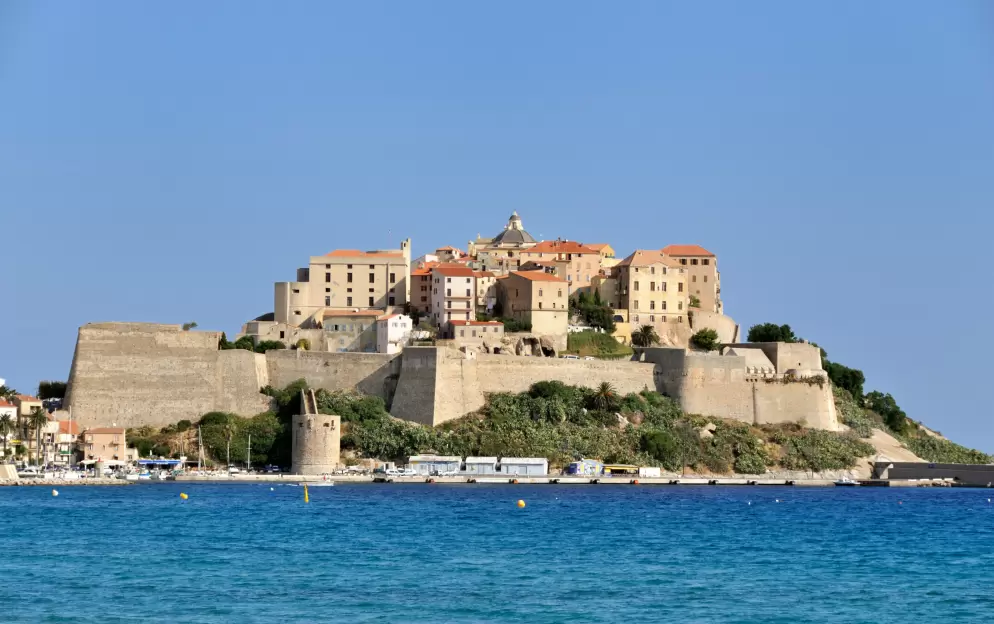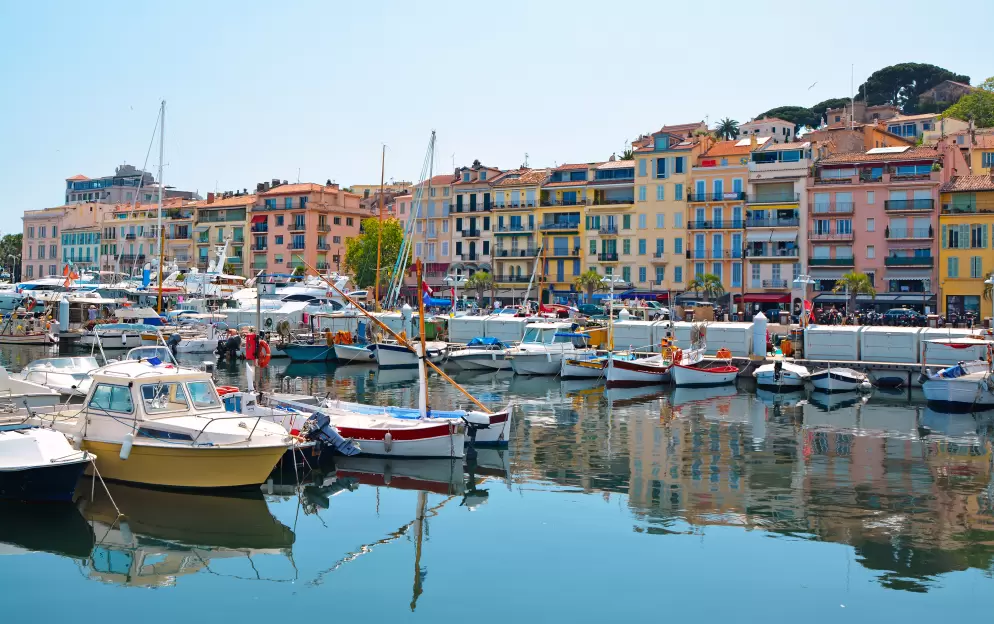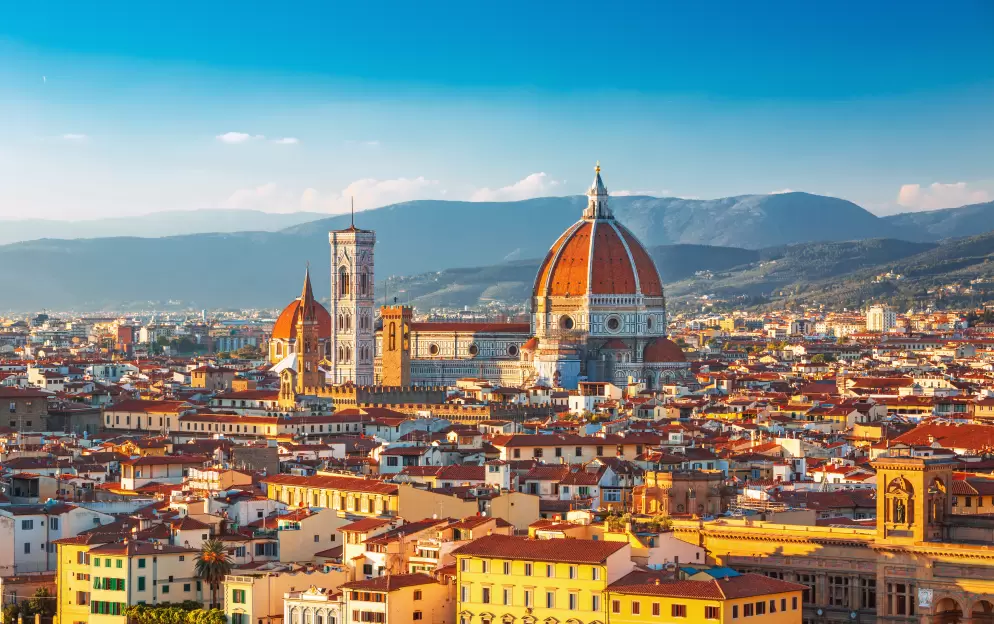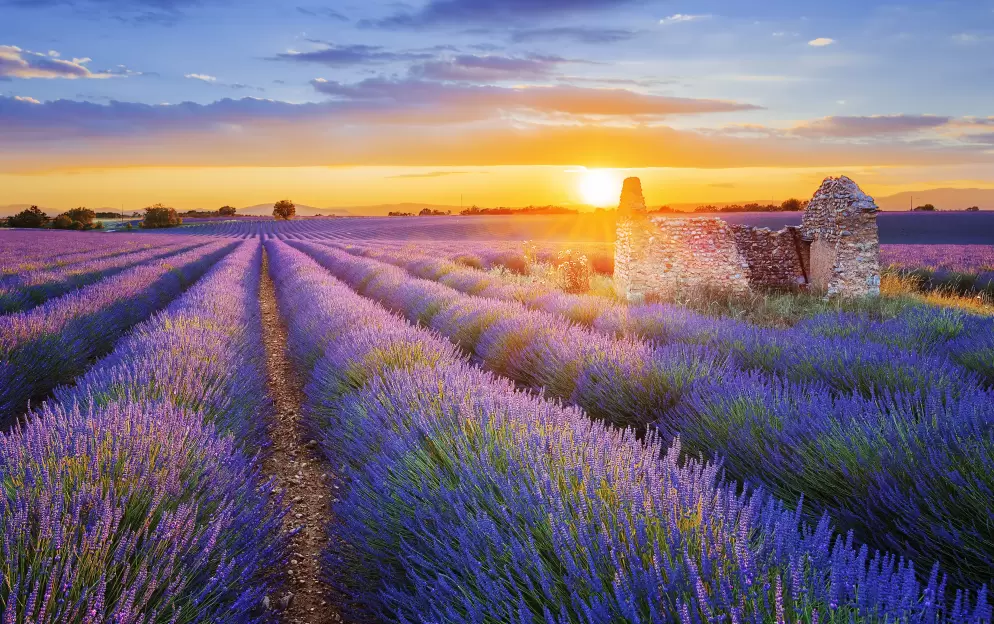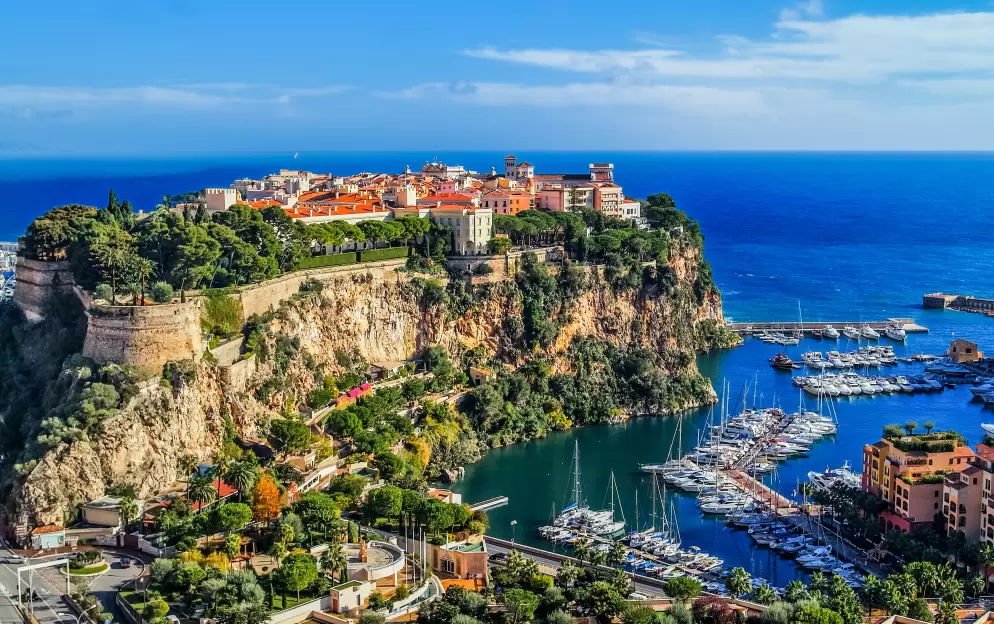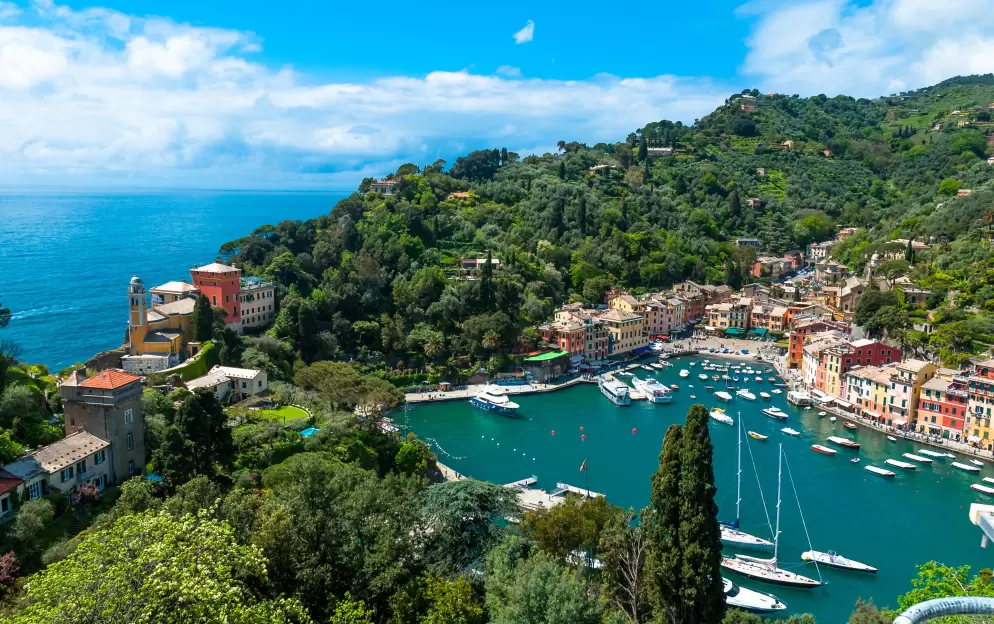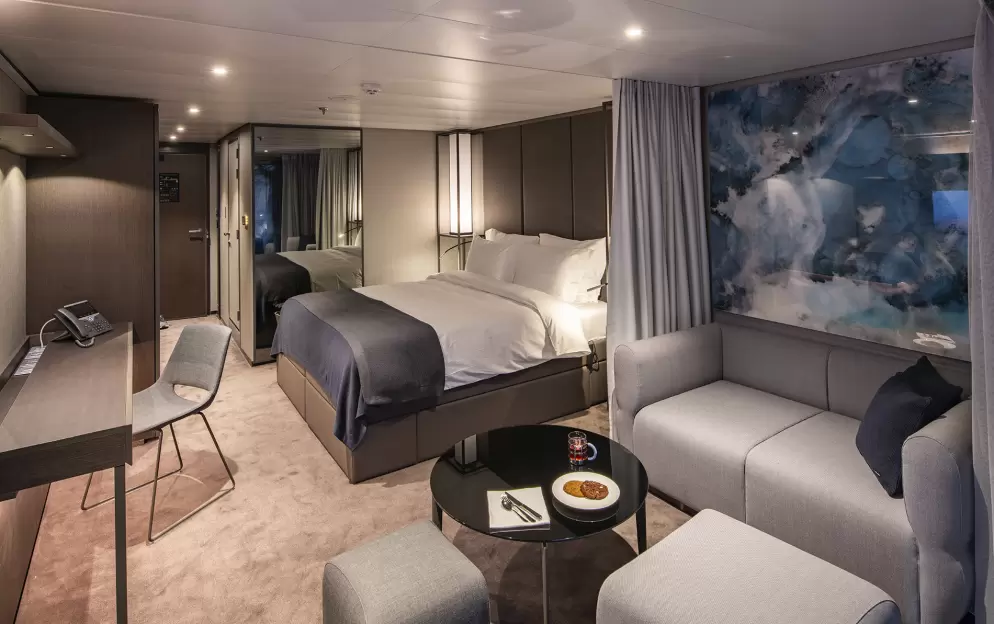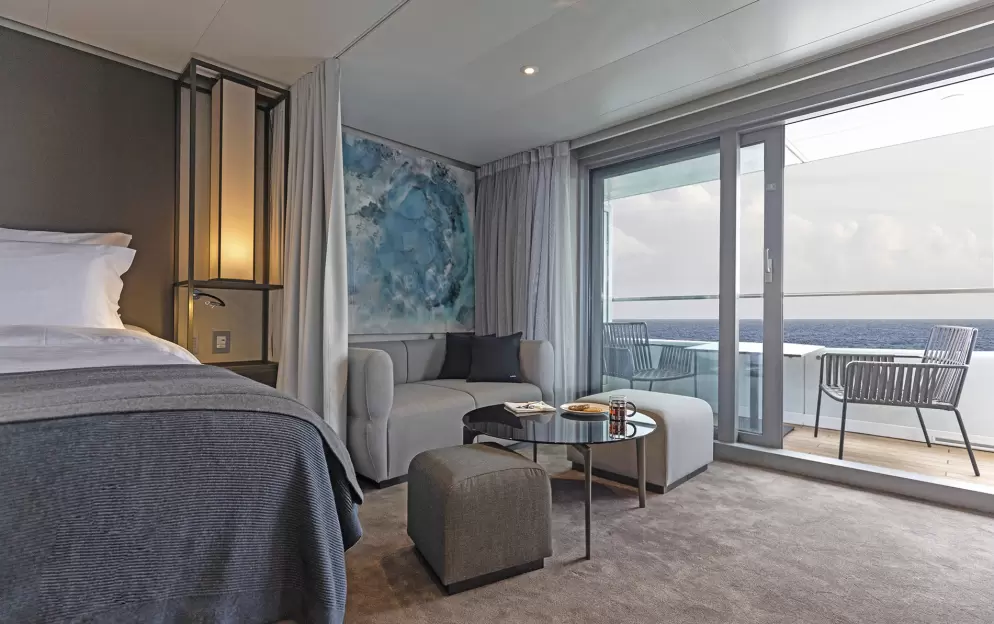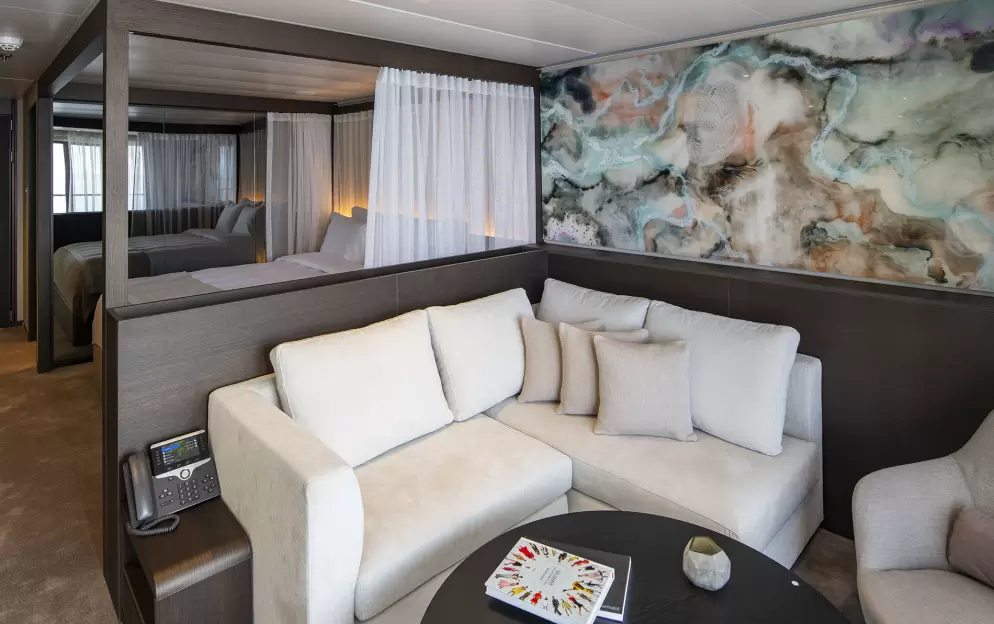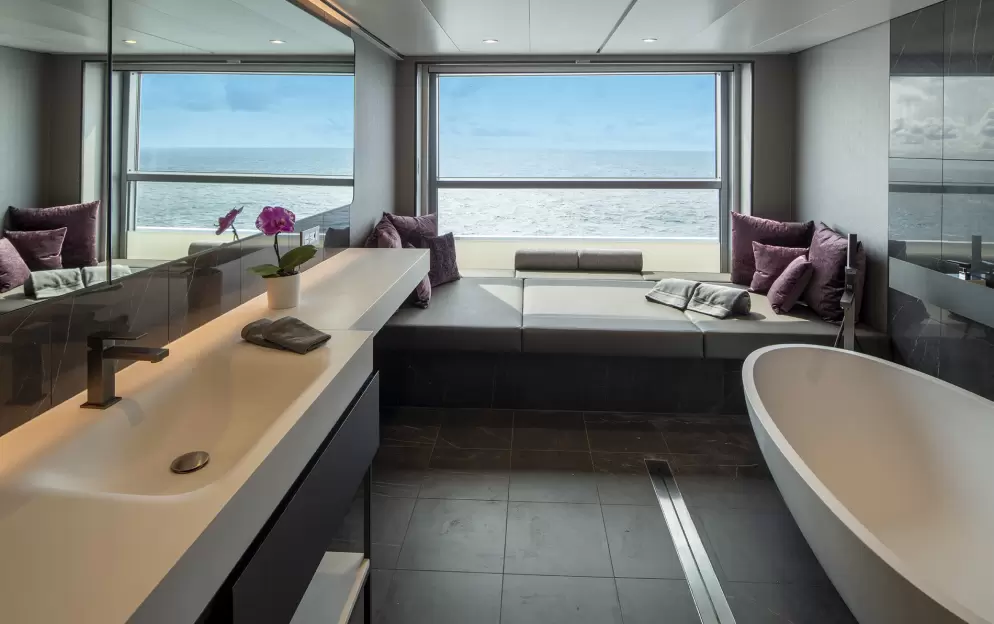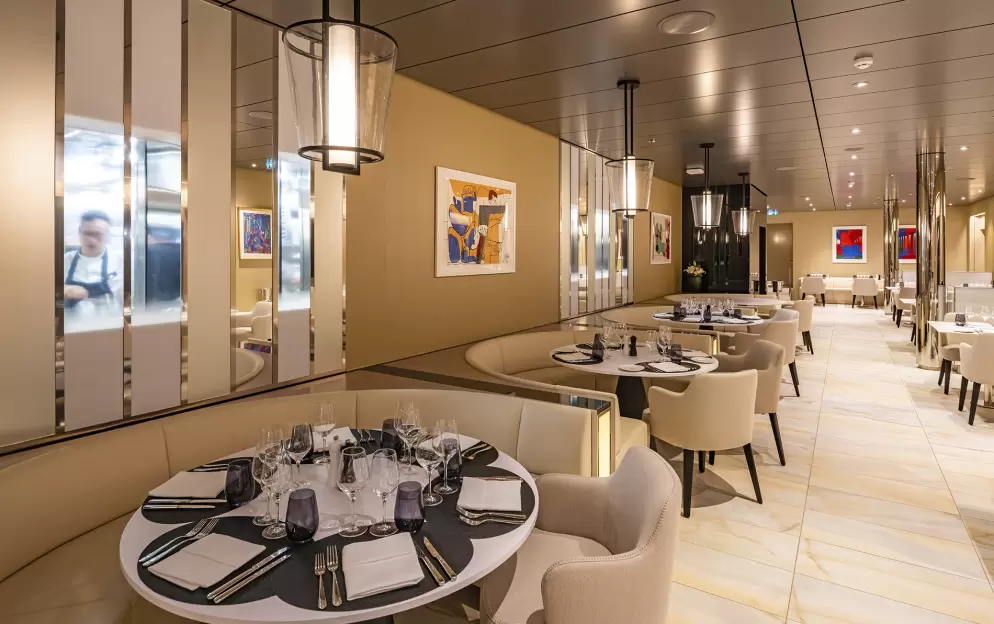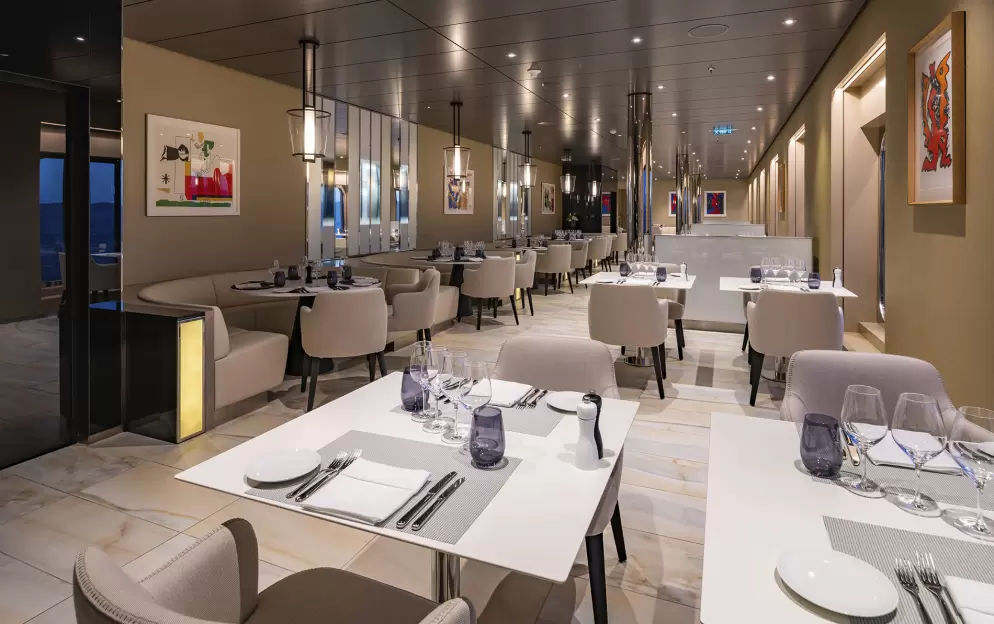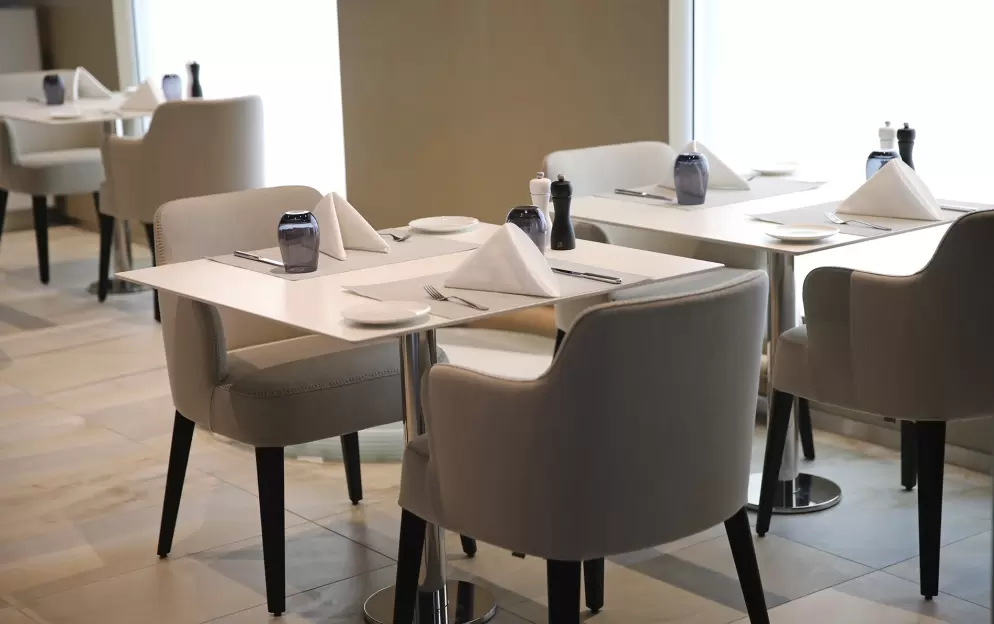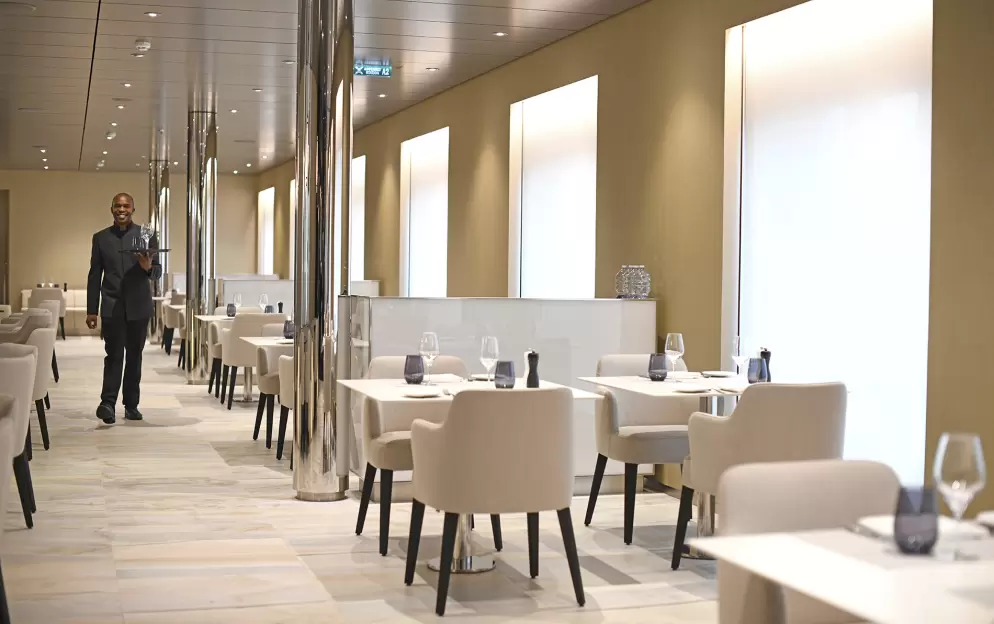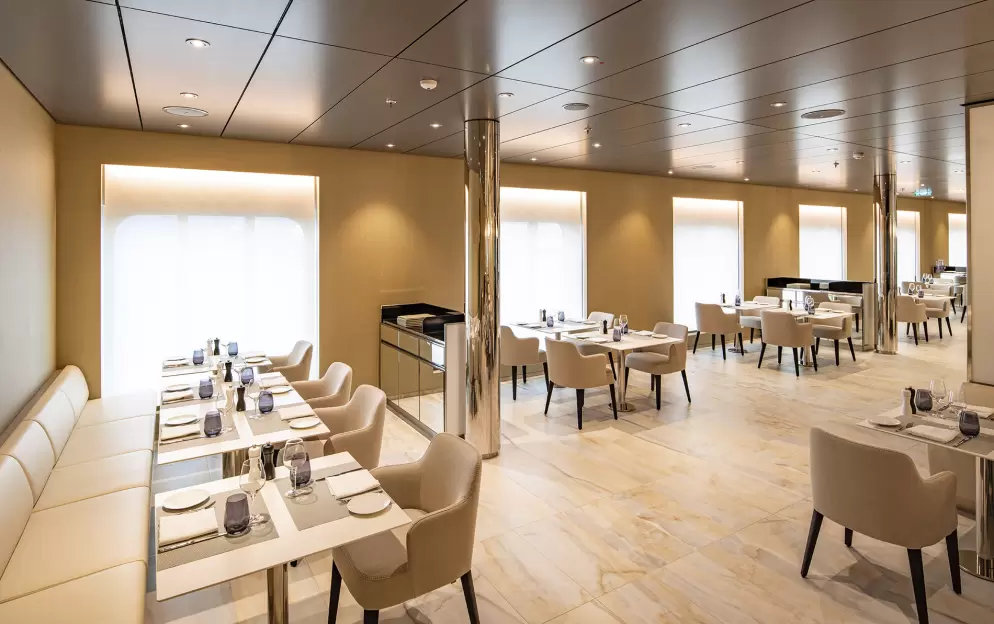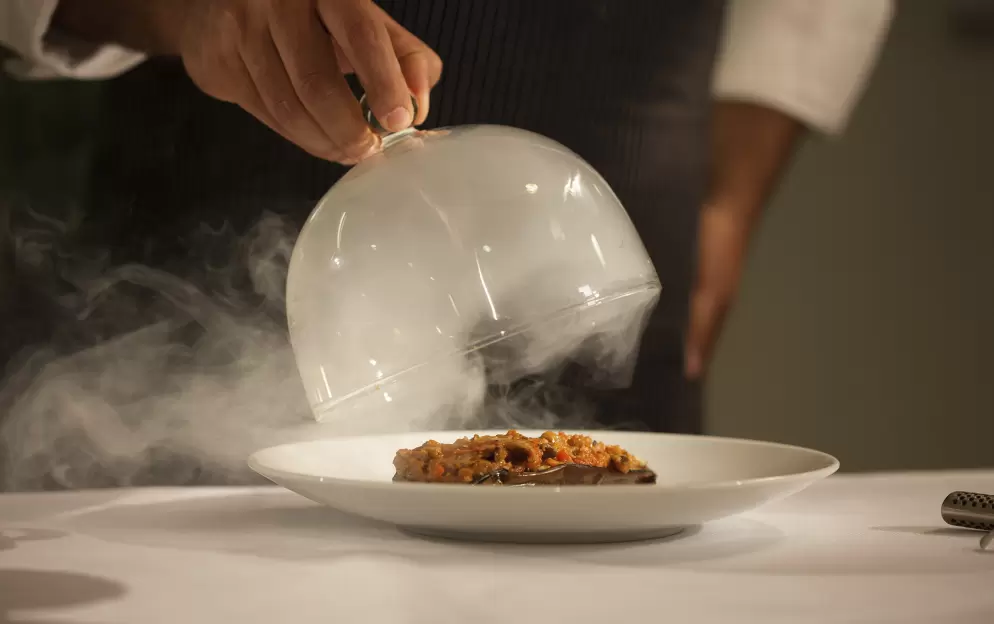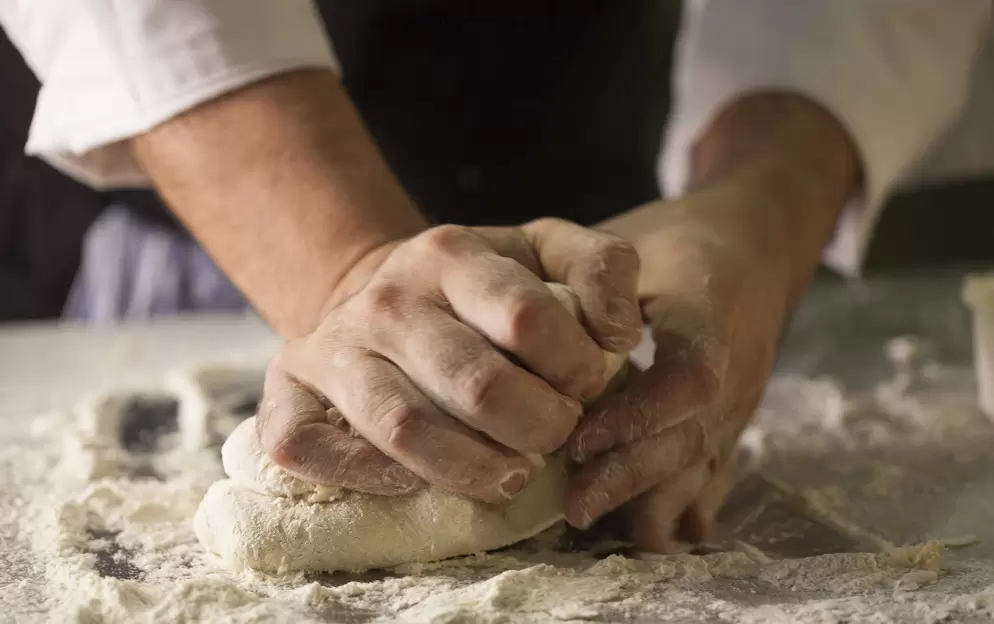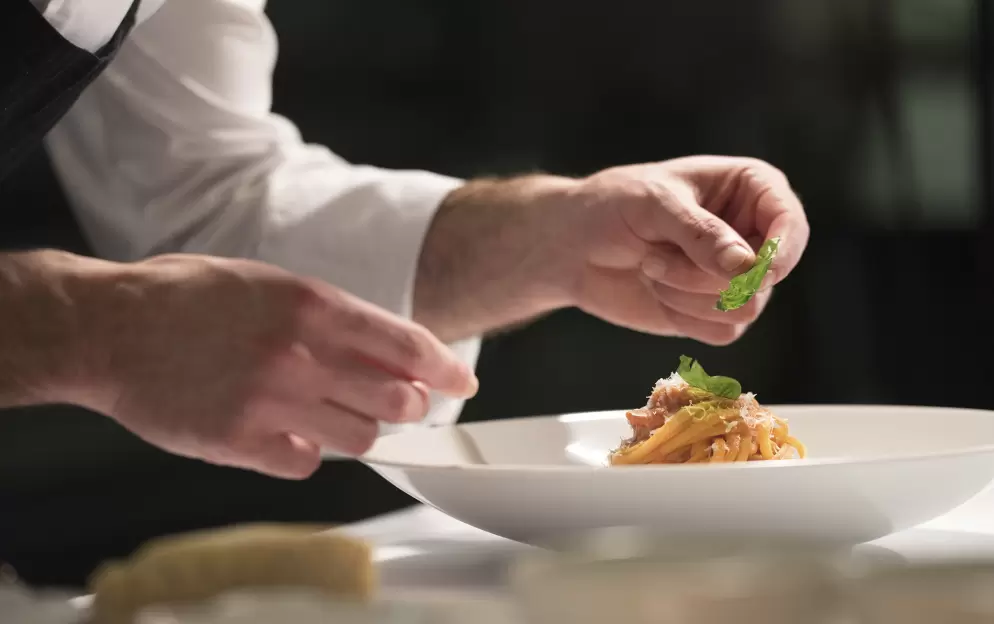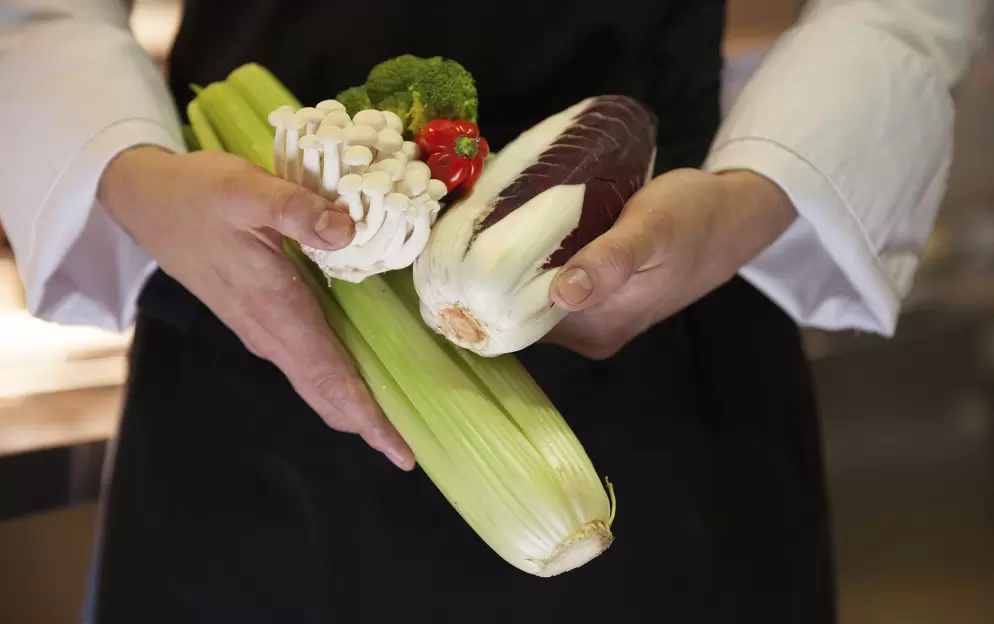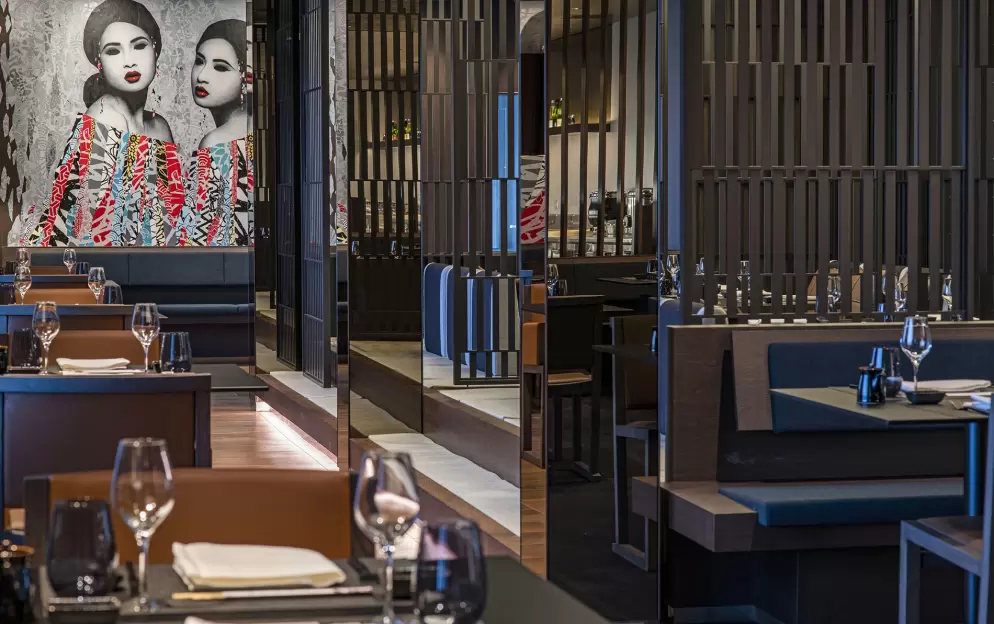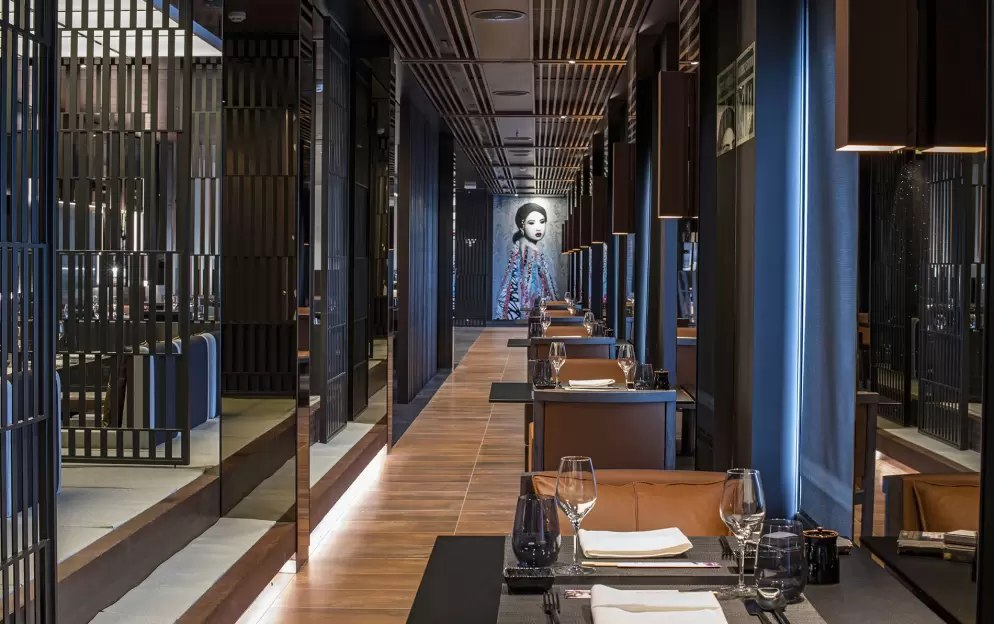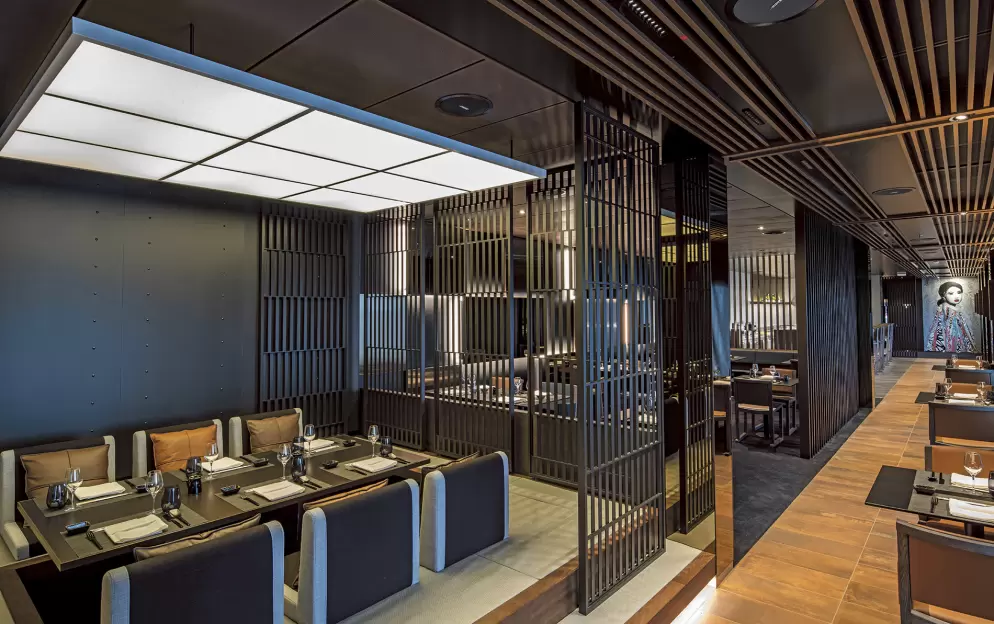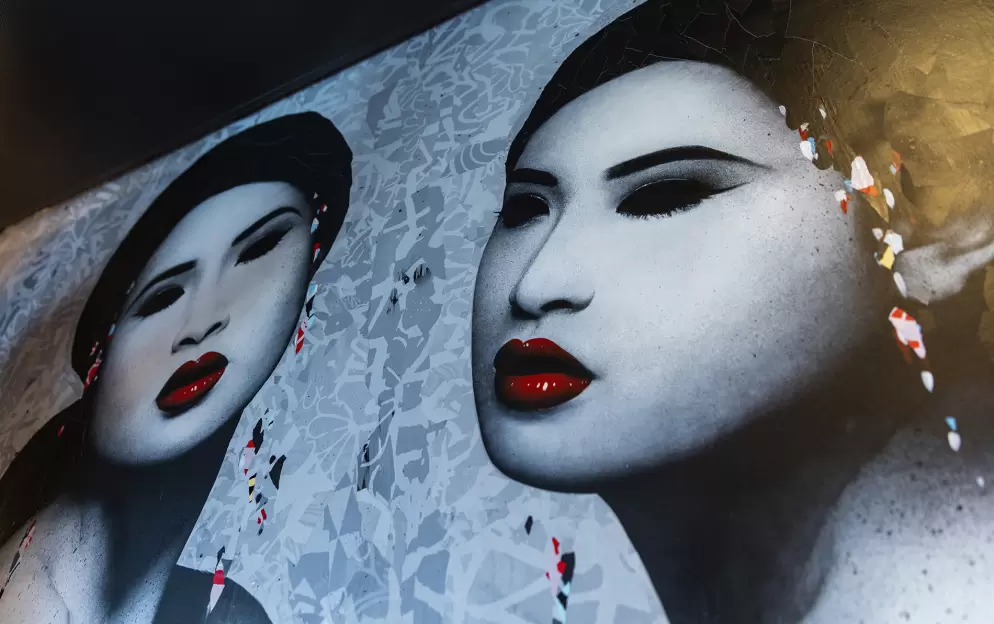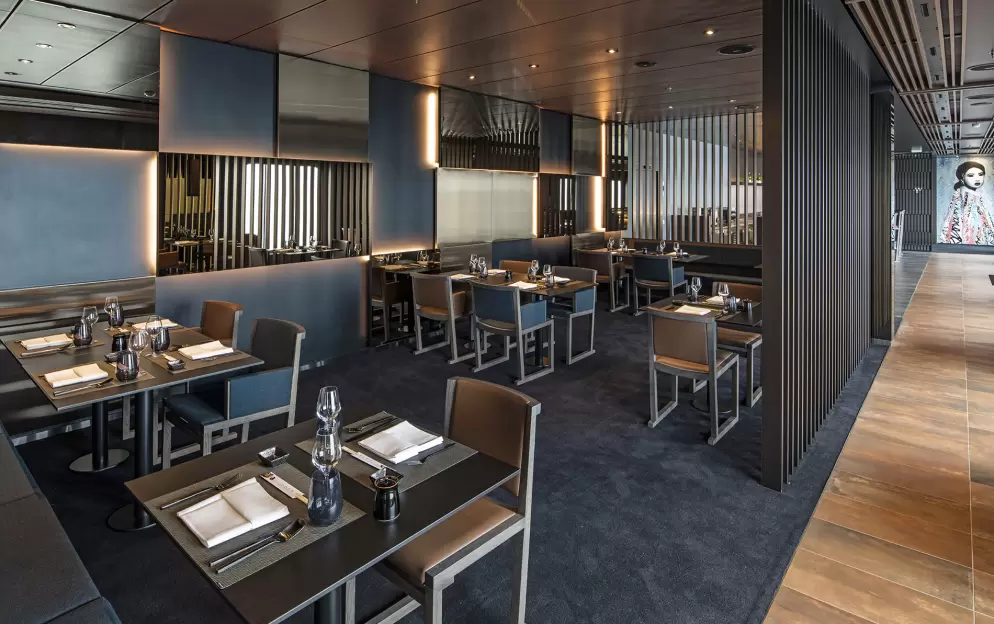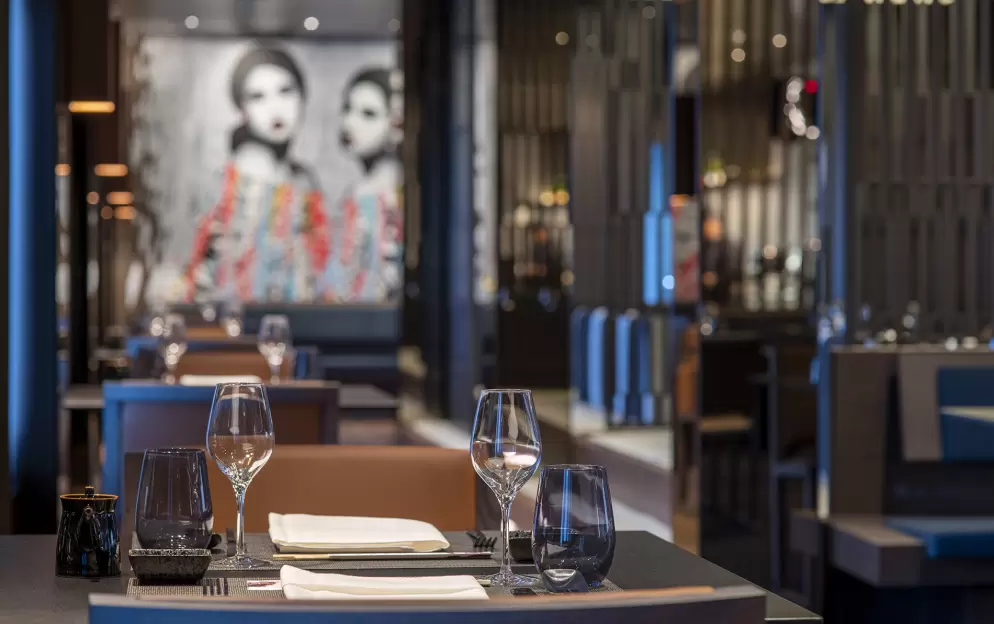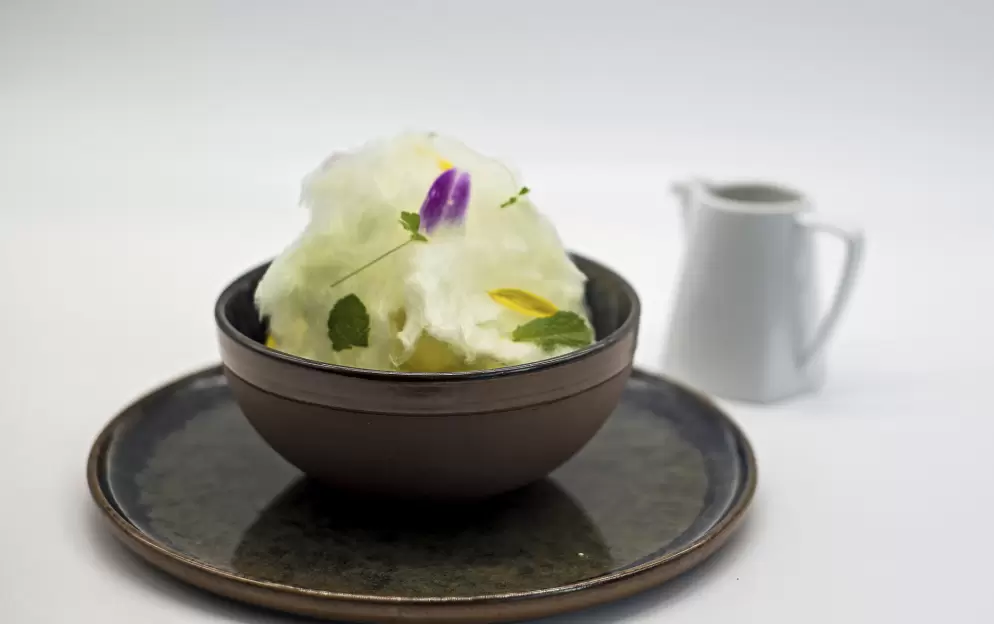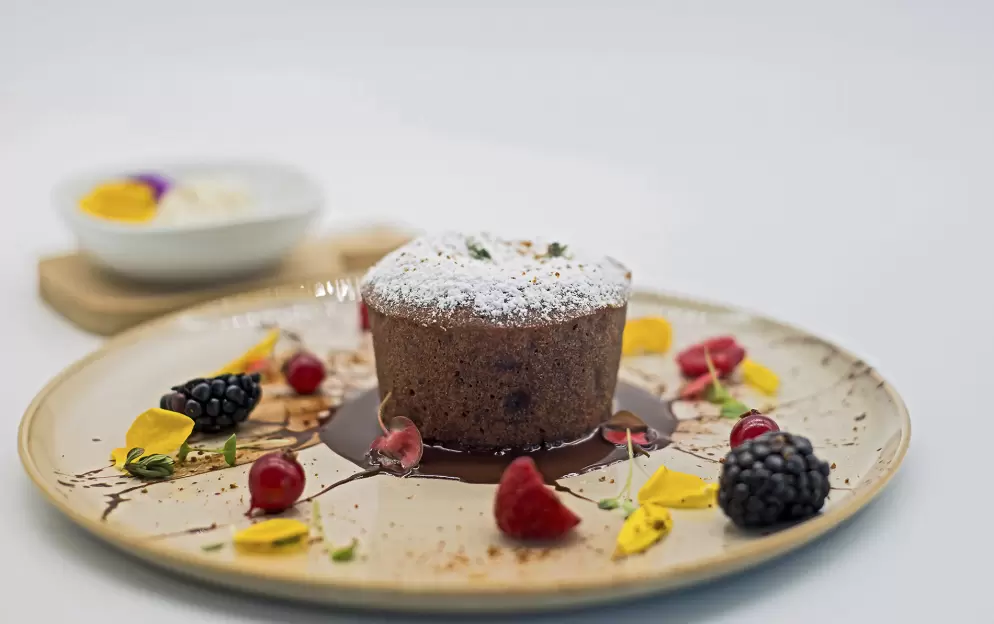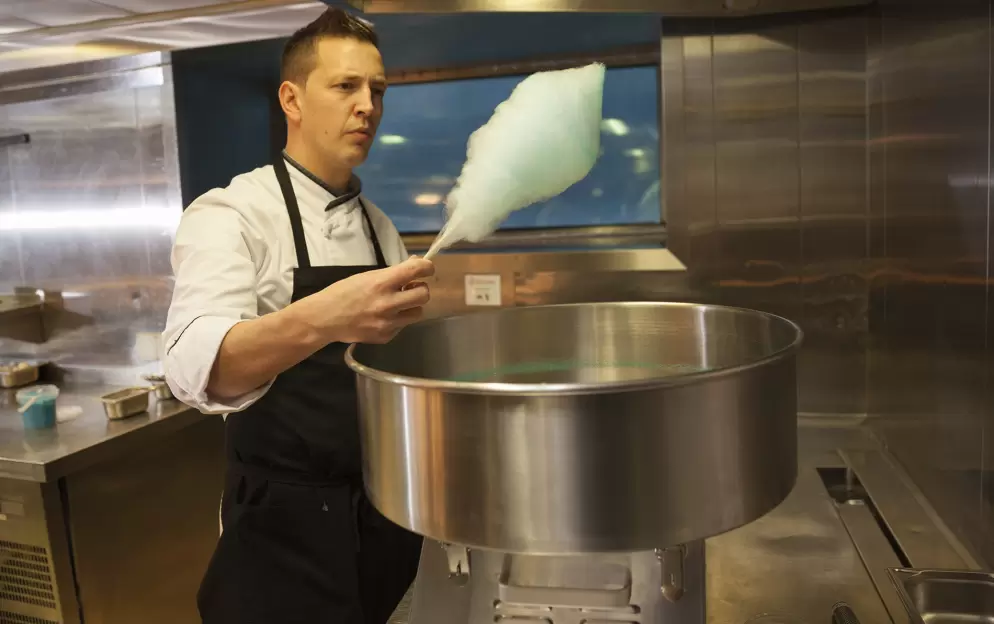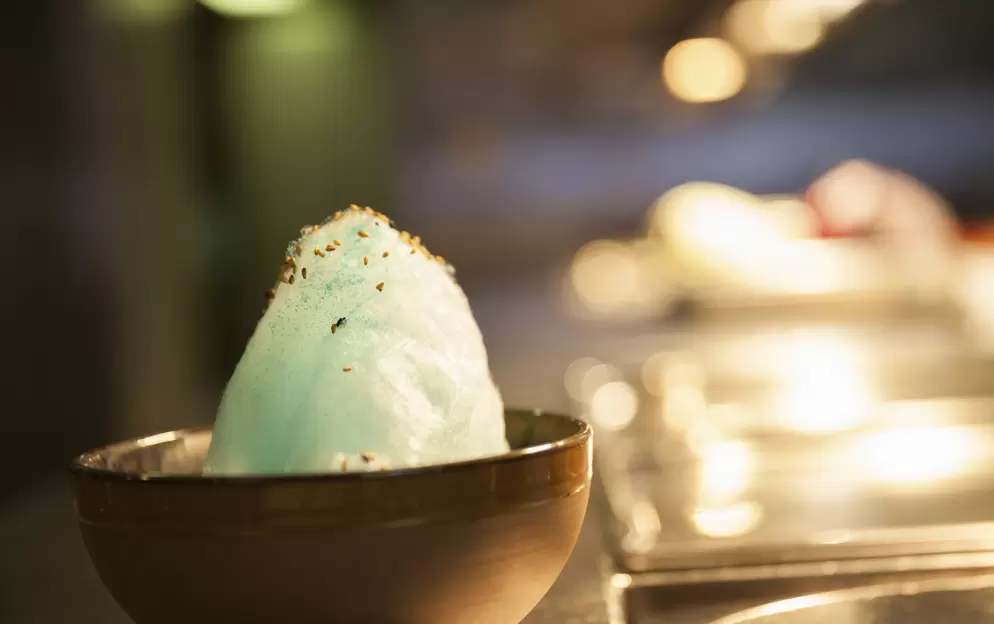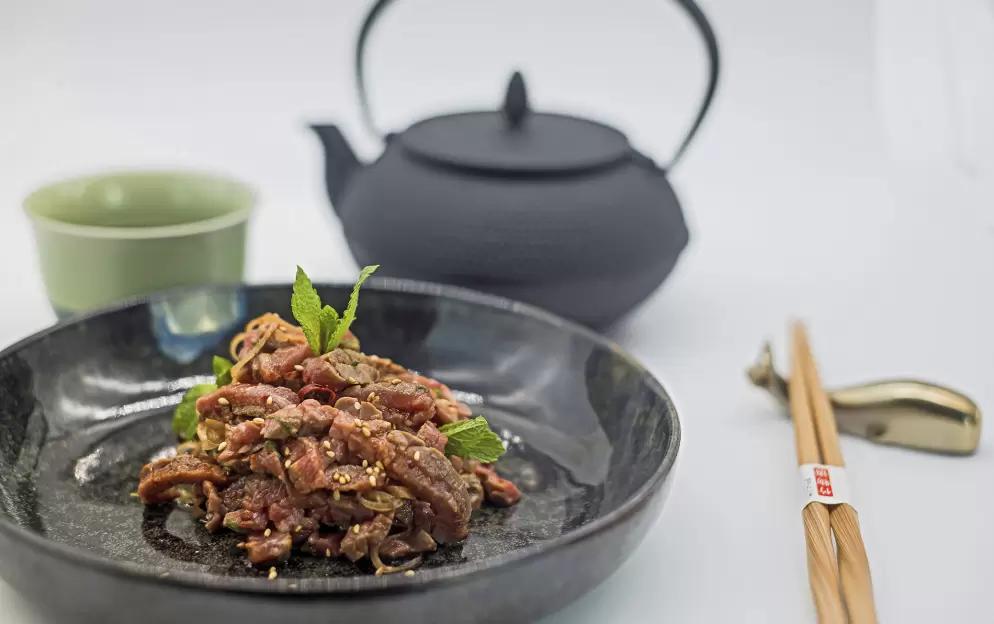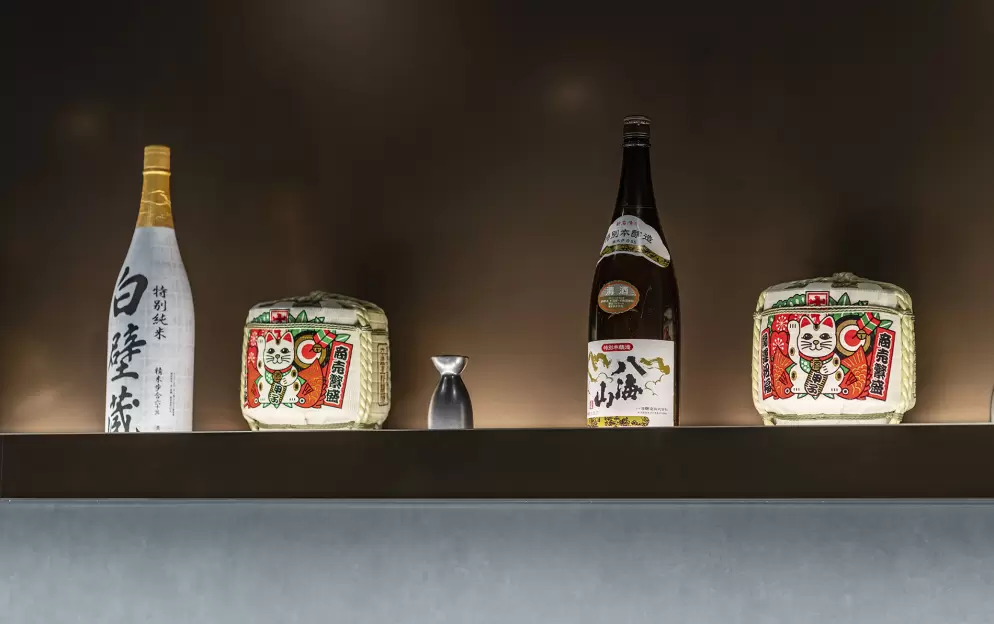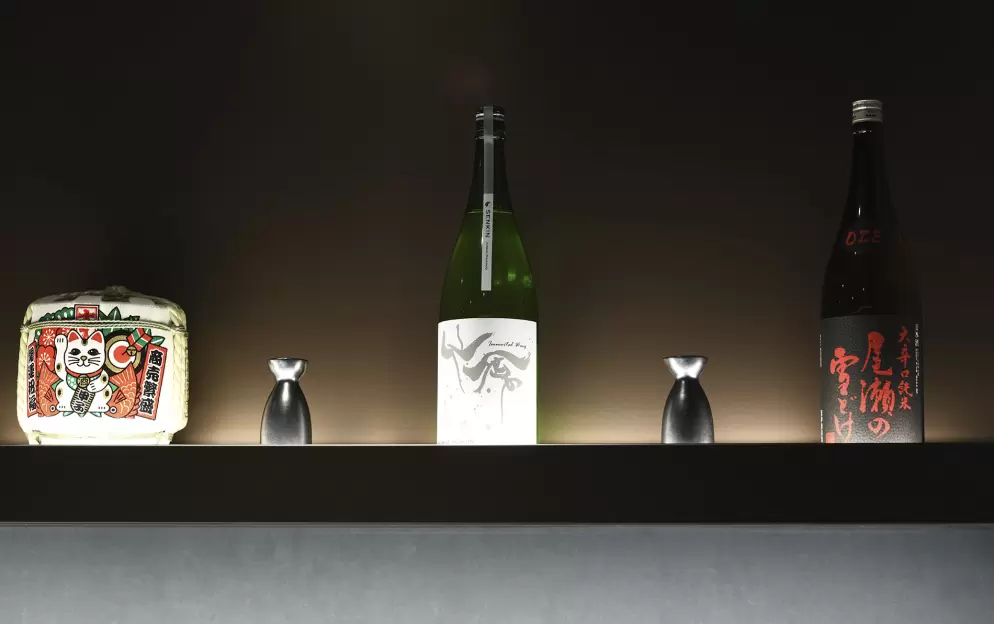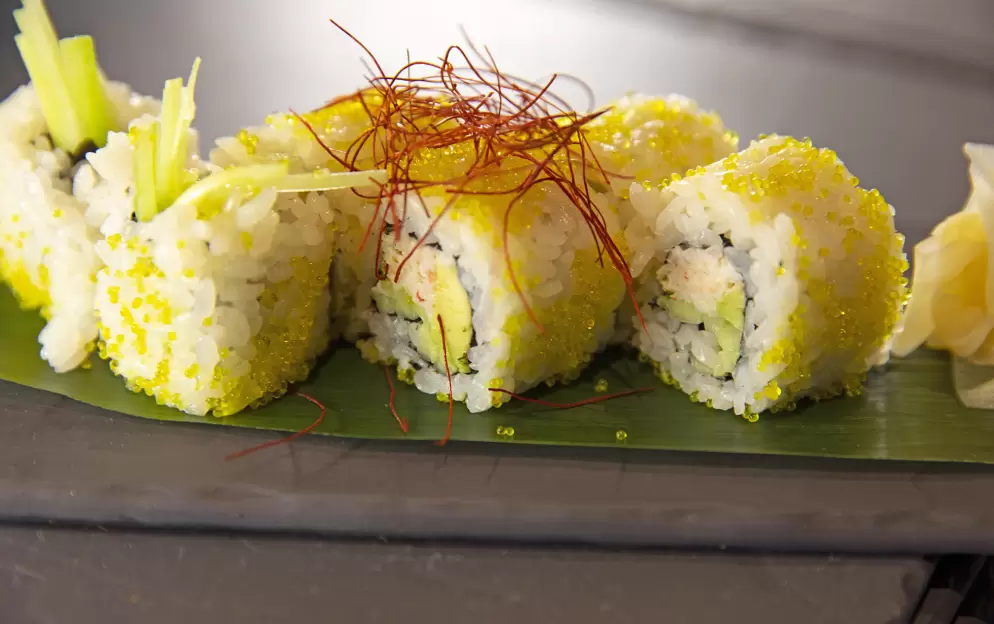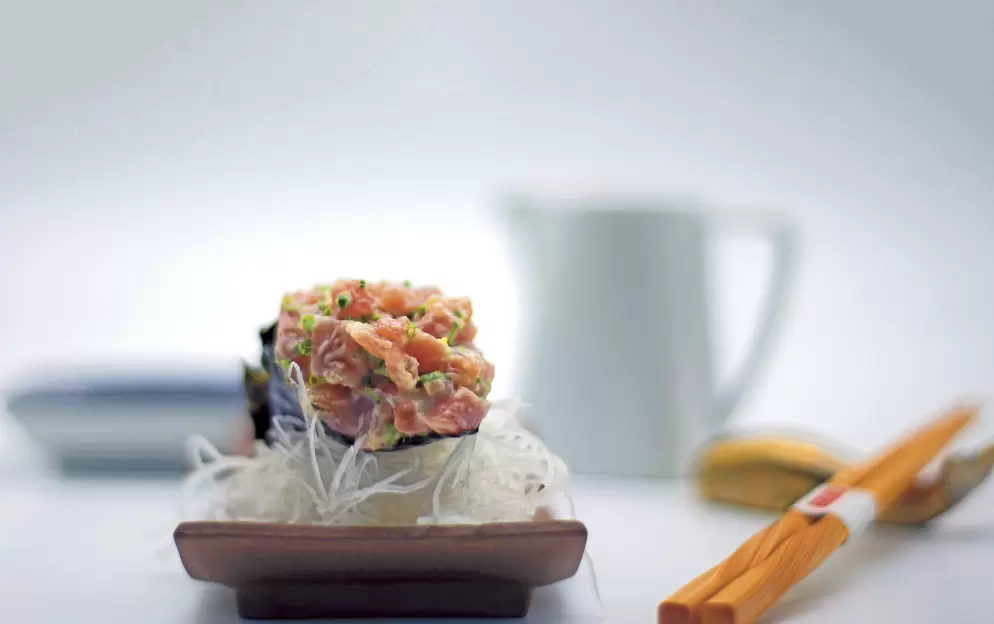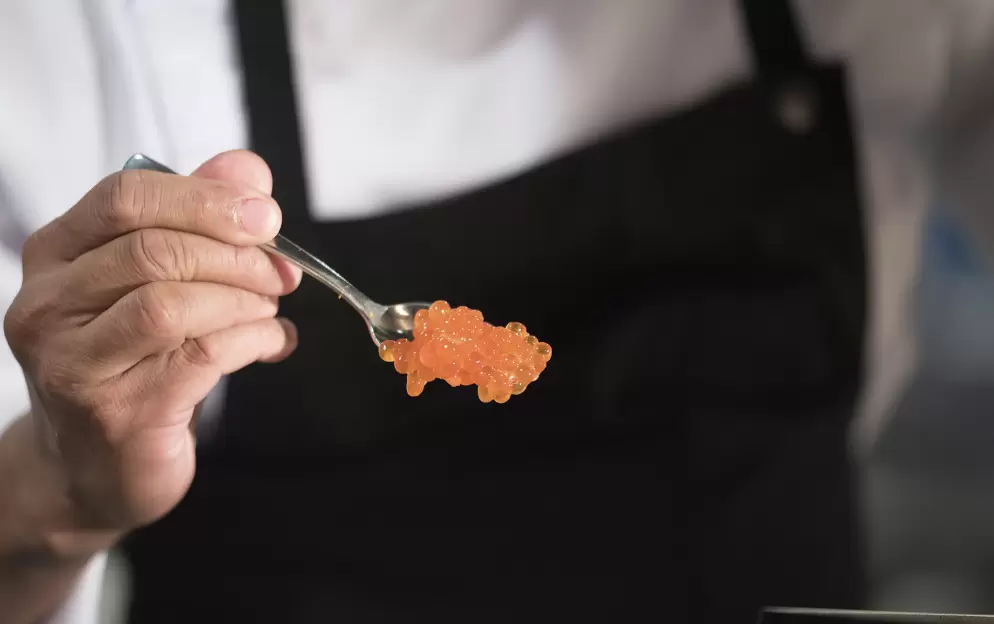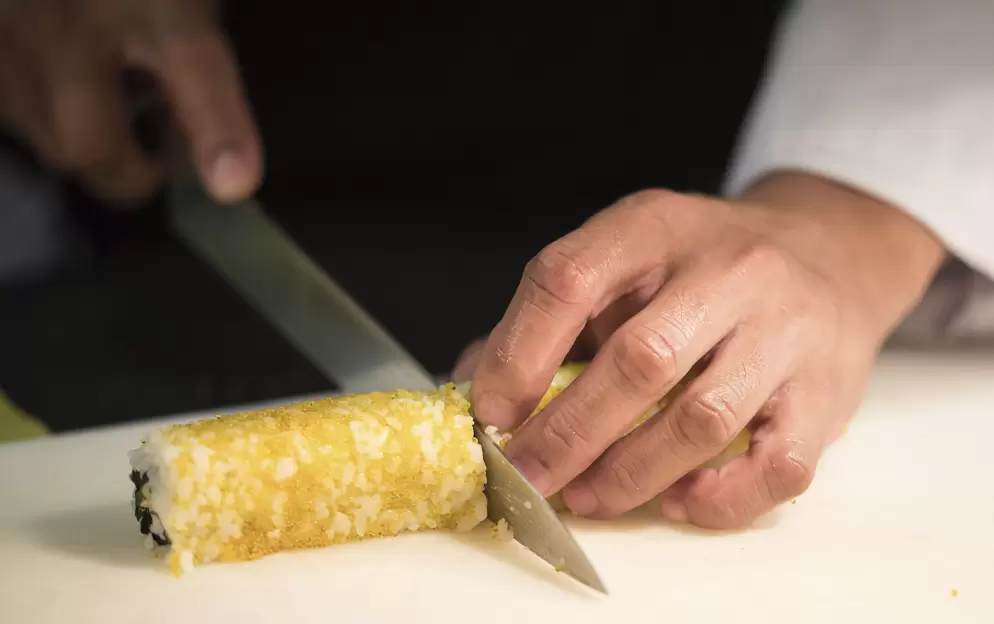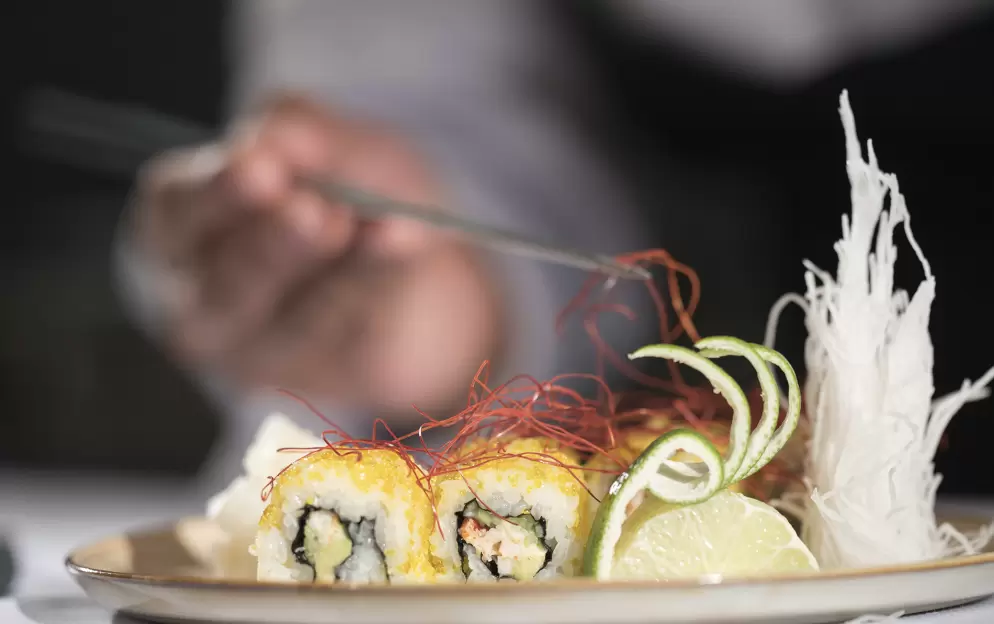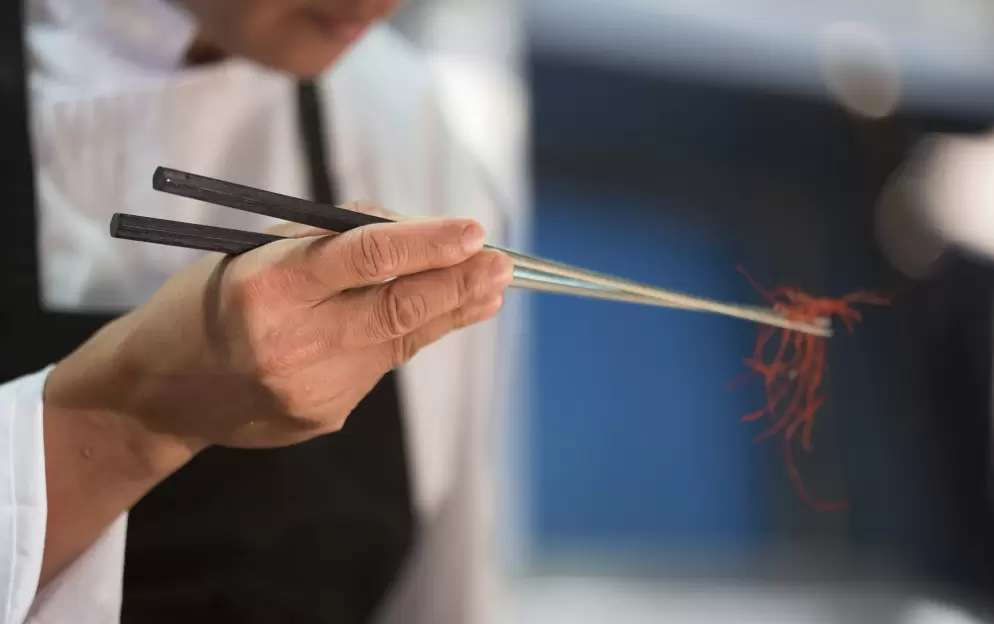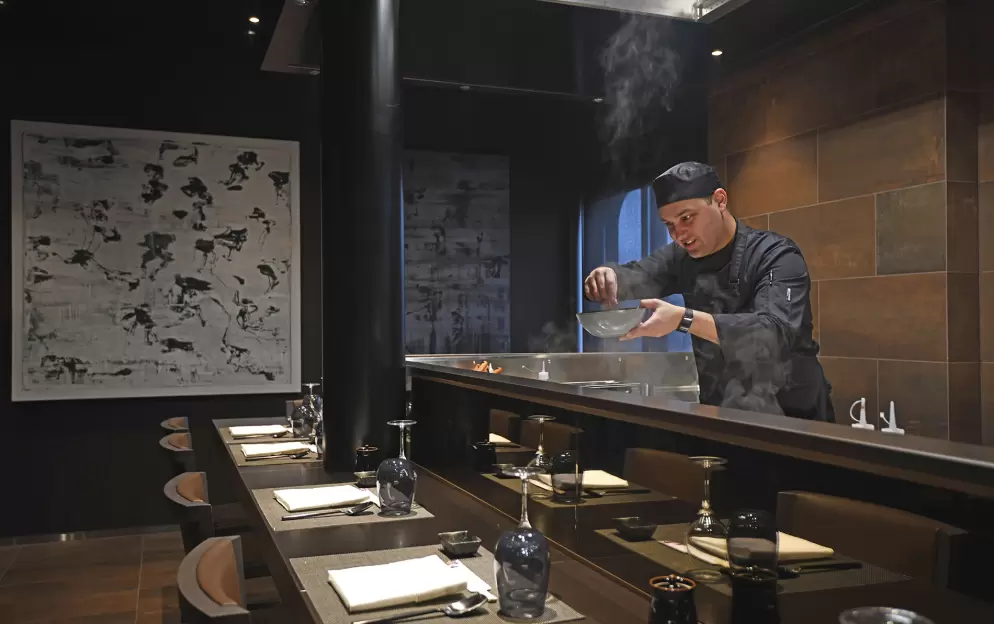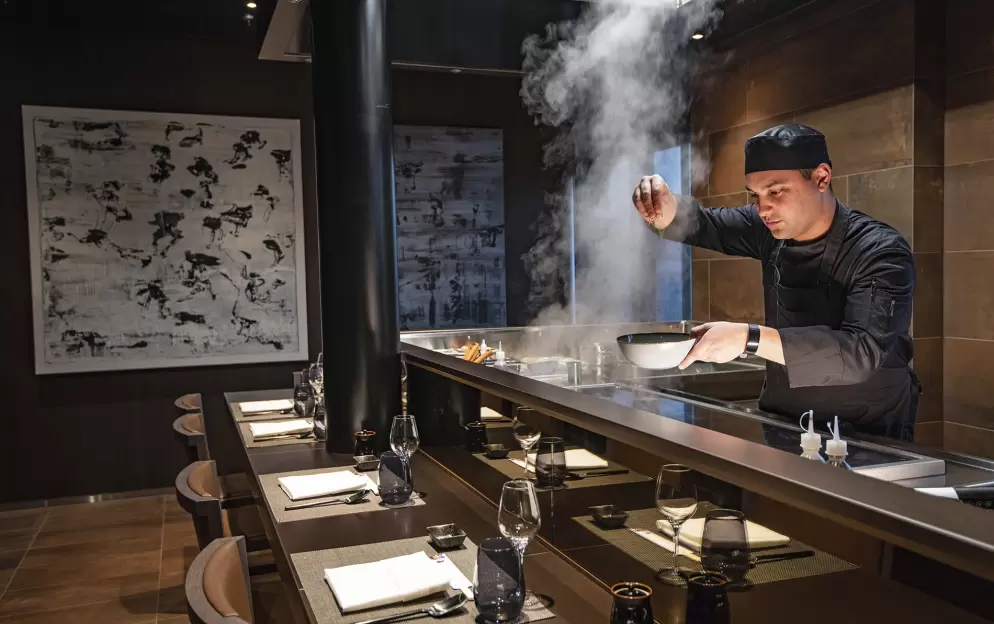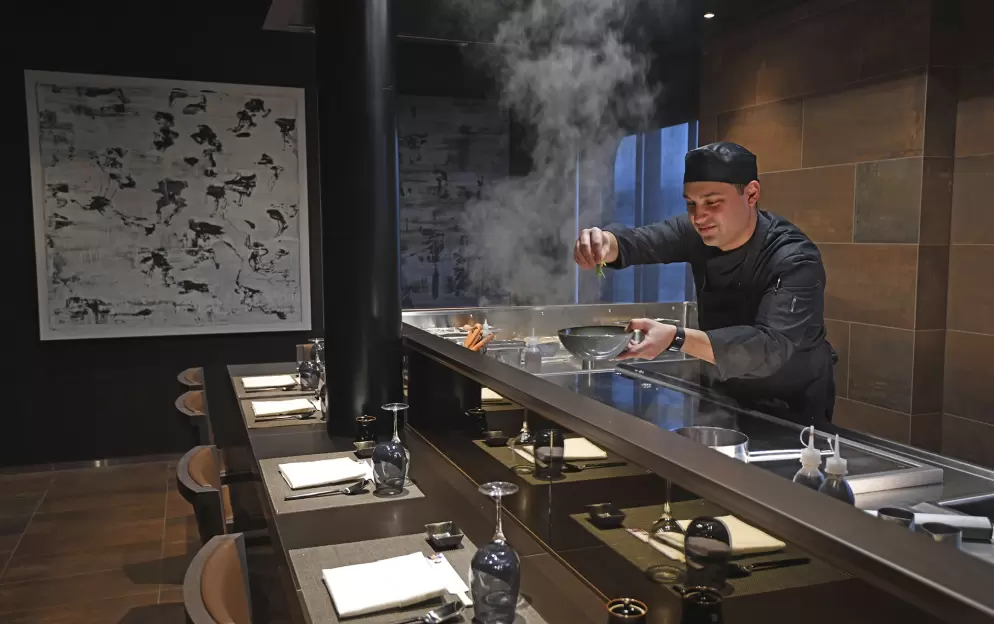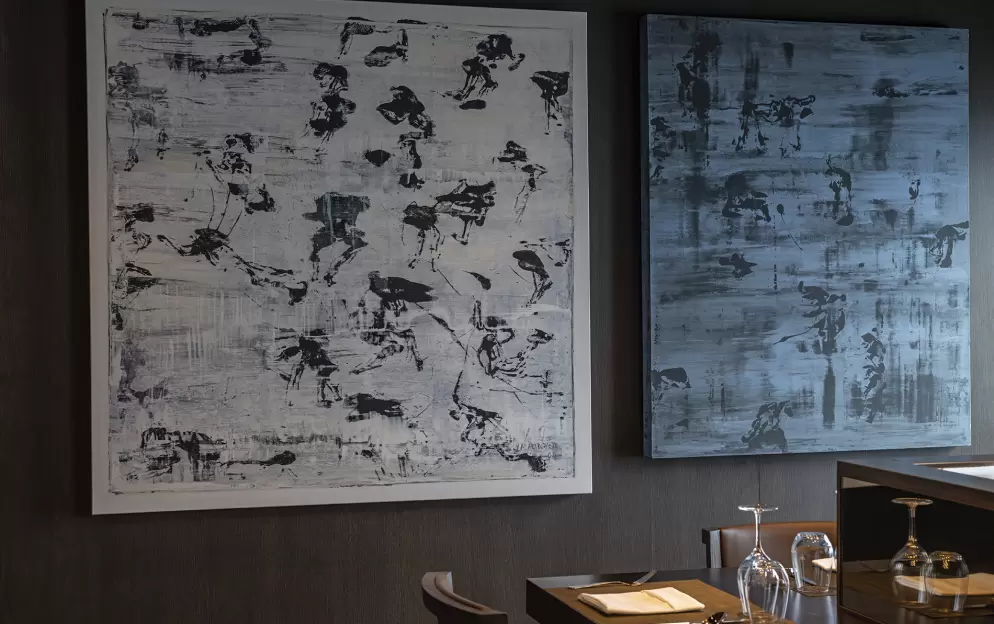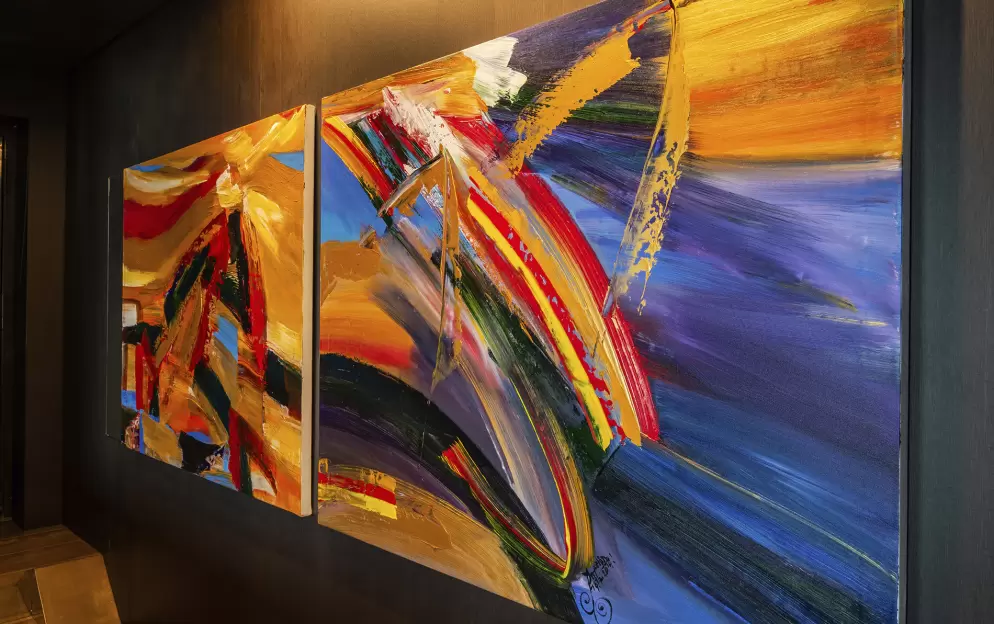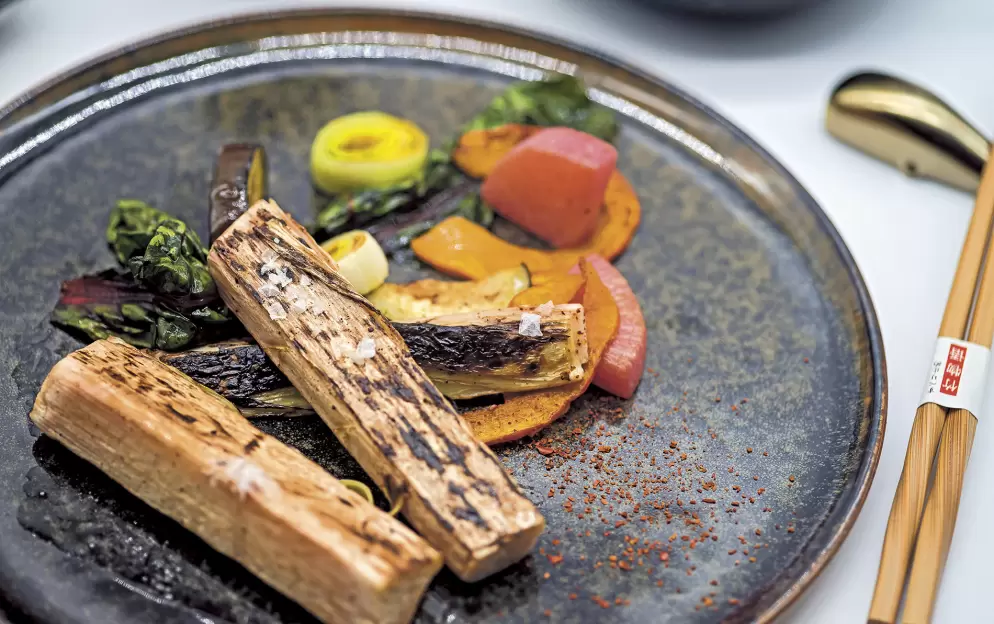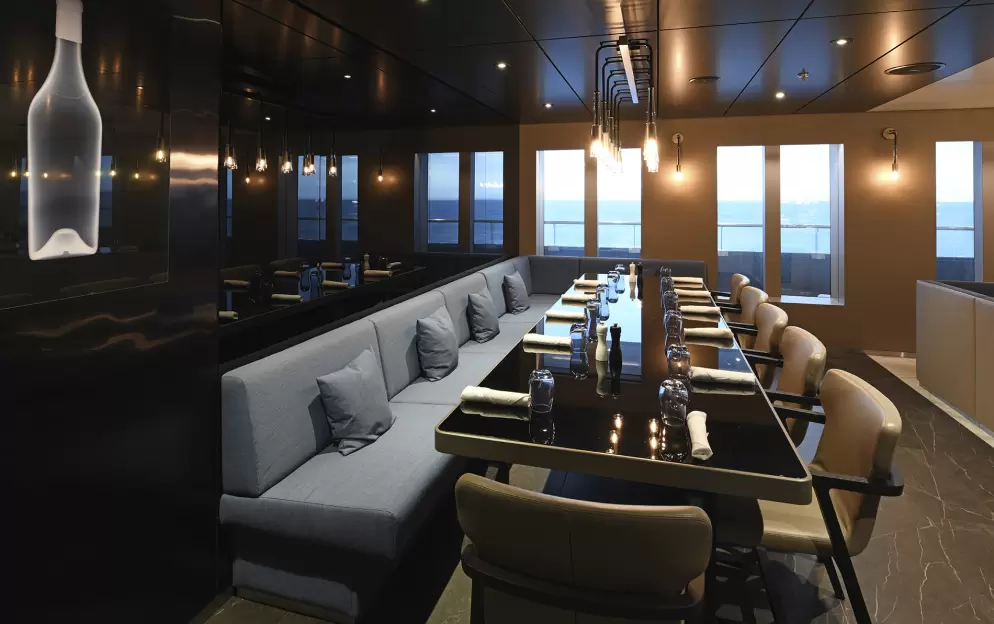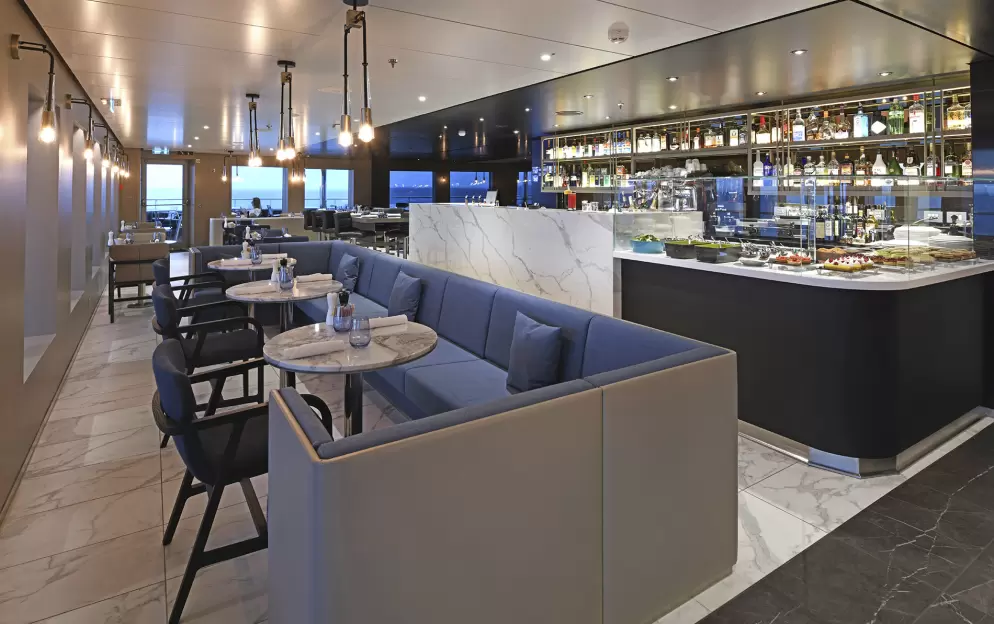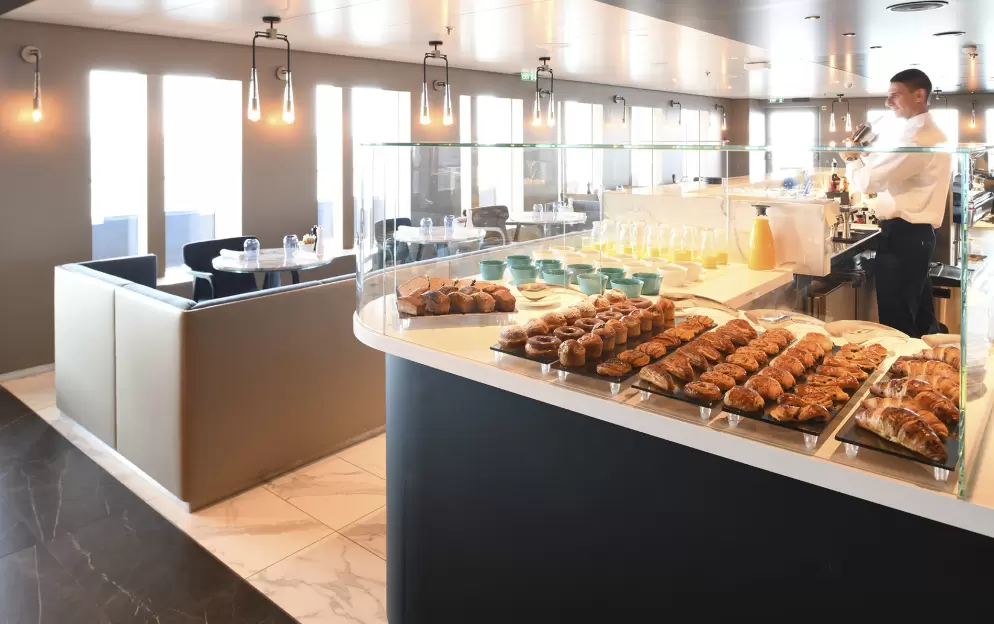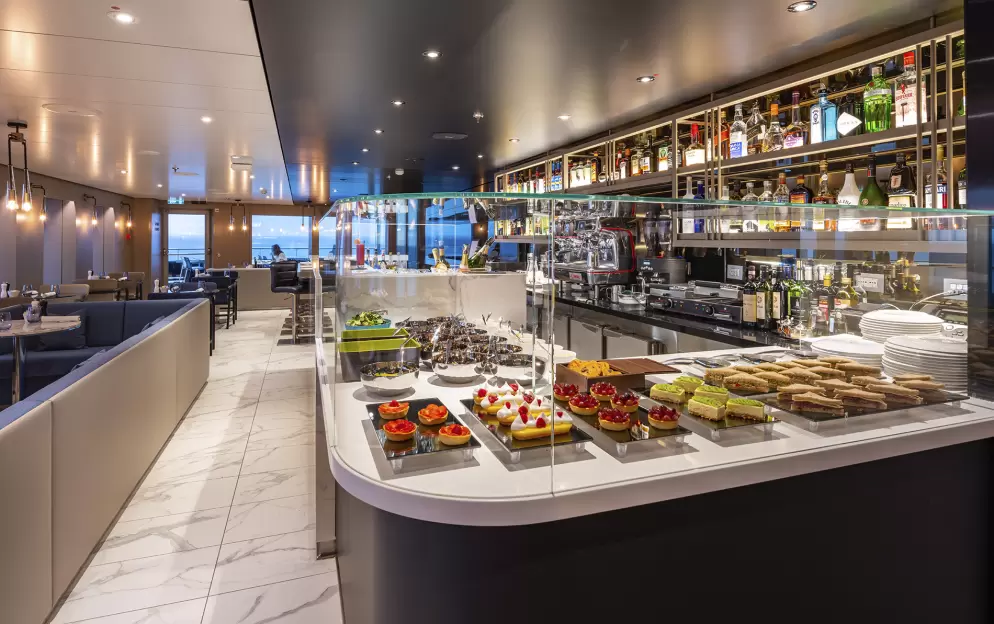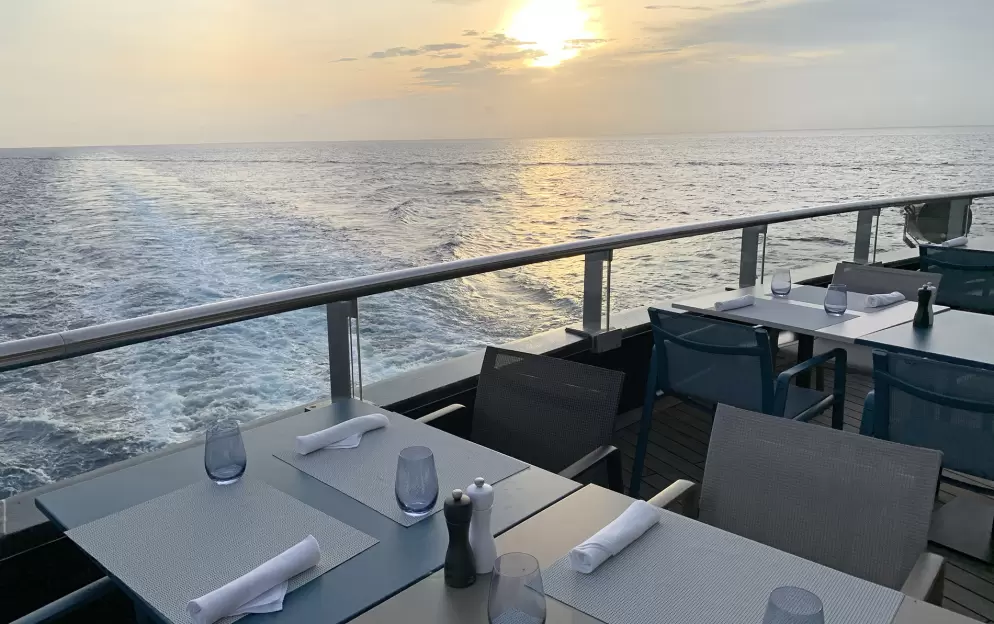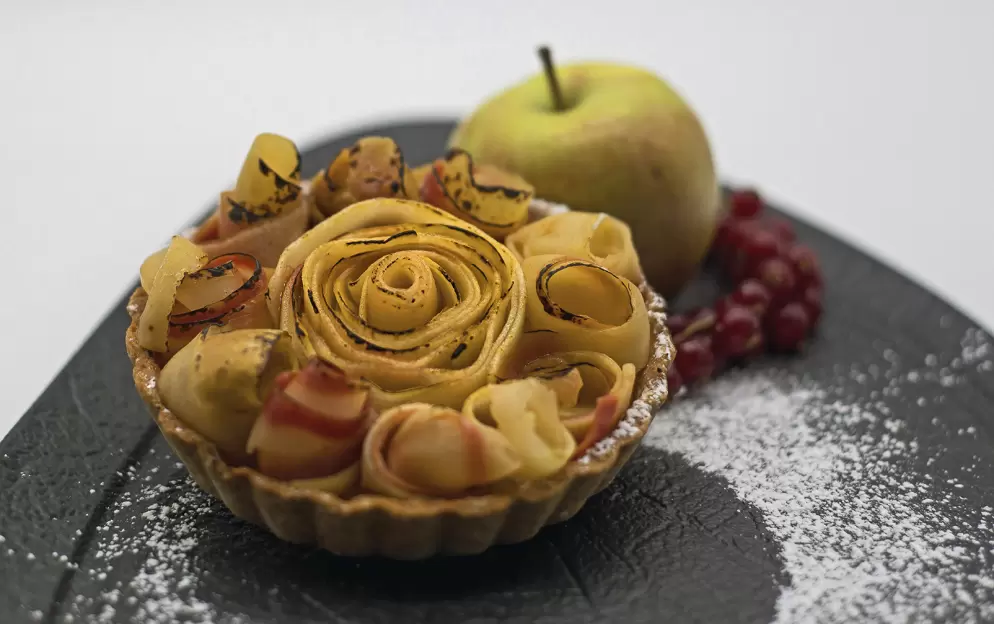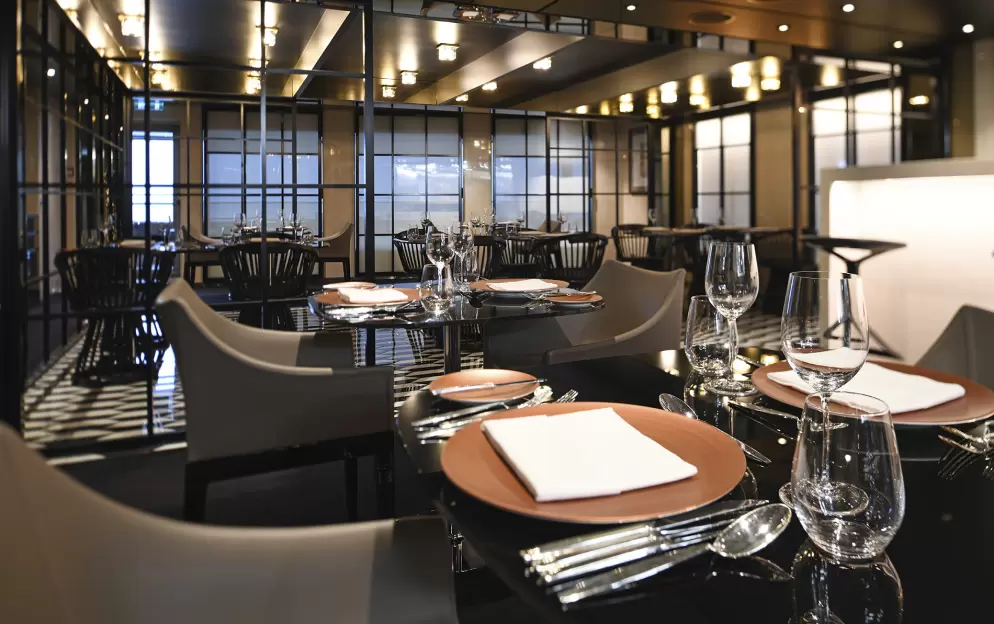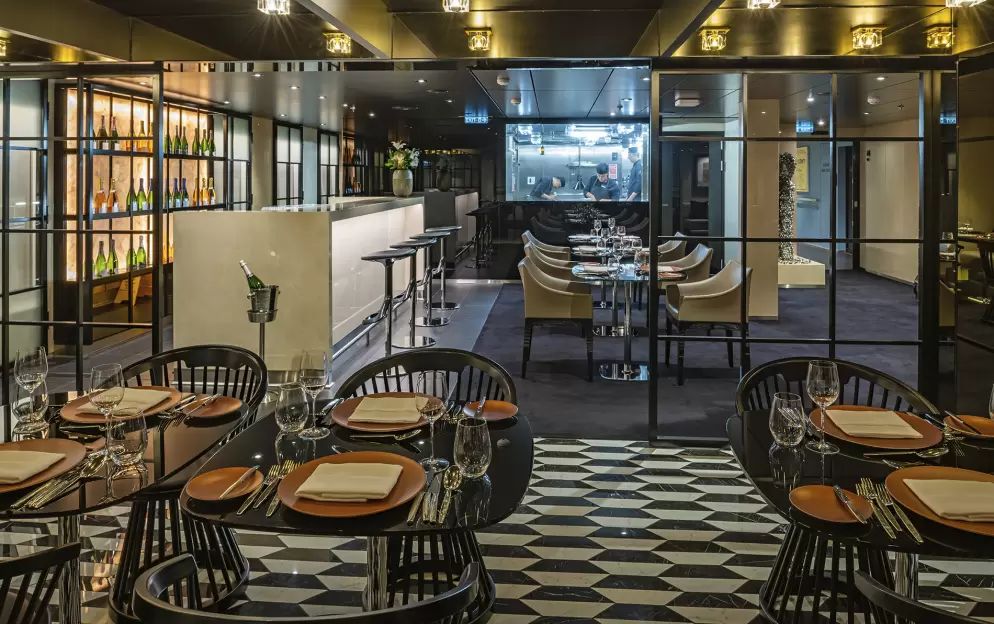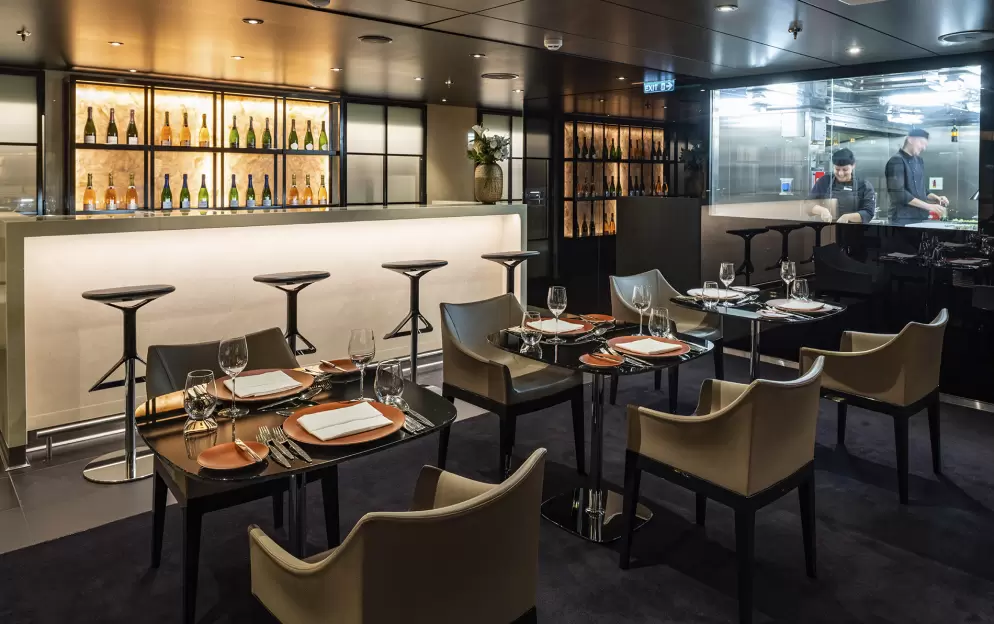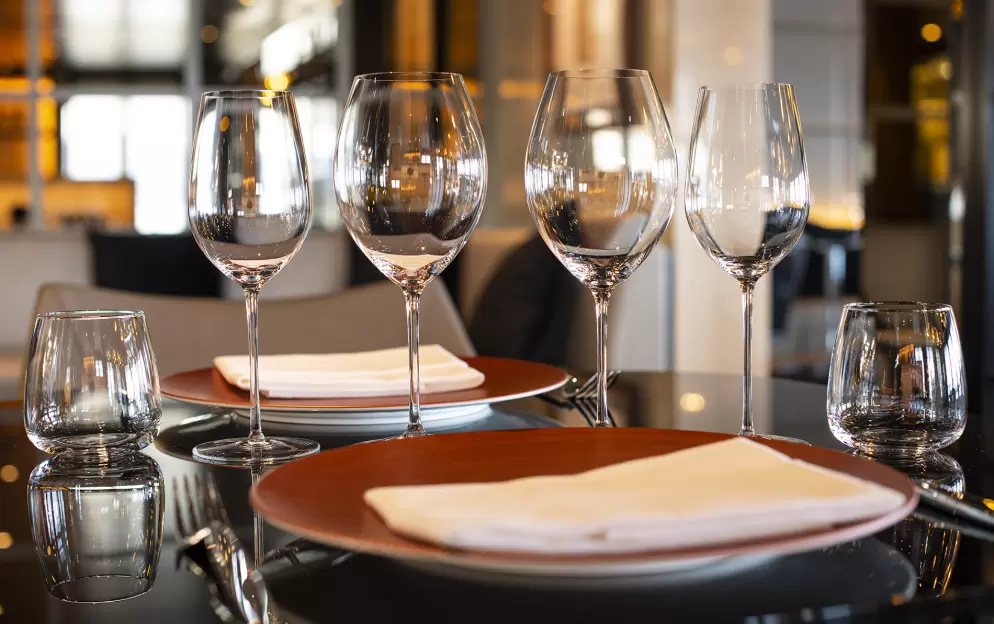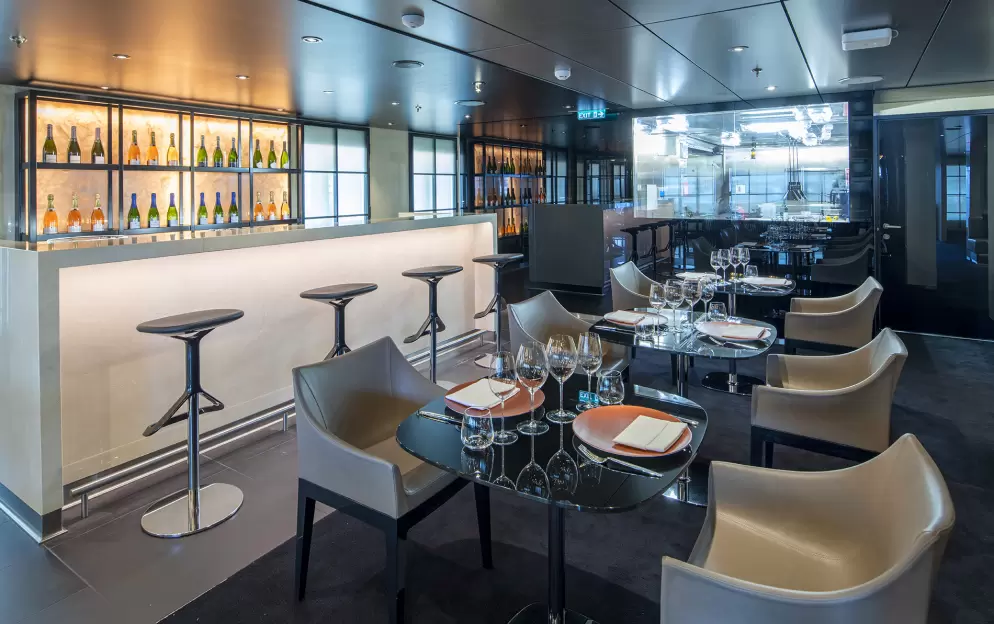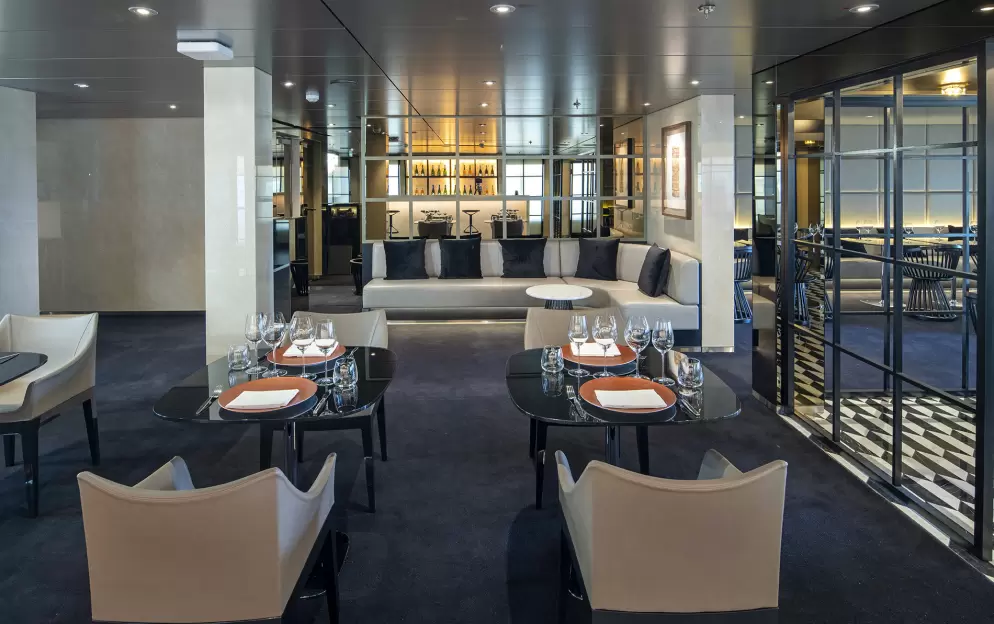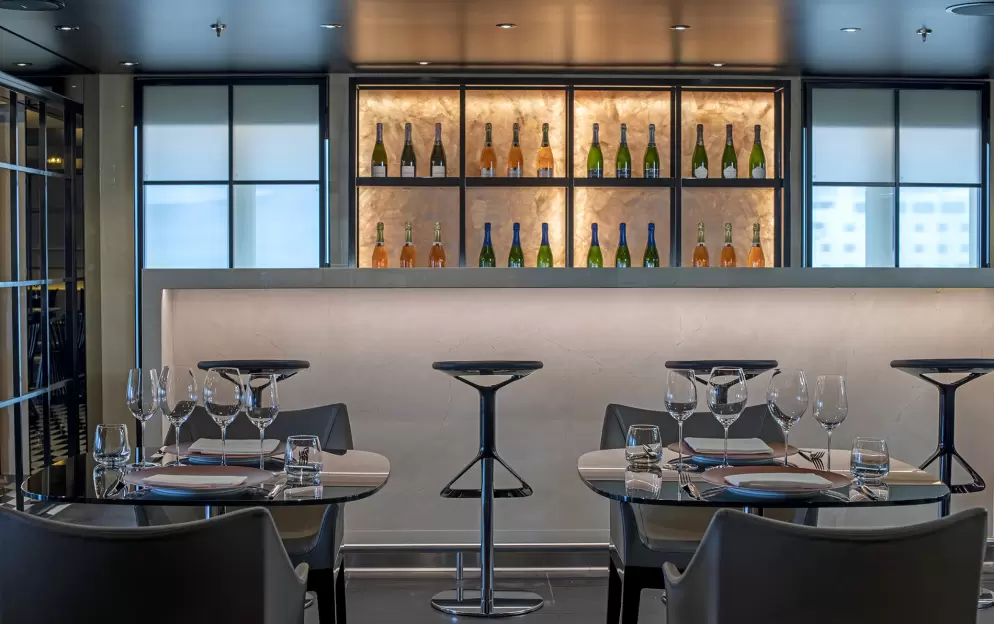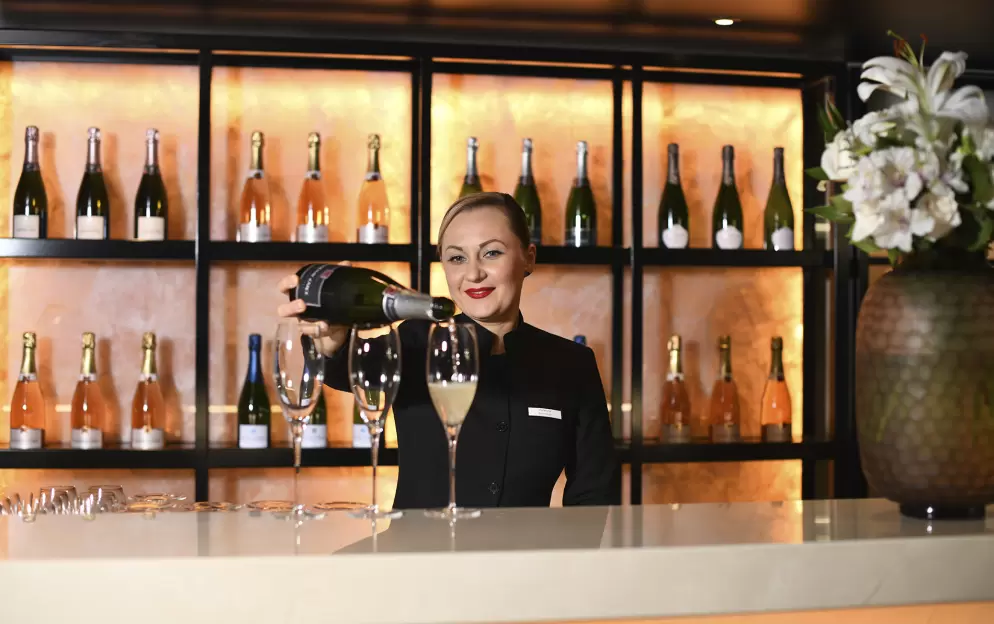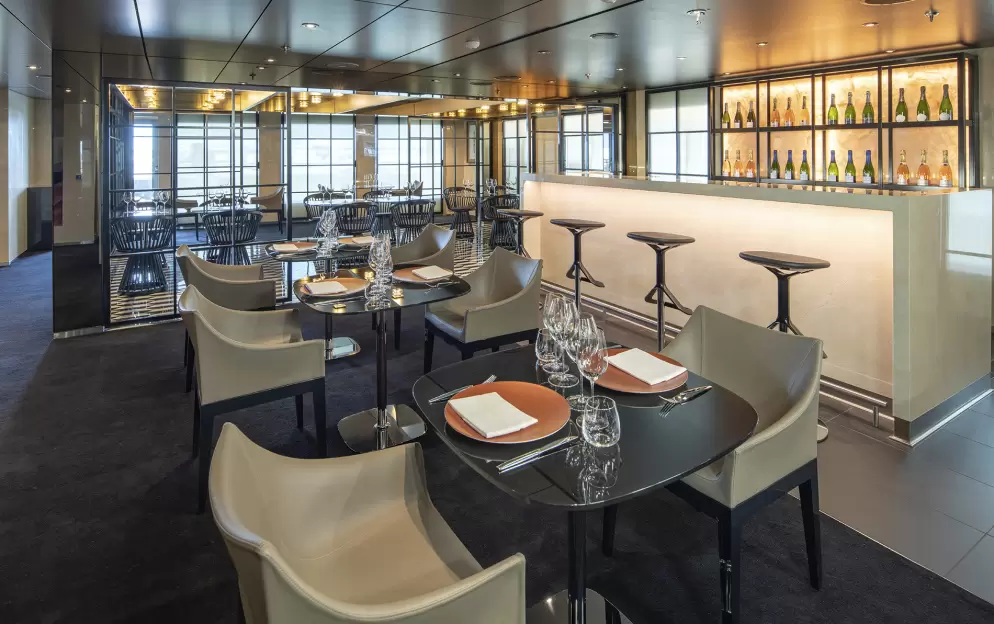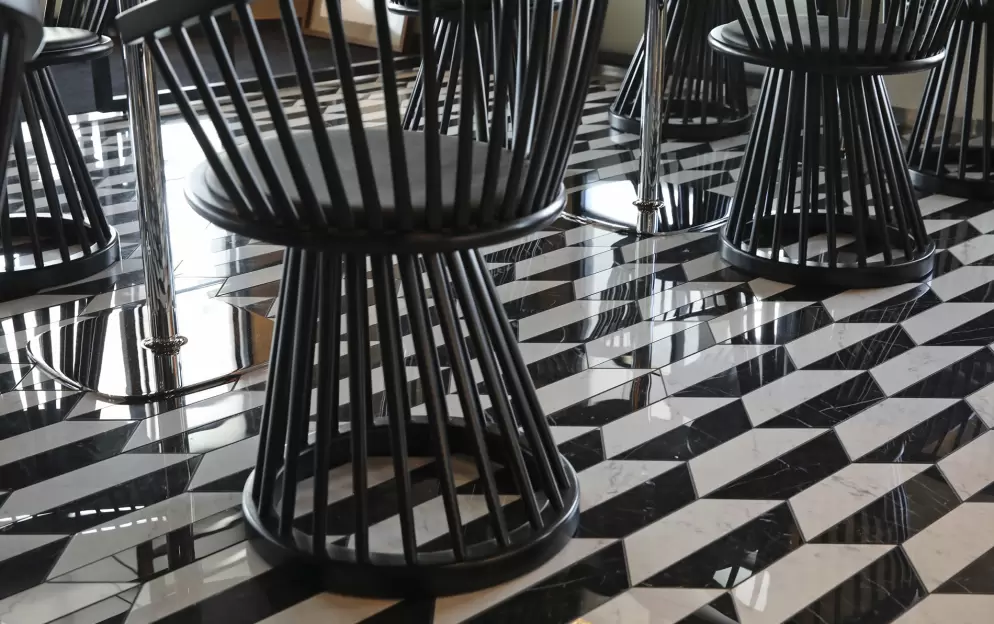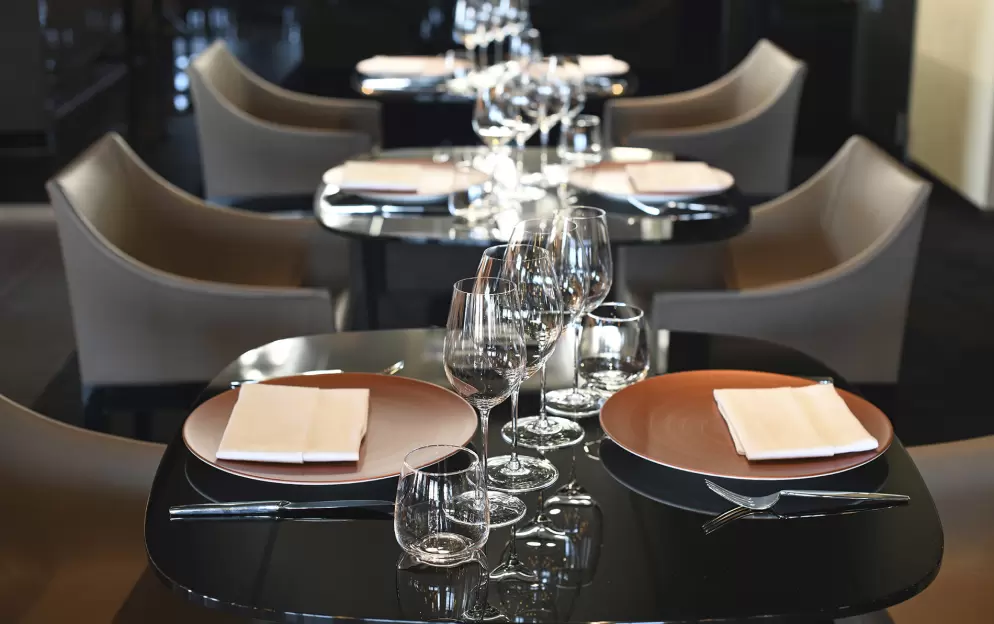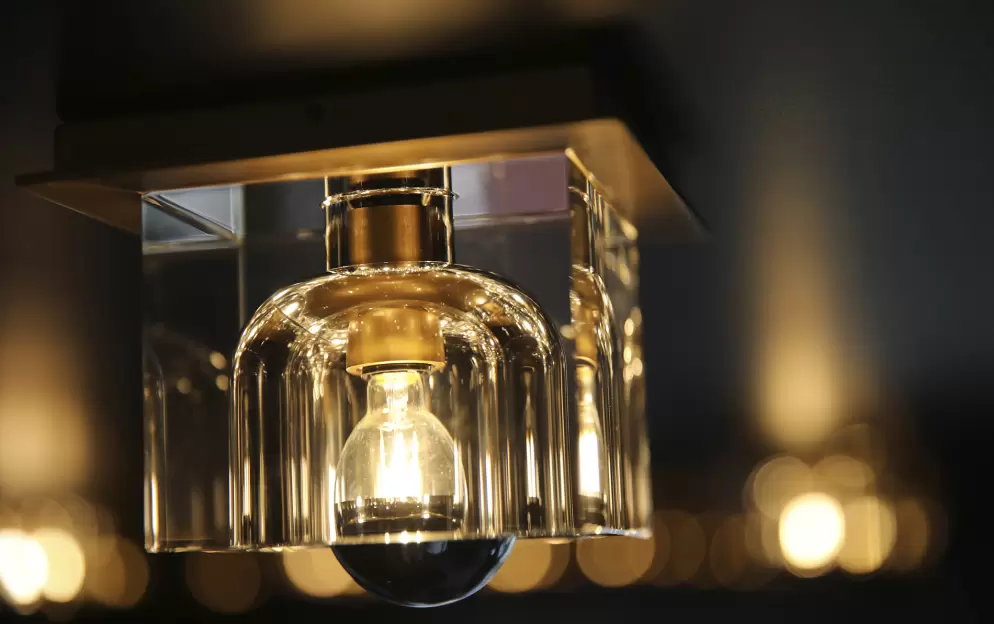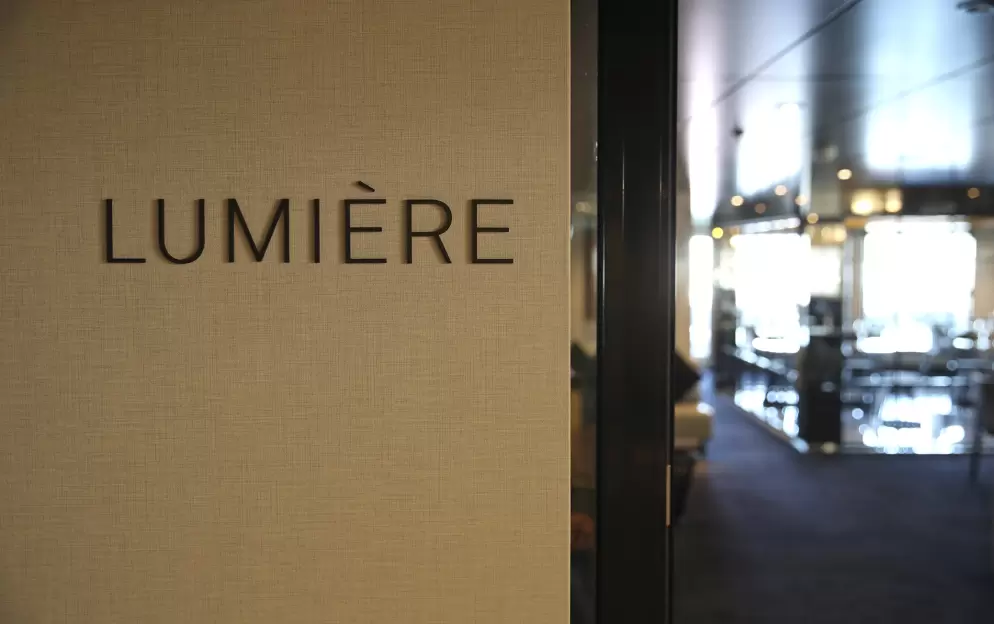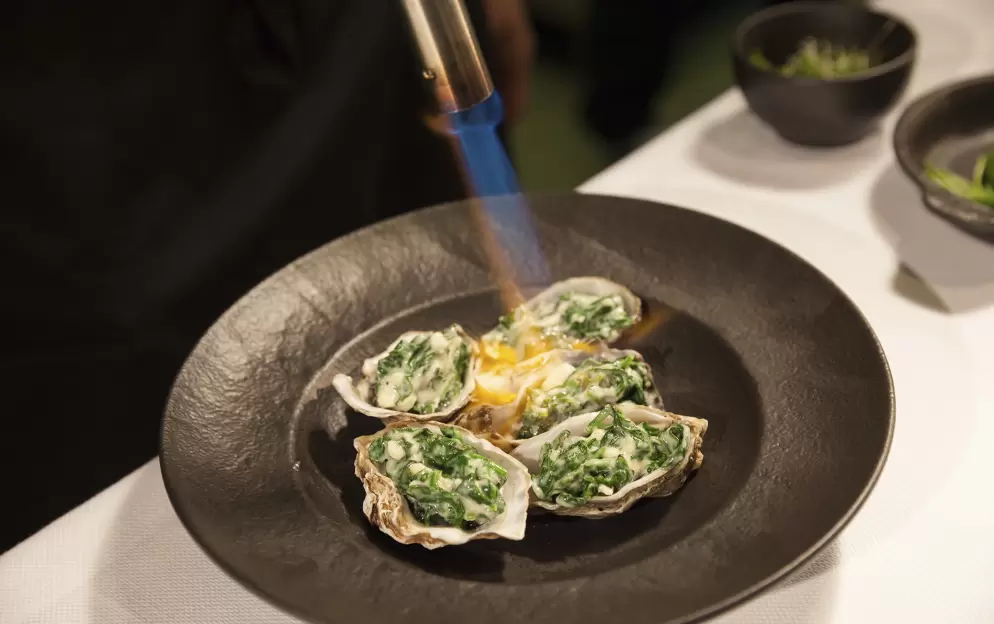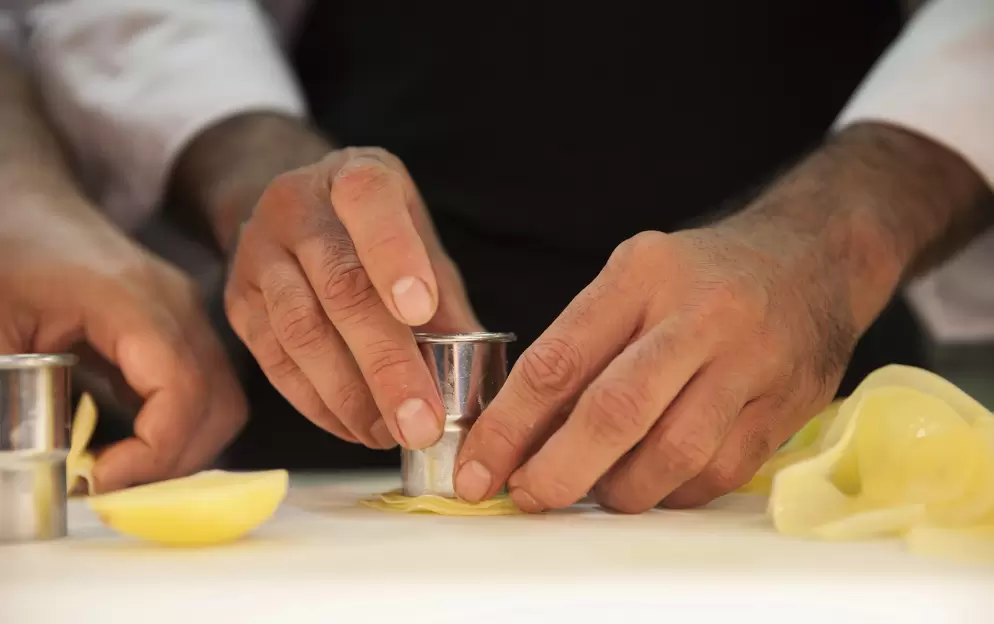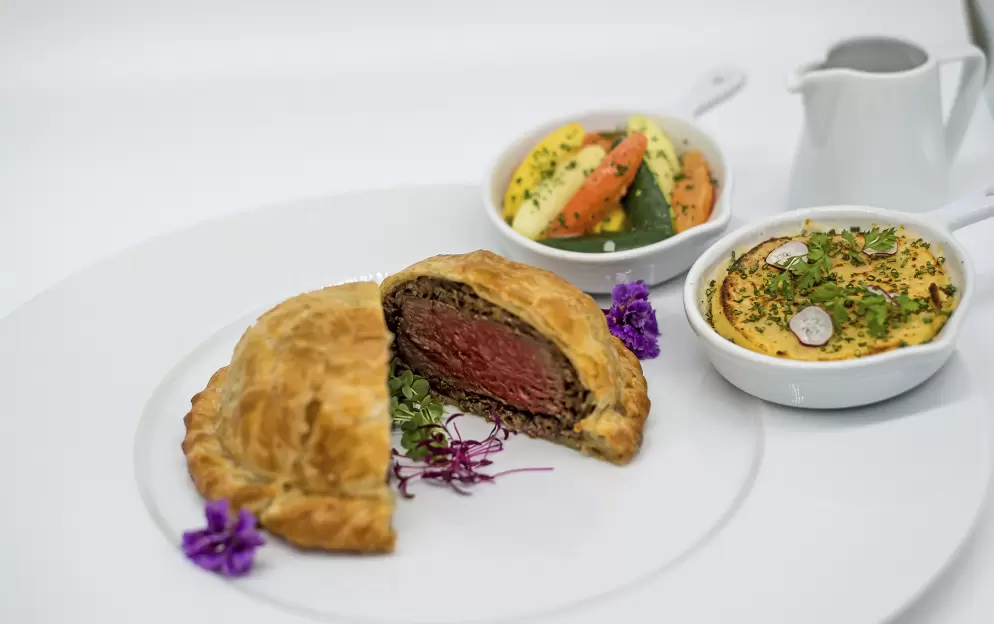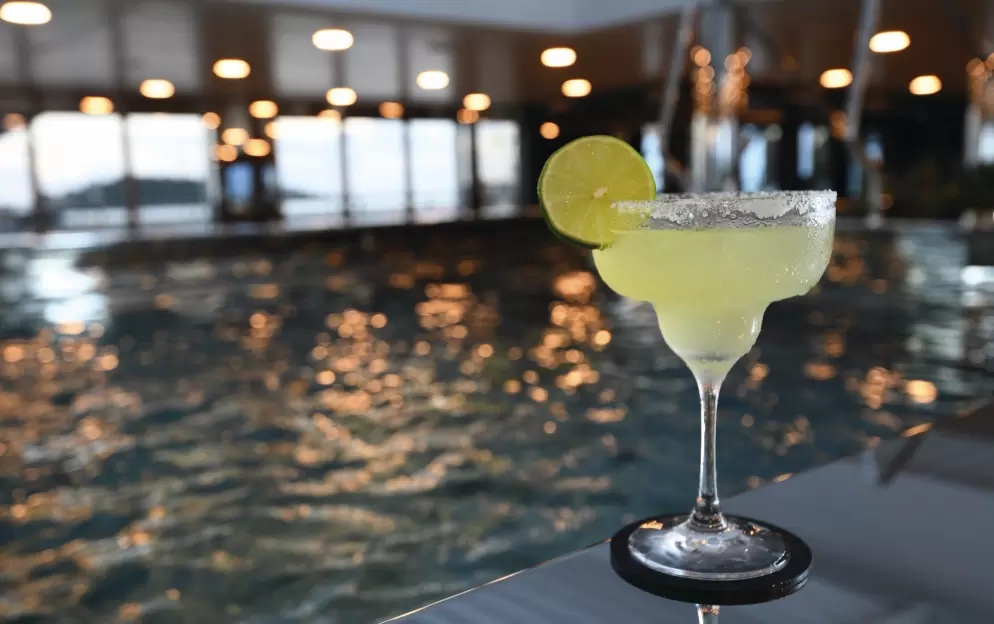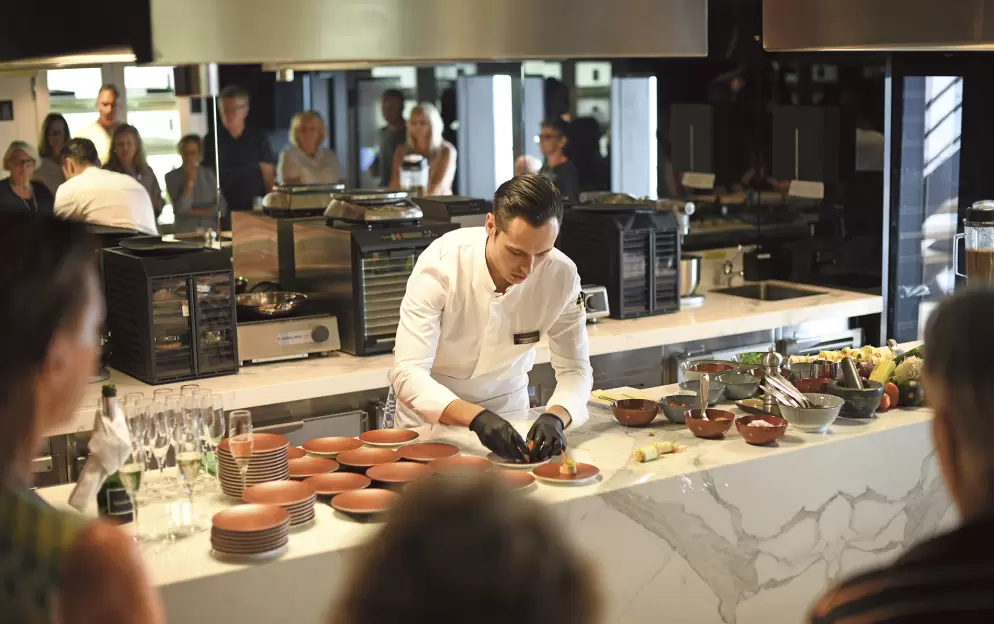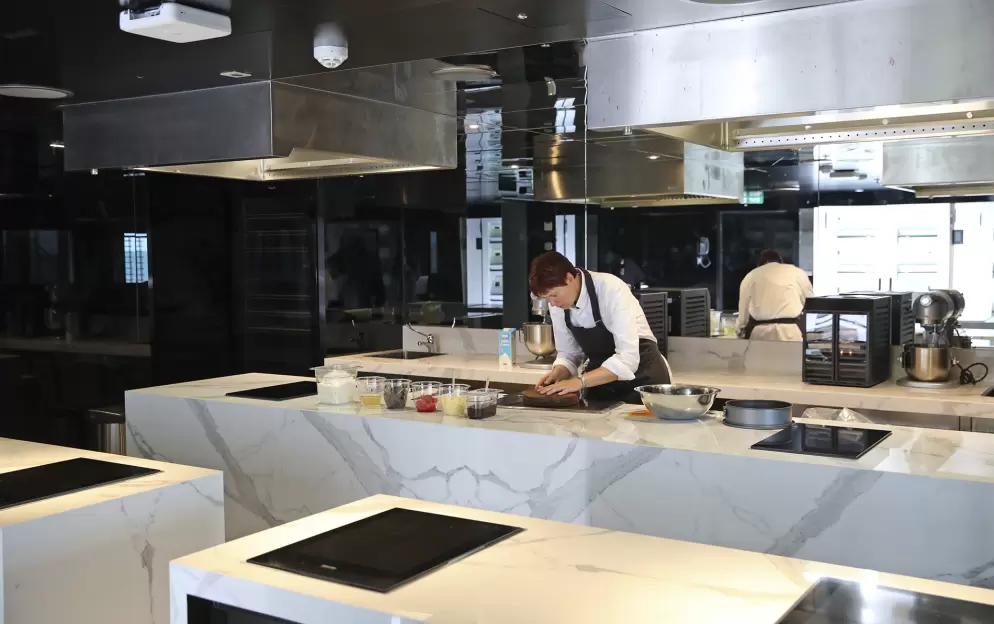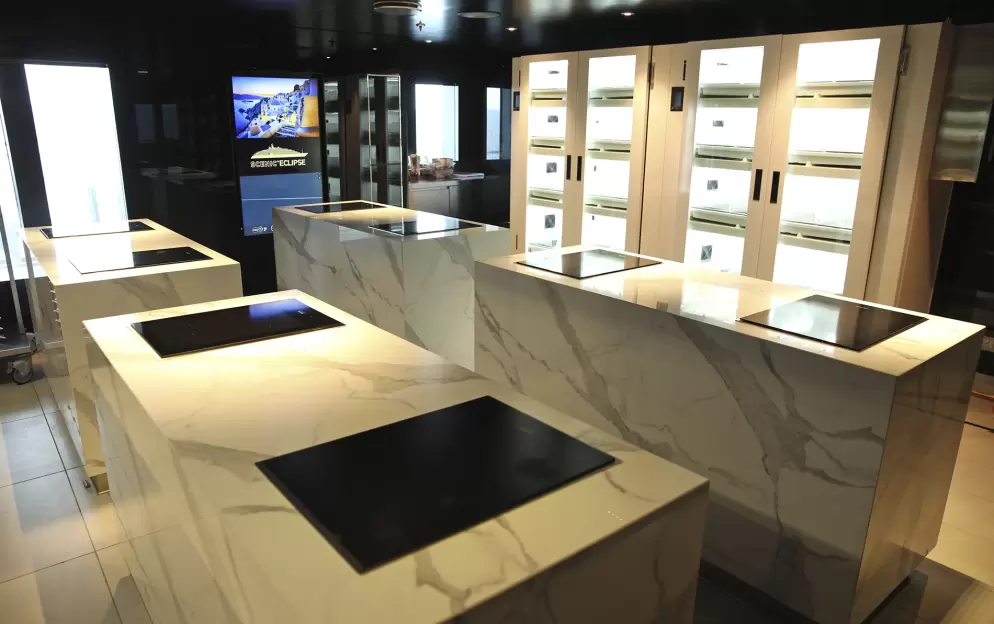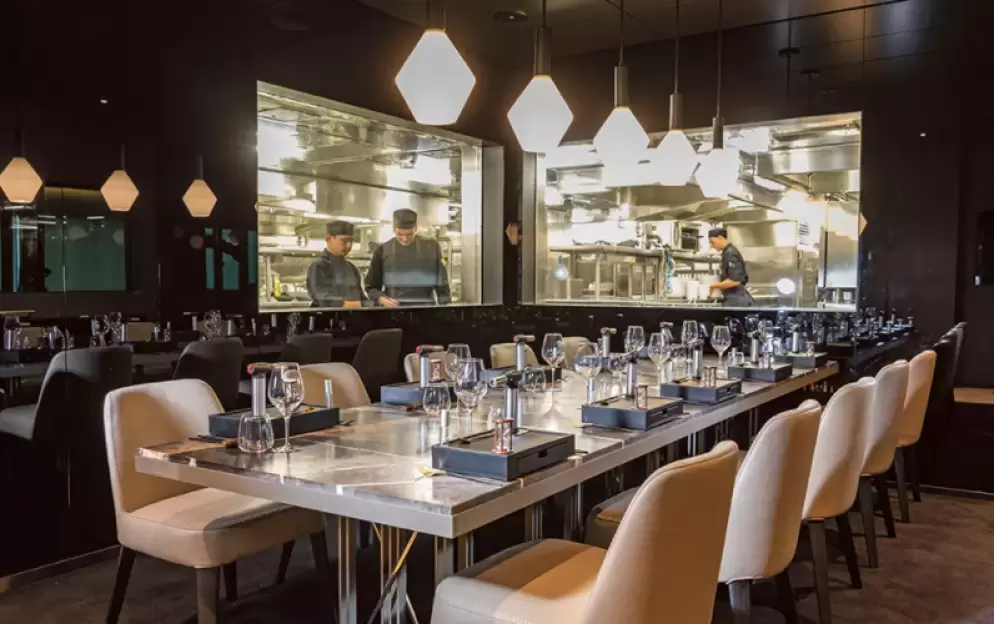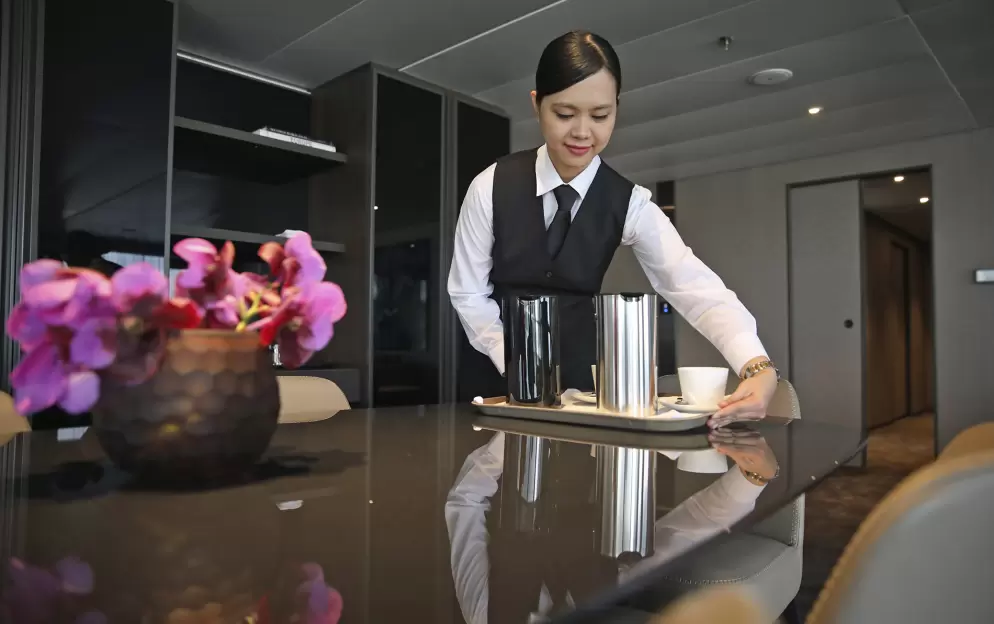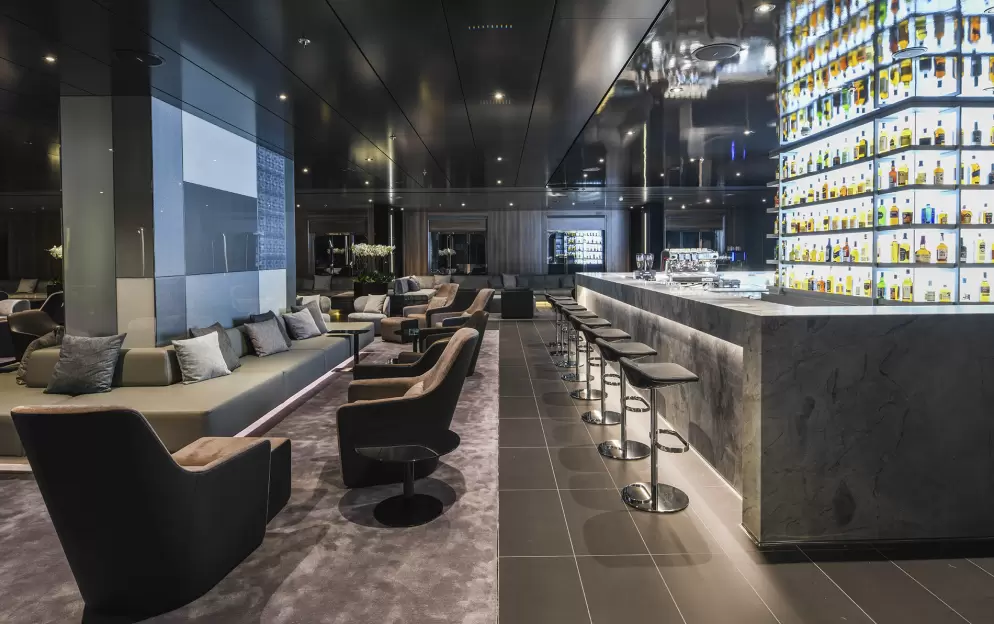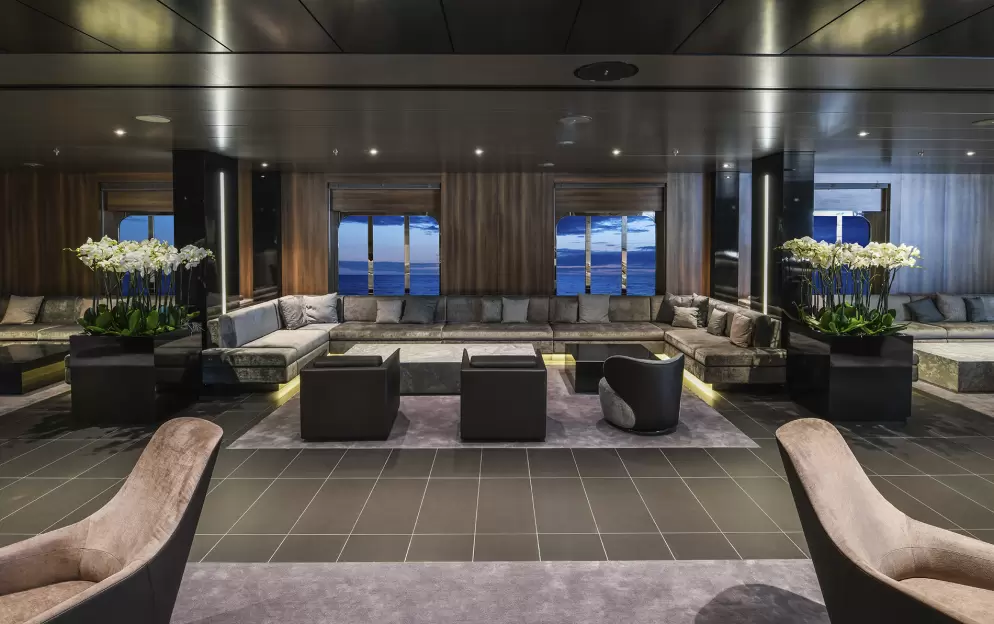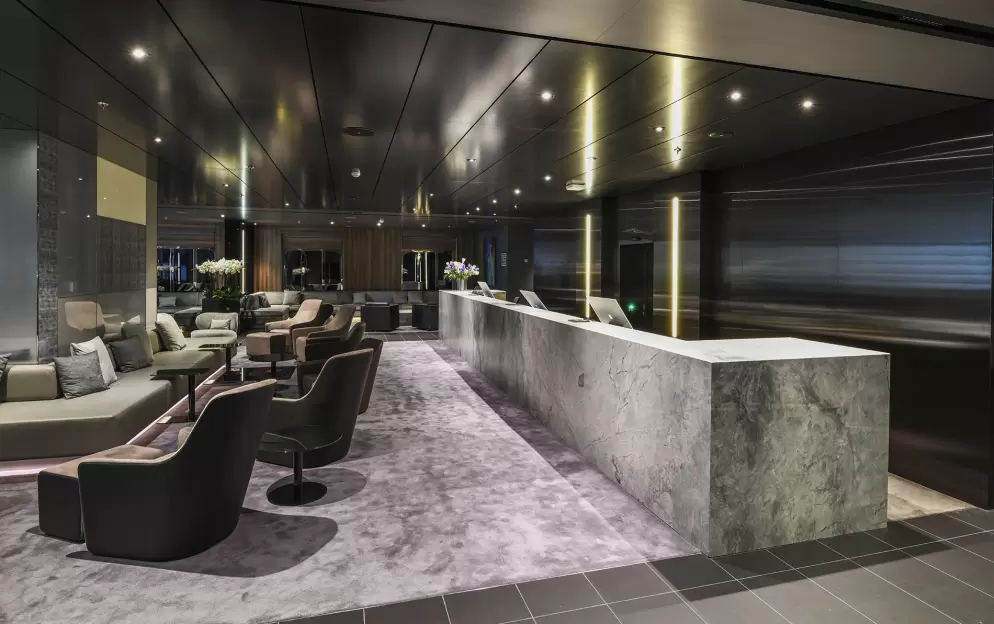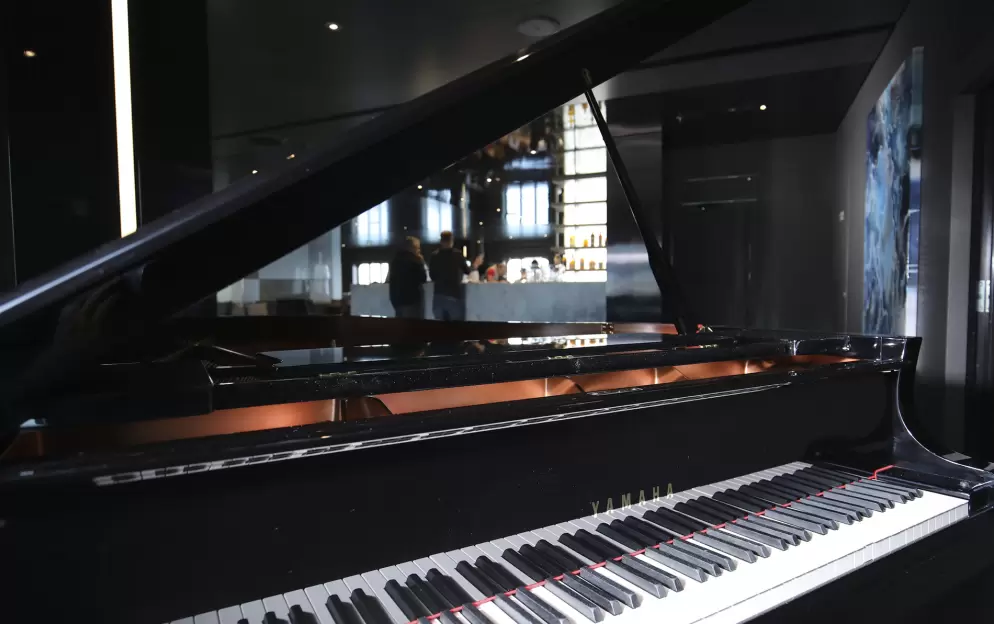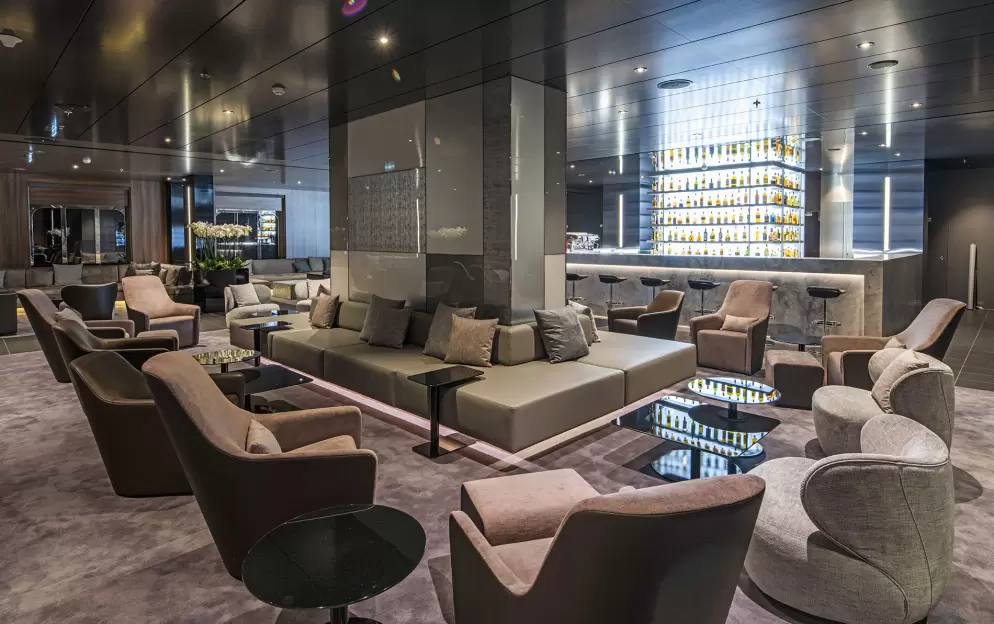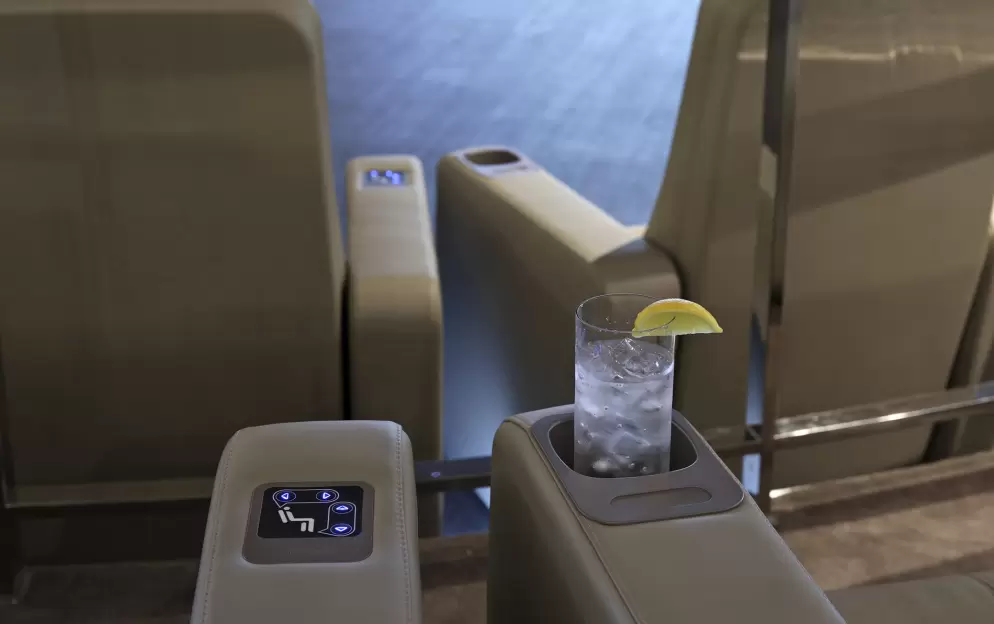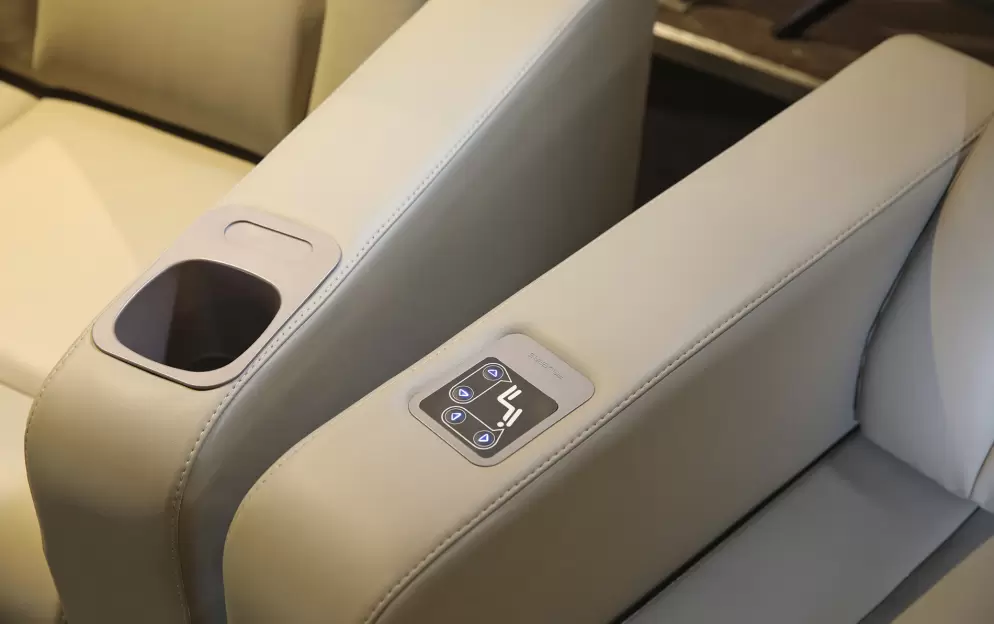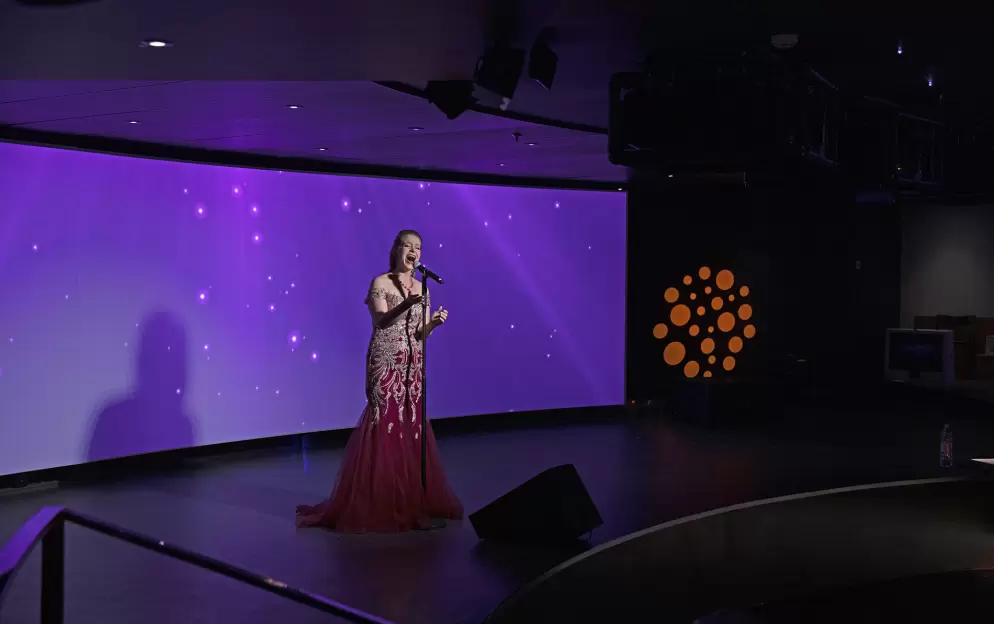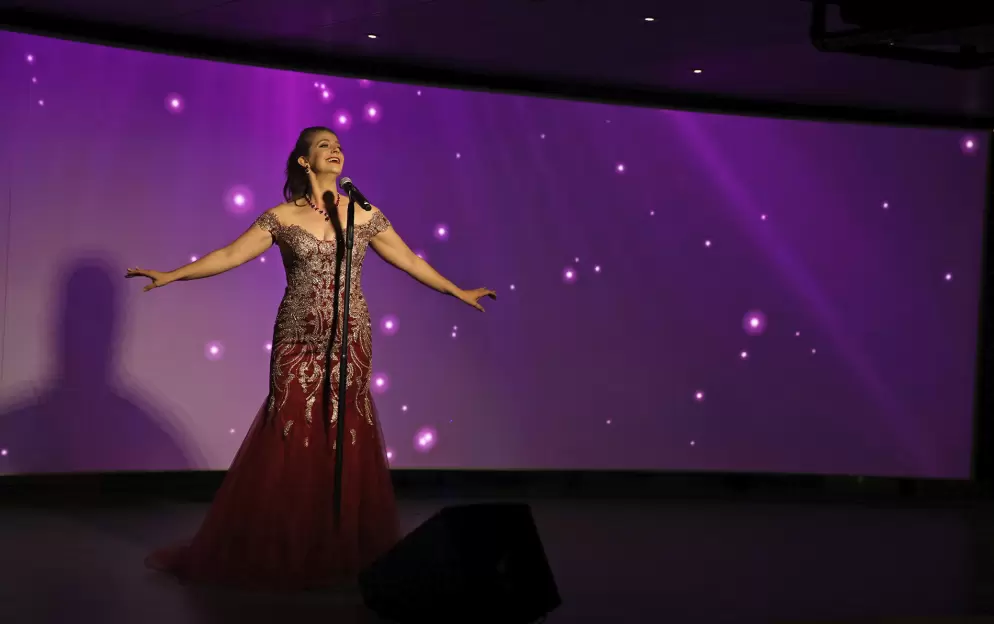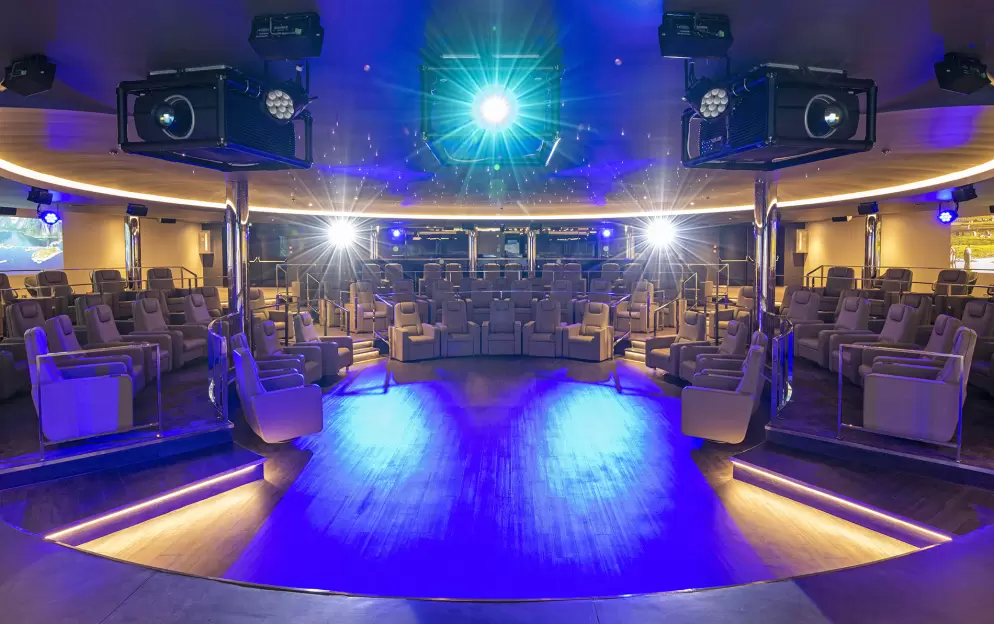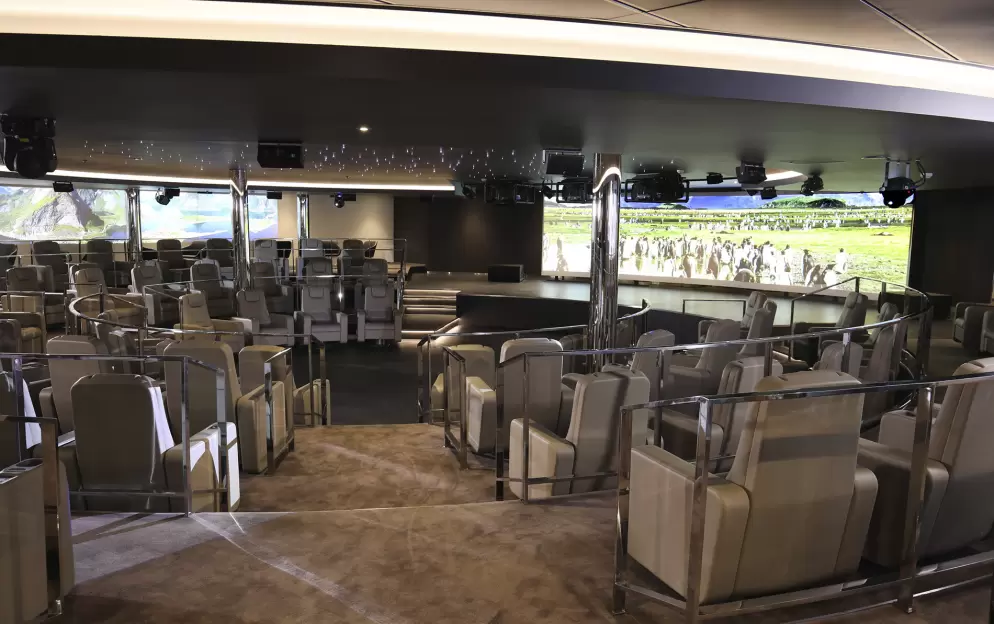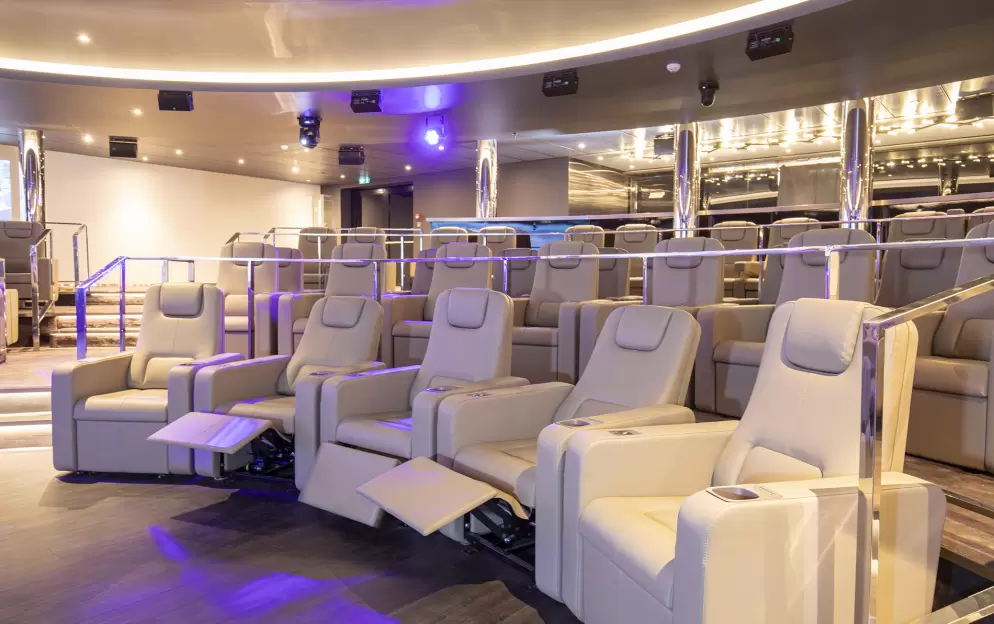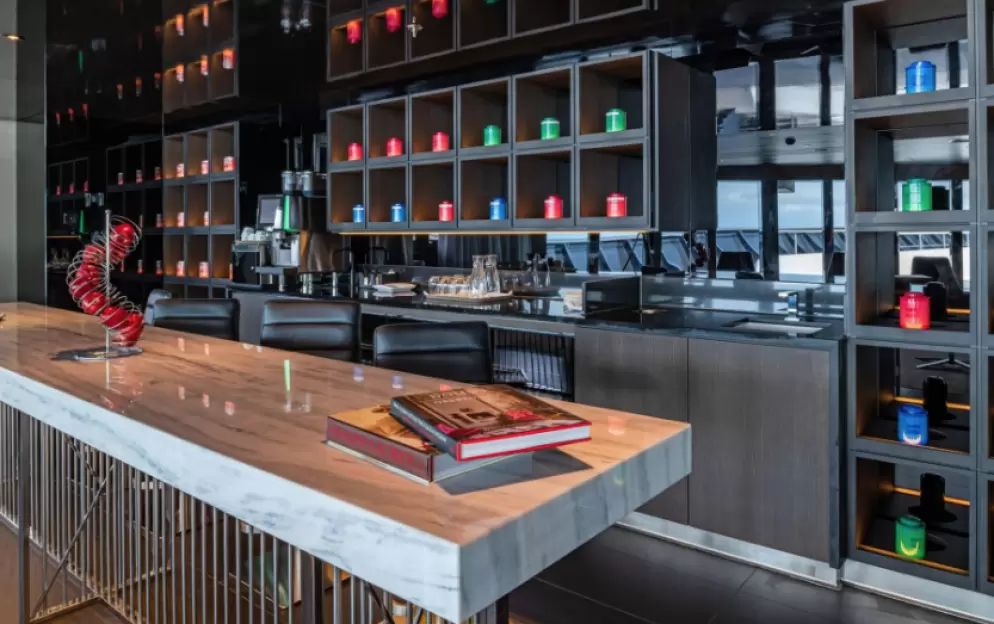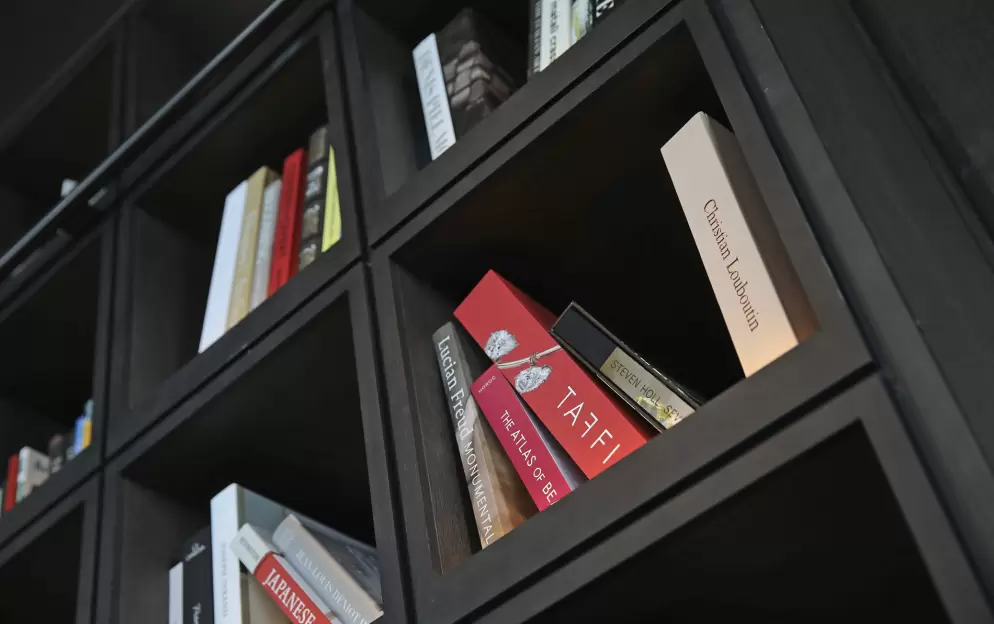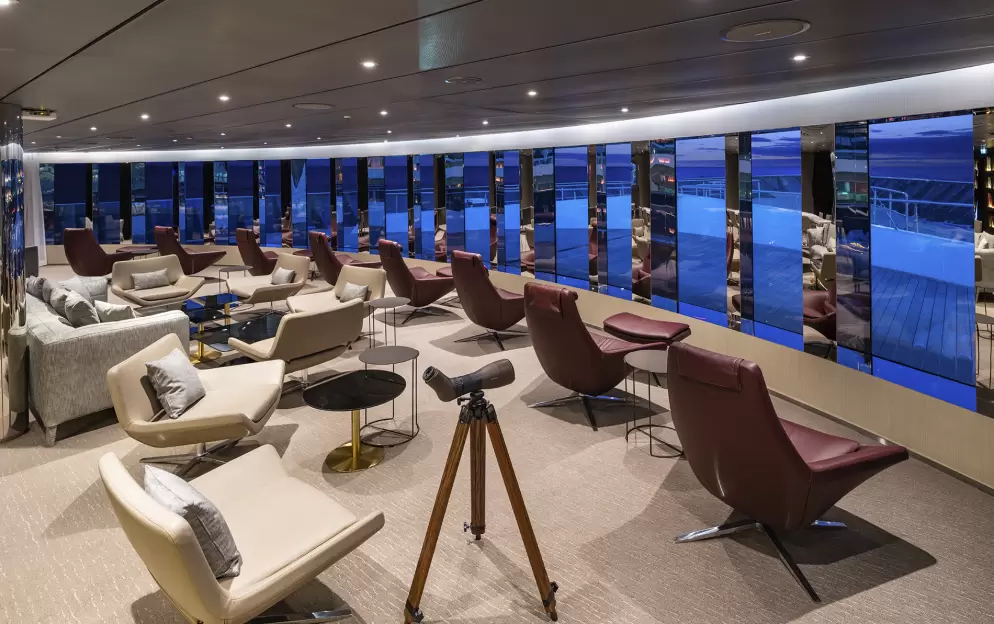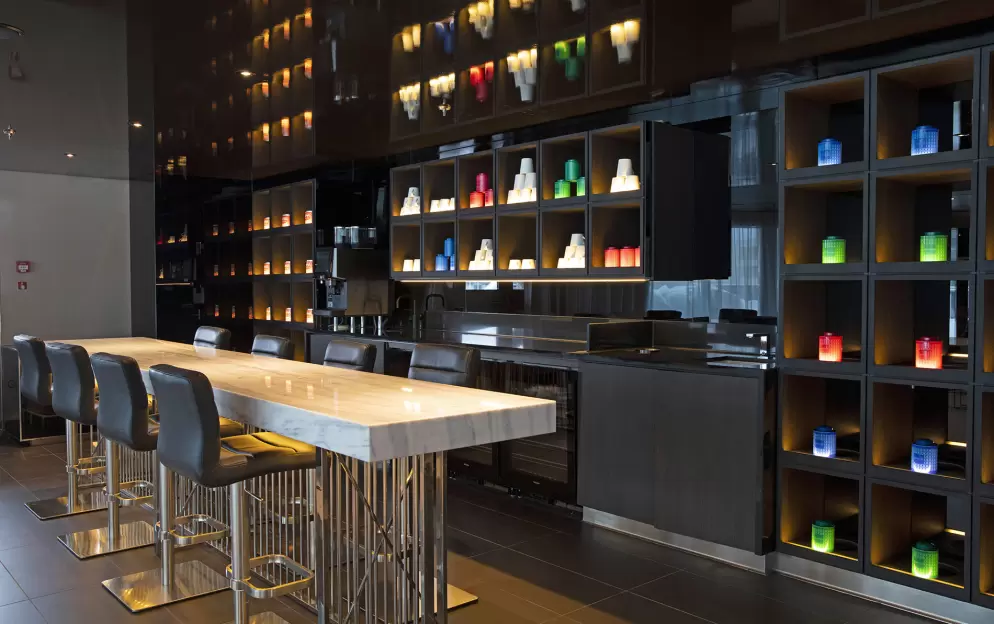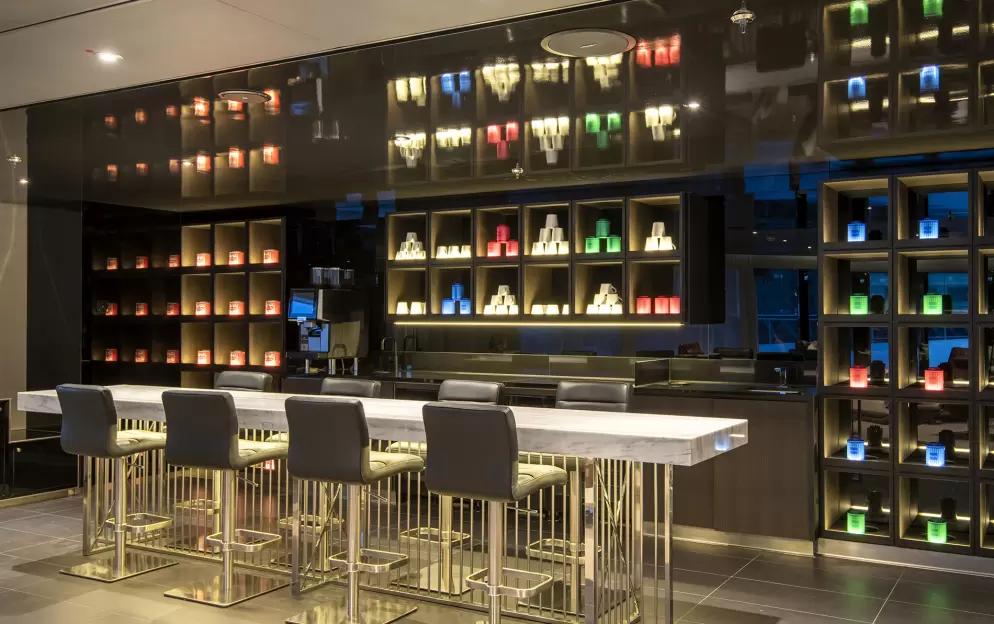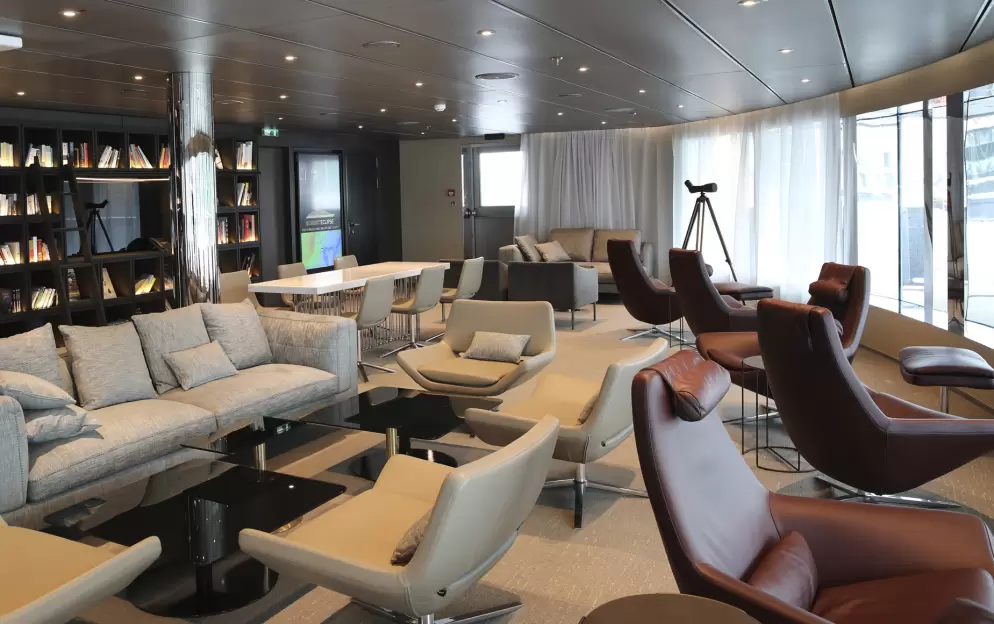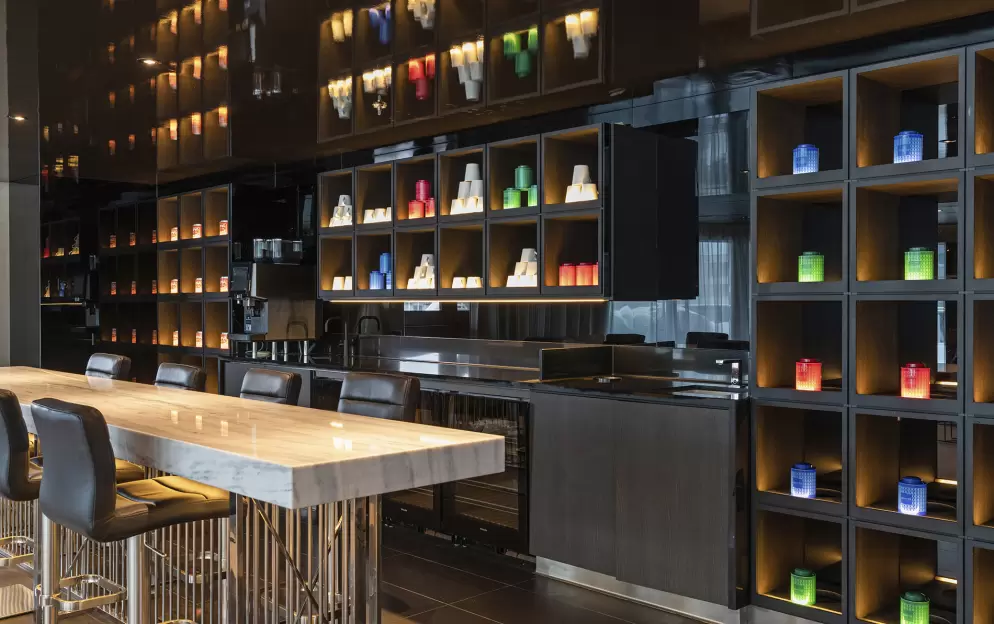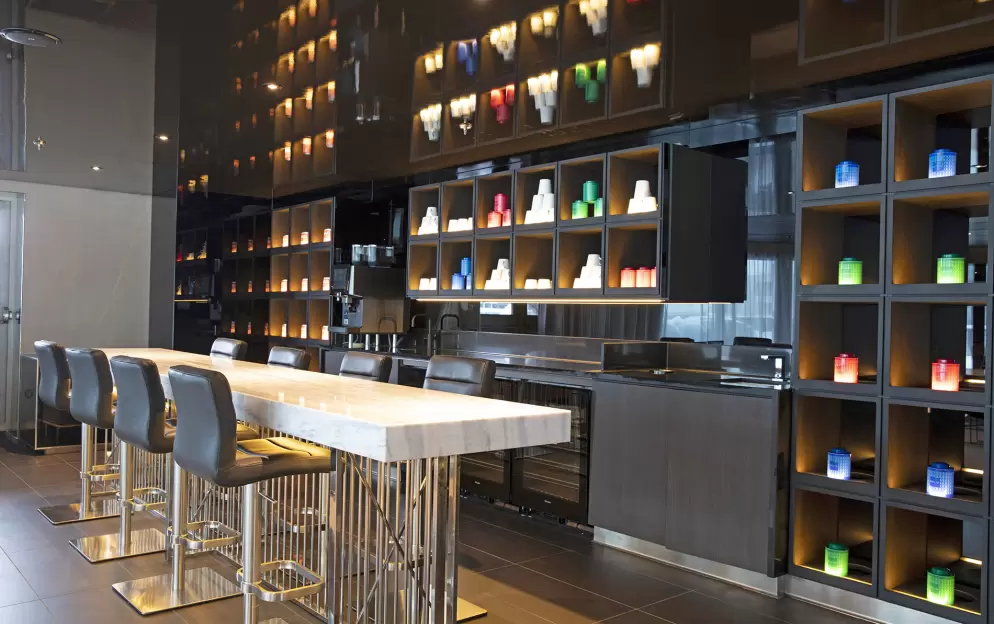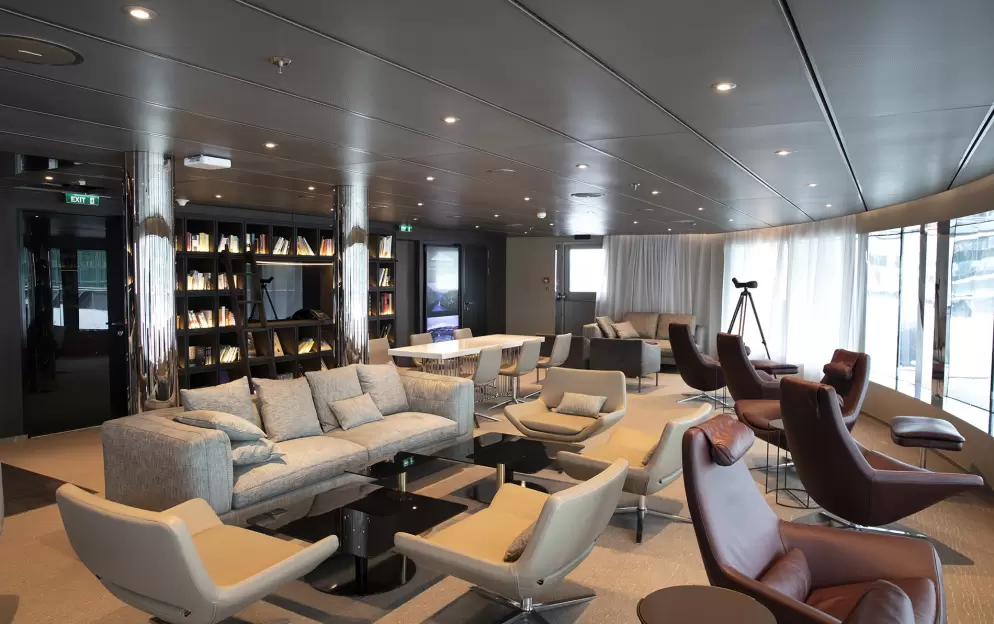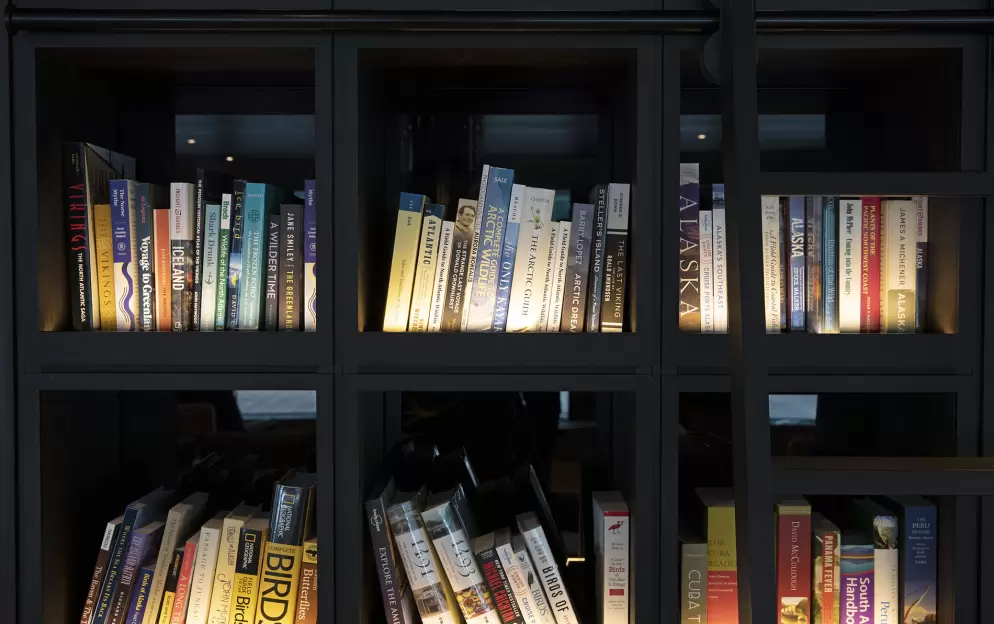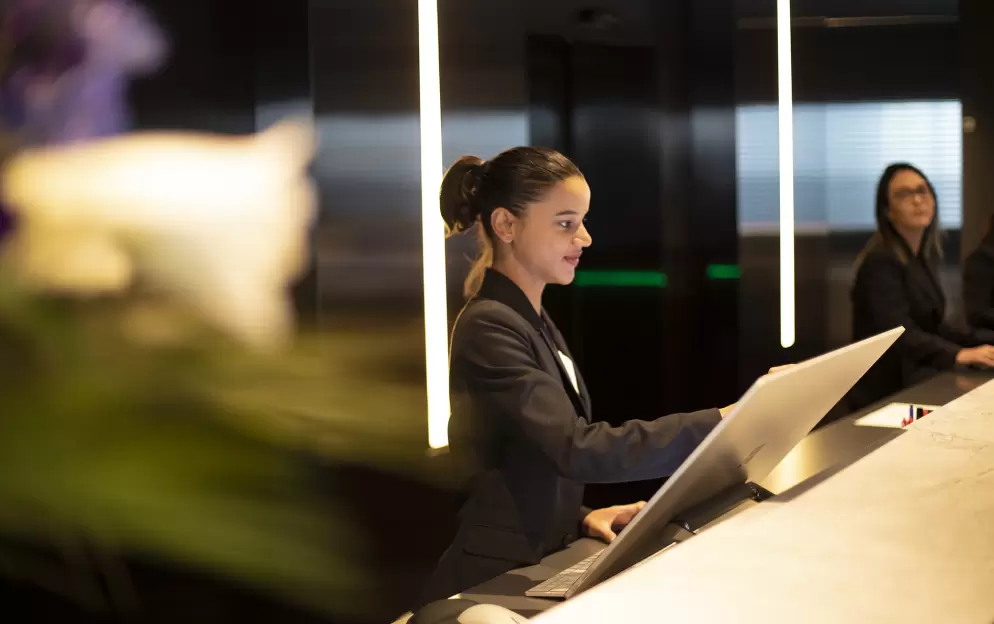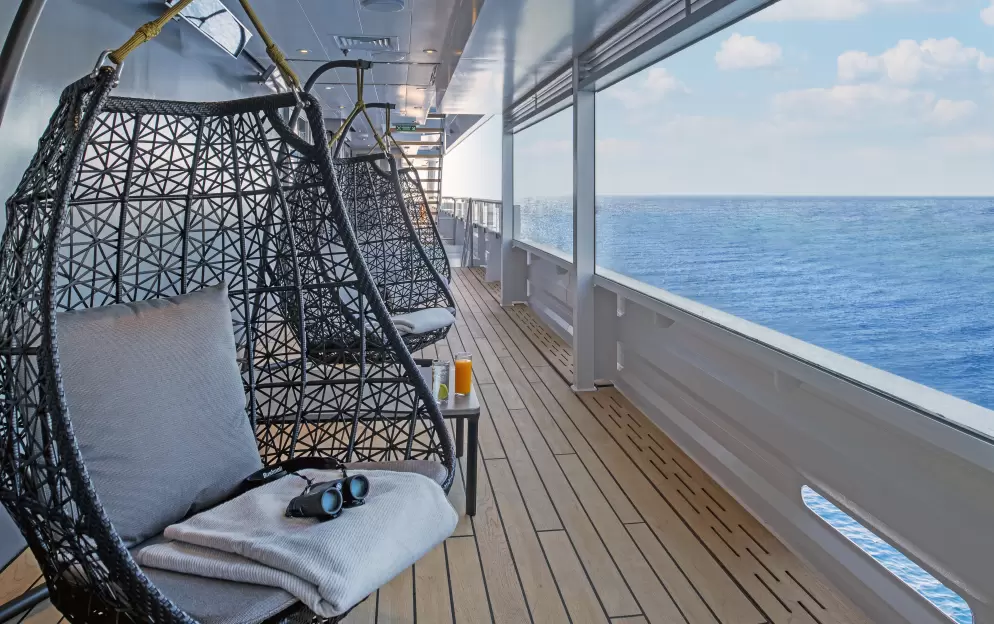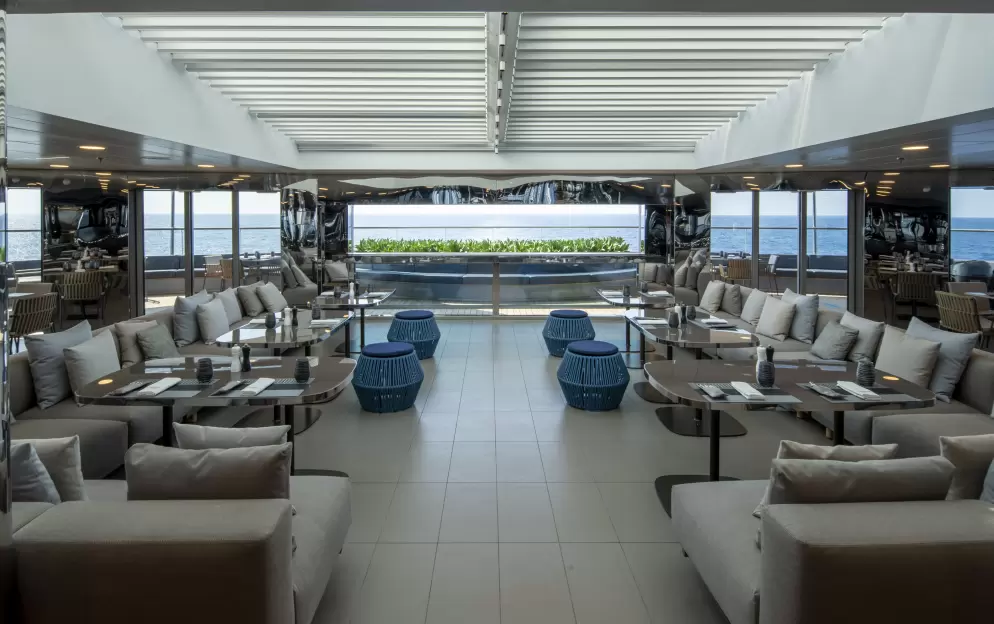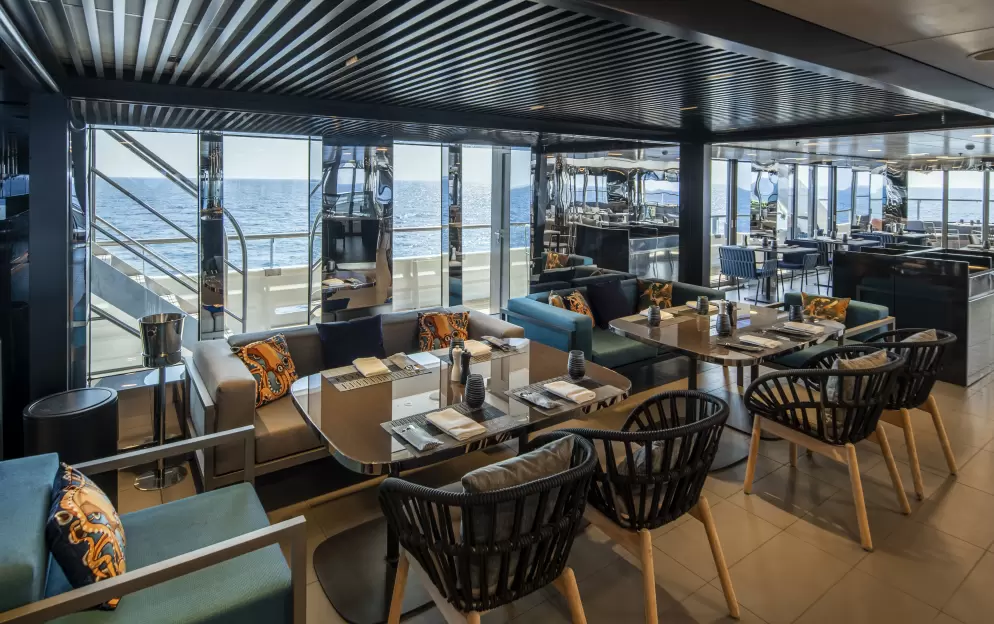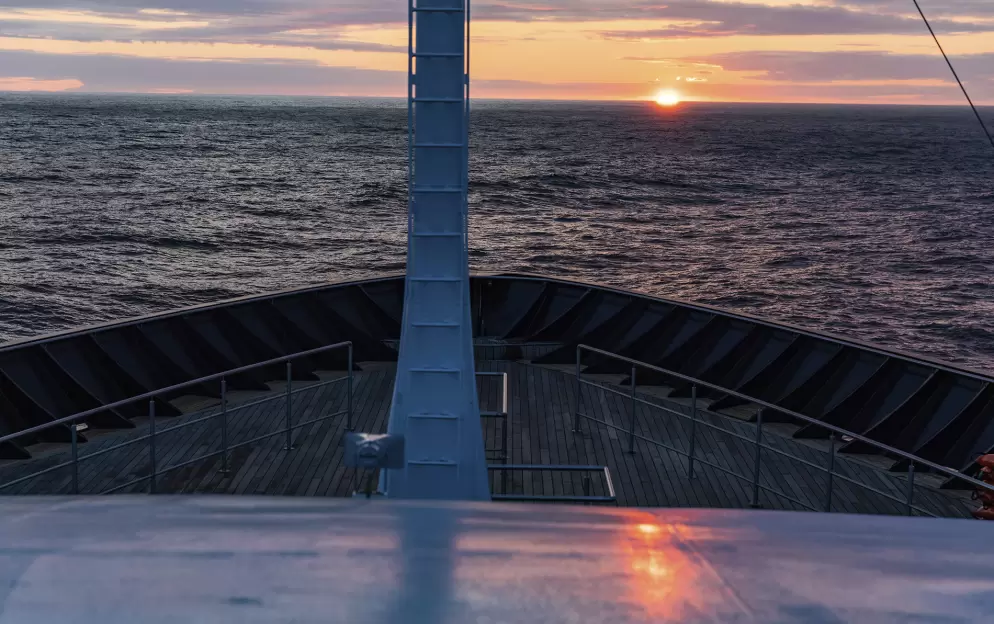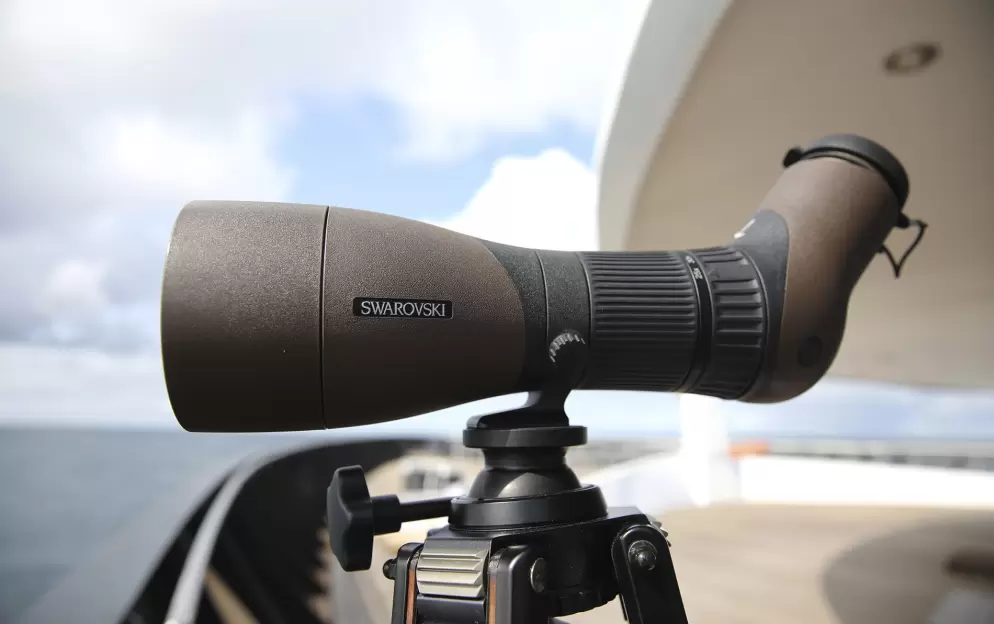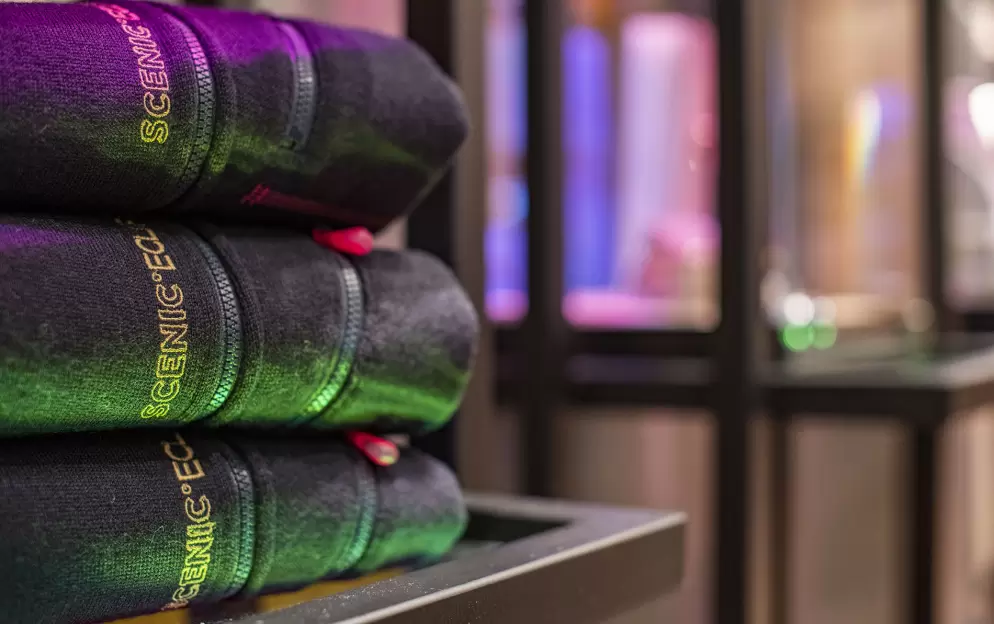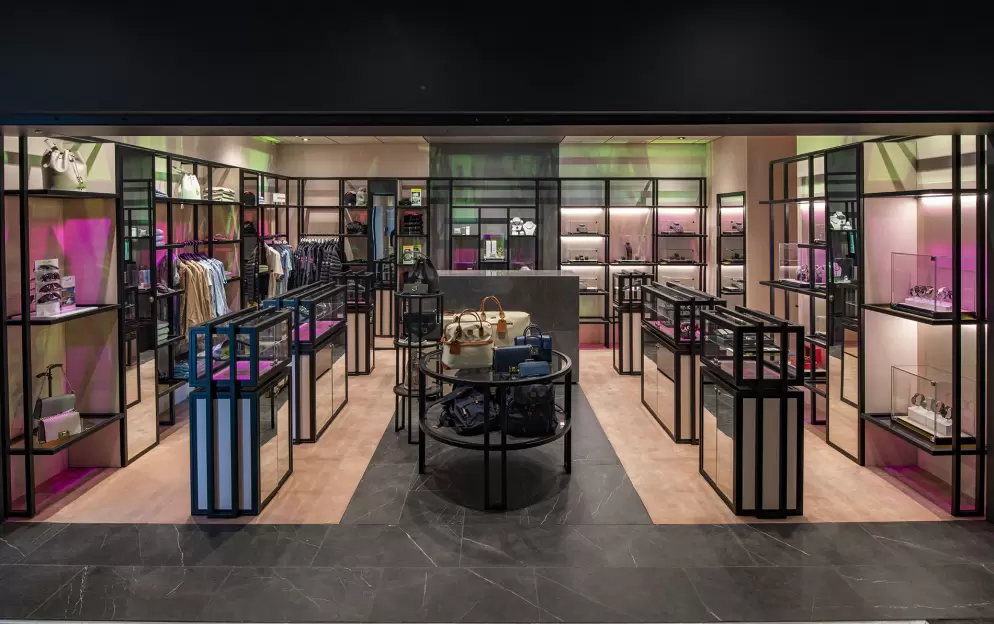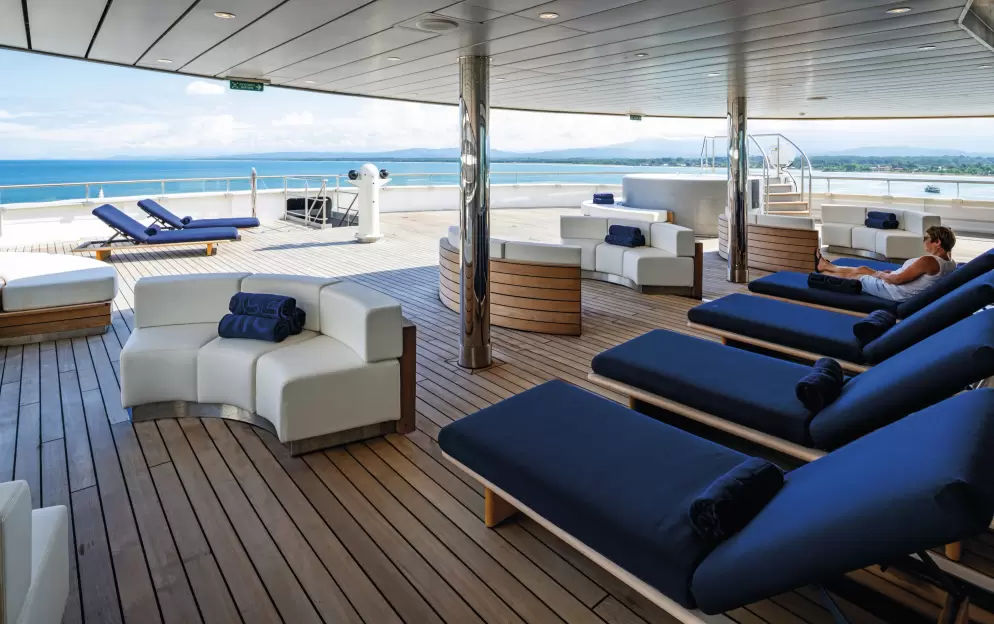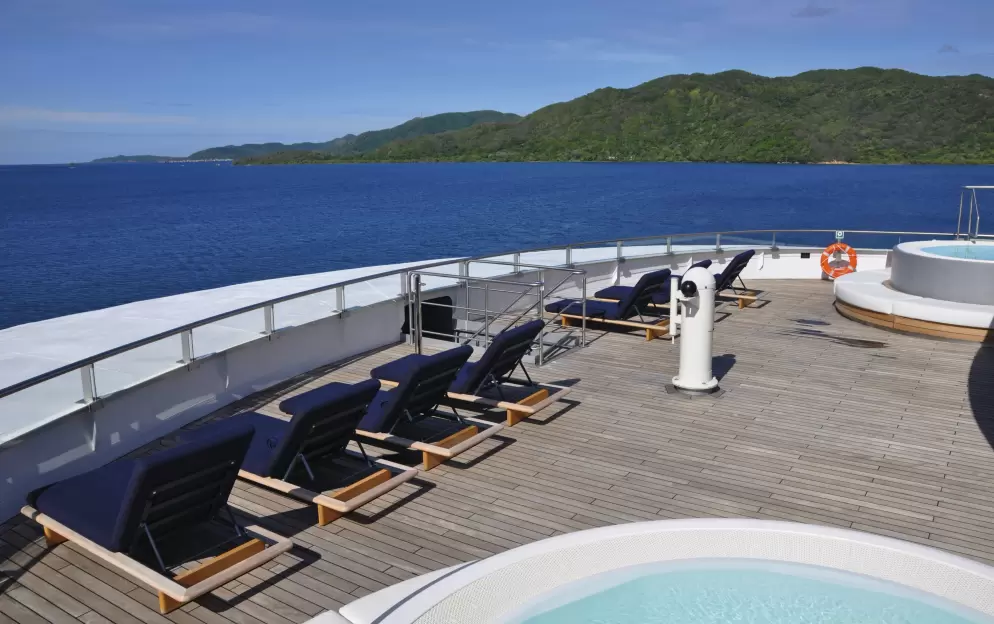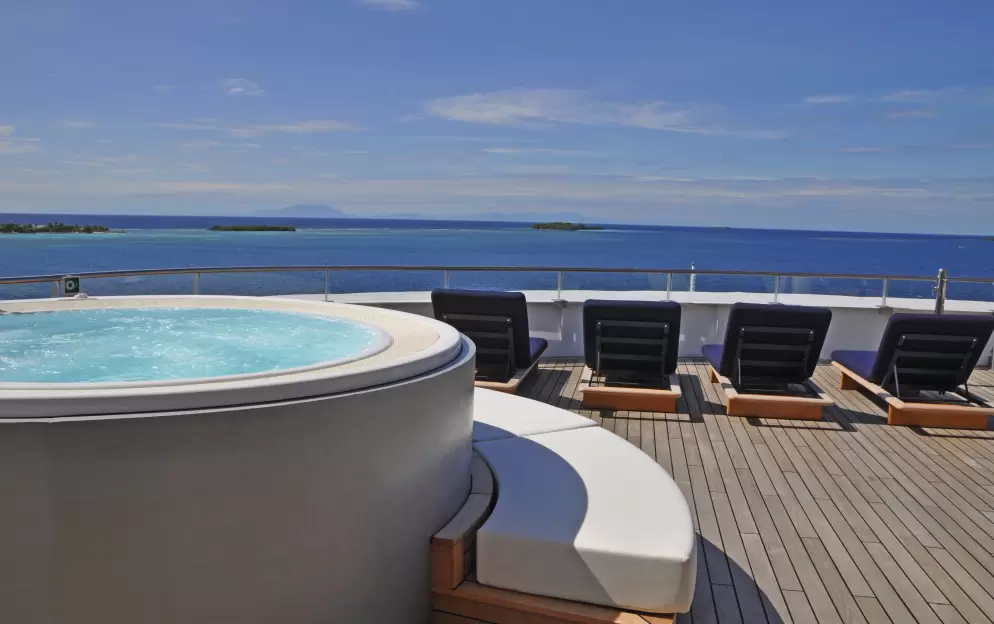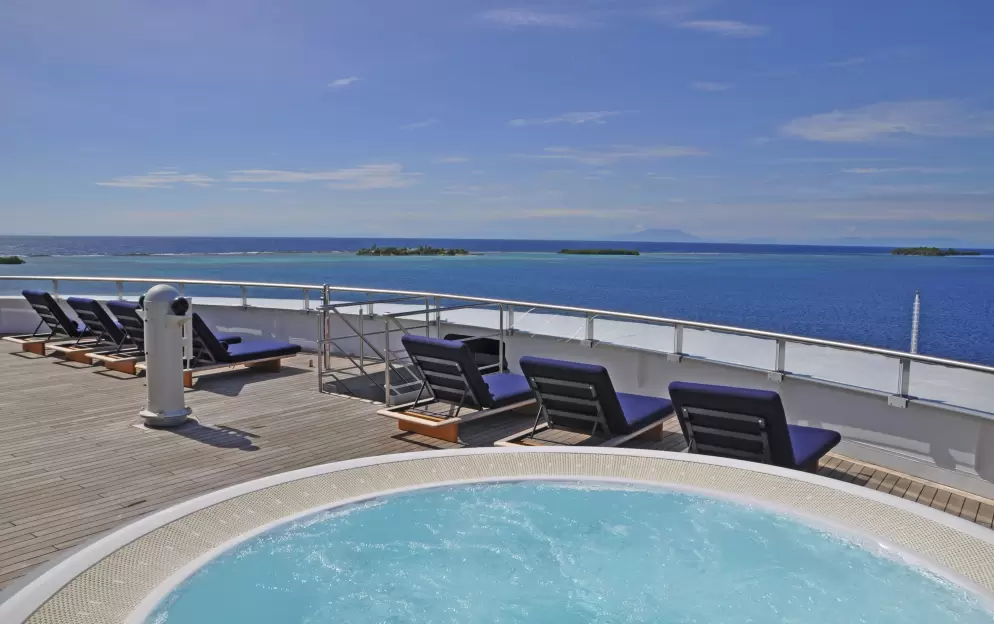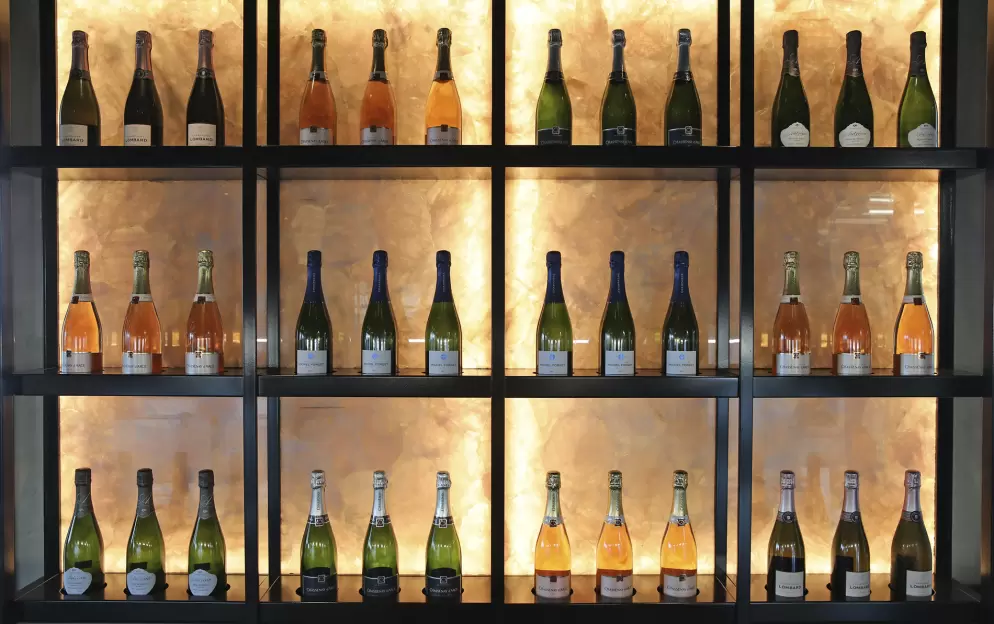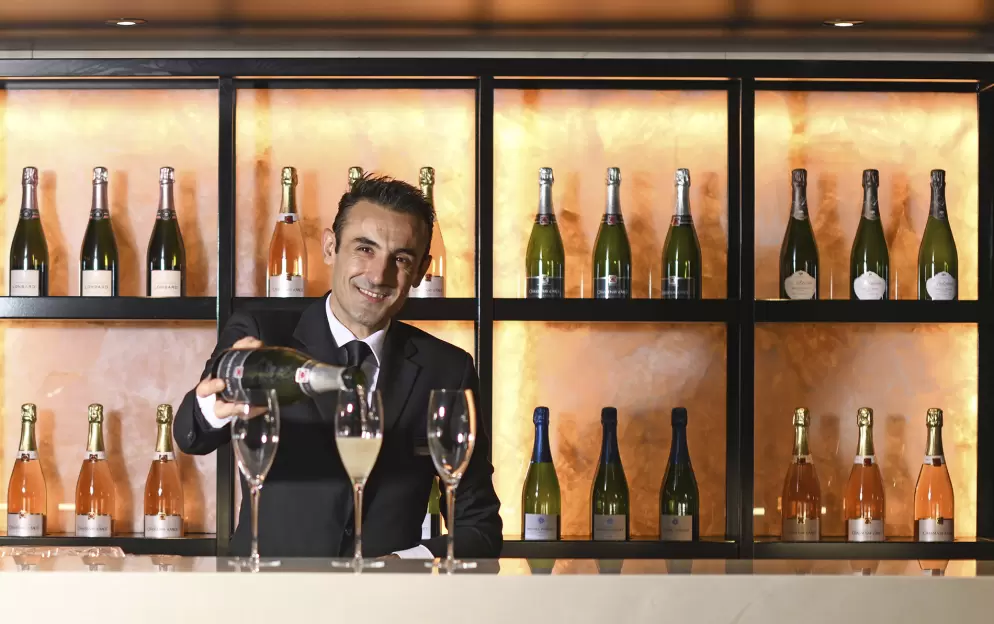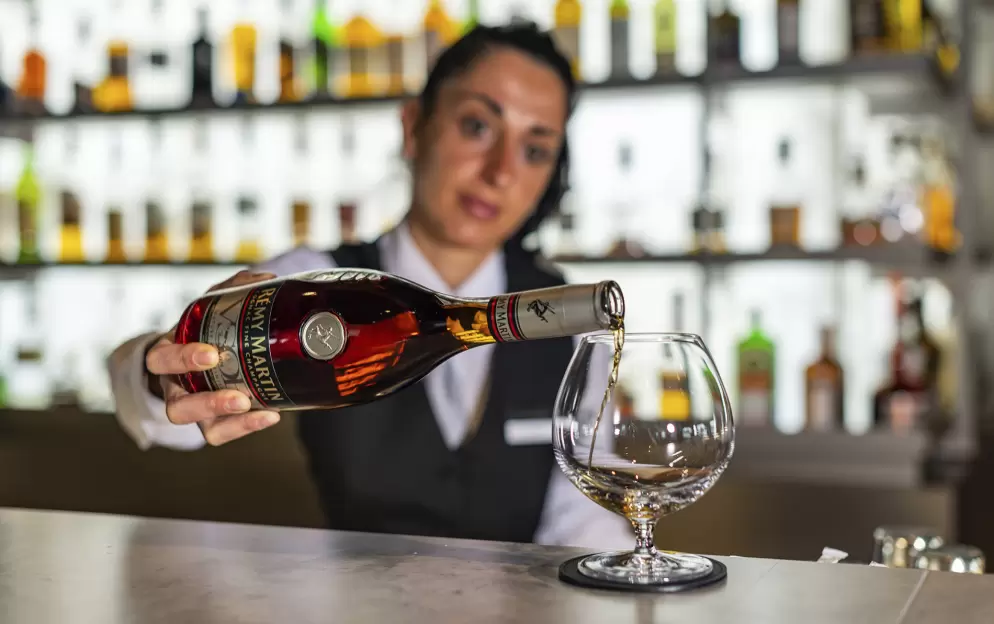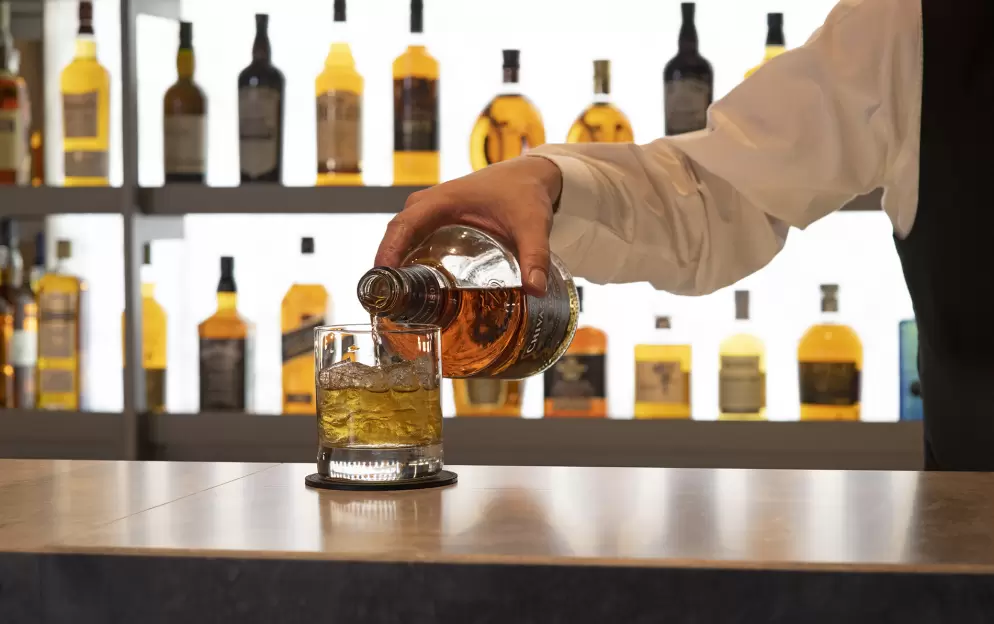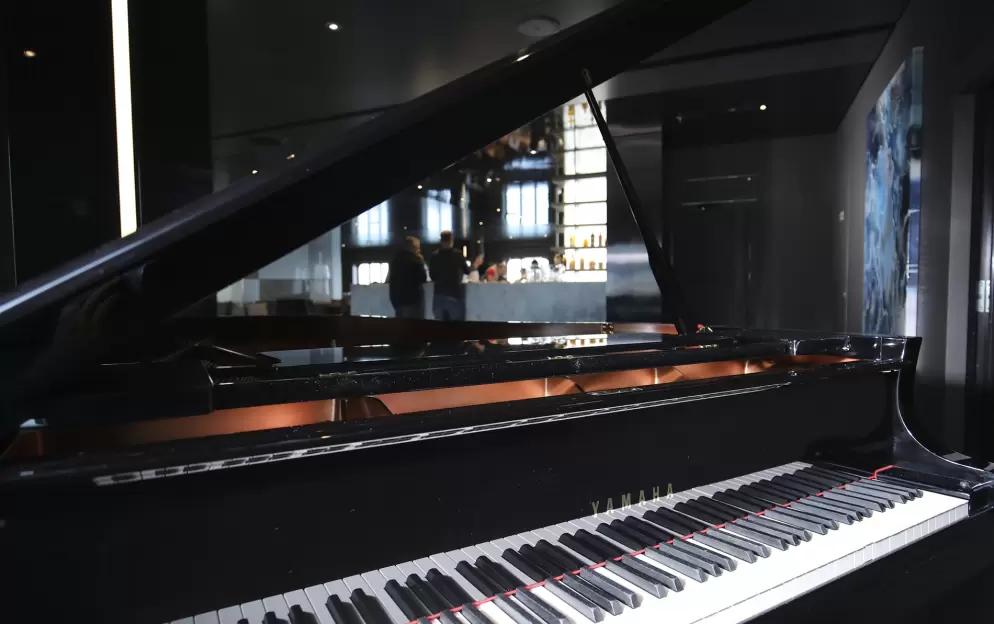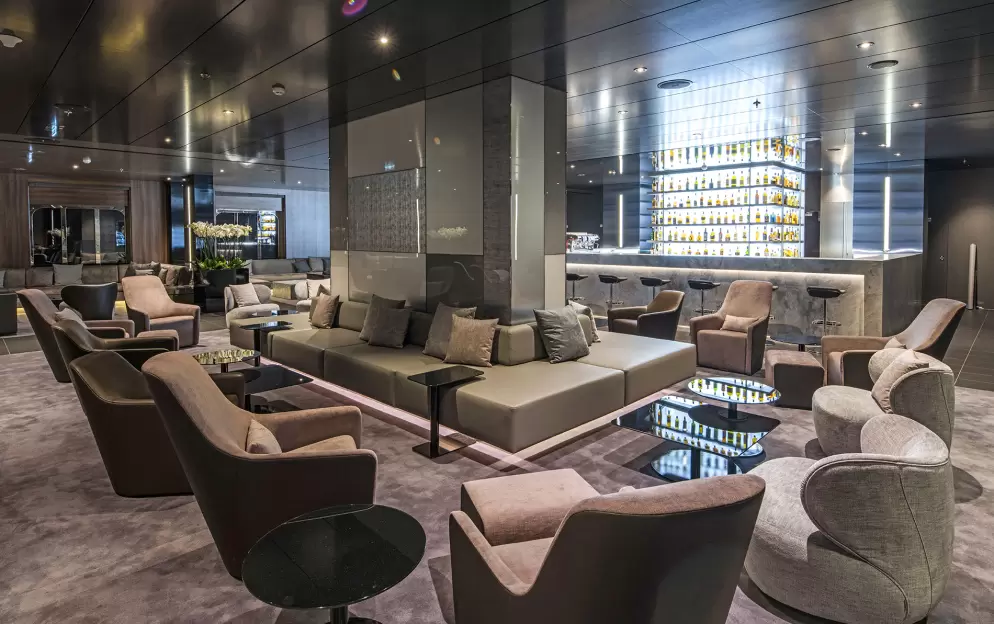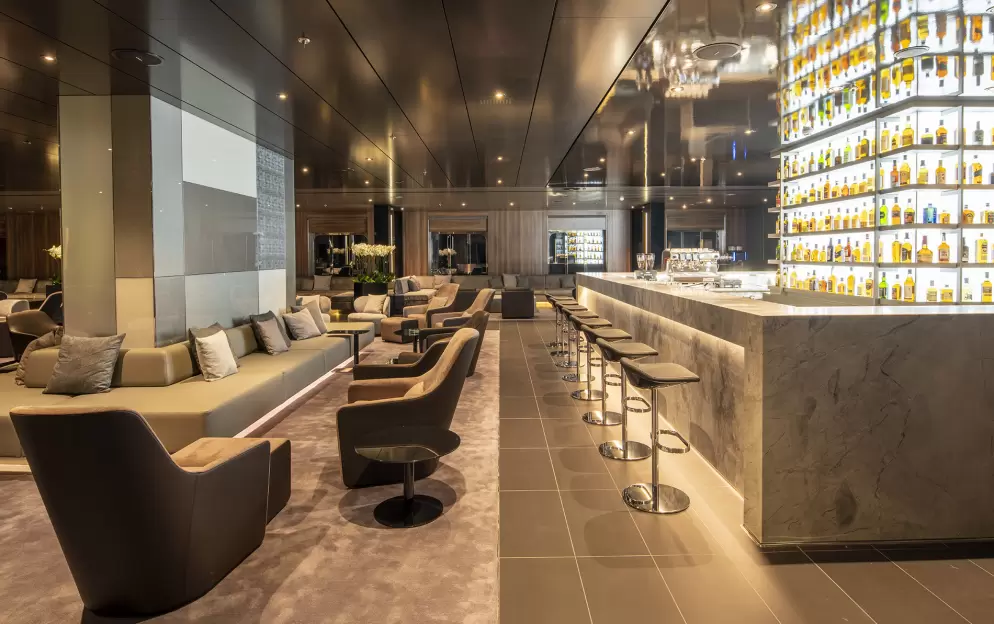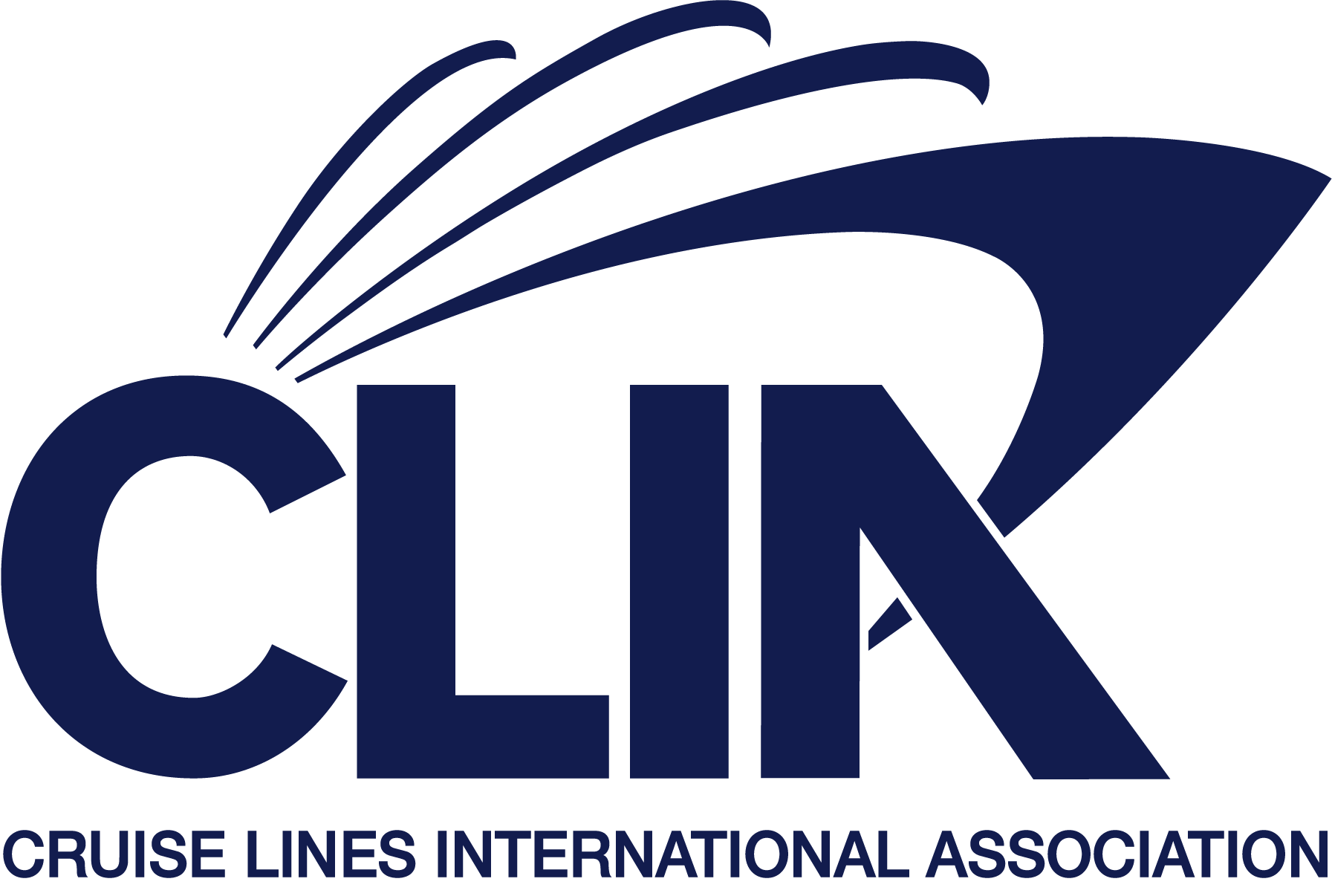The vibrant city of Livorno has been welcoming sailors and traders from around the globe for over 400 years. As one of Italy's most cosmopolitan cities, Livorno serves as the gateway to the magnificent Tuscany region, renowned for its picturesque landscapes, delectable cuisine, and rich artistic heritage. Located conveniently close to Florence and Pisa, Livorno offers easy access to these iconic destinations.
Explore the enchanting 17th century district of Venezia Nuova, delight your senses at the bustling Central Market or wander along the grand Terrazza Mascagni overlooking the waterfront.
Scenic Freechoice:
The Best of Florence & Pisa: Immerse in the magic of Tuscany with a visit to Florence, the birthplace of the Renaissance, and Pisa, famous for its iconic Leaning Tower. Explore Florence’s charming streets and marvel at its breathtaking art and architecture.
Full Day Tour to Cinque Terre: Discover the stunning UNESCO-protected Cinque Terre National Park, known for its terraced vineyards and charming seaside villages. Start with a train ride from Levanto to Vernazza, a quaint fishing village, then enjoy a scenic boat cruise along the rugged coast to Monterosso al Mare.
San Gimignano & Wine Tasting: Meet your guide for a tour of the medieval hillside town of San Gimignano. Renowned for its beautiful towers, San Gimignano’s charm is evident throughout its sunny streets. Once your tour has concluded, explore on your own before proceeding to a nearby wine property, where you’ll enjoy lunch and a sampling of local wines.
Scenic Enrich
Opera Concert at Theatre Goldoni: Experience an evening of operatic splendour at the renowned Teatro Goldoni, where Italy’s rich cultural legacy comes alive through stirring performances by the Incanto Quartet, a group of four opera singers. Set within this 18th-century marvel of architecture, you’ll be captivated by powerful, timeless melodies that resonate with the elegance and artistry of Italian opera.
Docked: 08:00 - 22:00
Livorno is a gritty city with a long and interesting history. In the early Middle Ages it alternately belonged to Pisa and Genoa. In 1421 Florence, seeking access to the sea, bought it. Cosimo I (1519–74) started construction of the harbor in 1571, putting Livorno on the map. After Ferdinando I de' Medici (1549–1609) proclaimed Livorno a free city, it became a haven for people suffering from religious persecution; Roman Catholics from England and Jews and Moors from Spain and Portugal, among others, settled here. The Quattro Mori (Four Moors), also known as the Monument to Ferdinando I, commemorates this. (The statue of Ferdinando I dates from 1595, the bronze Moors by Pietro Tacca from the 1620s.)In the following centuries, and particularly in the 18th, Livorno boomed as a port. In the 19th century the town drew a host of famous Britons passing through on their grand tours. Its prominence continued up to World War II, when it was heavily bombed. Much of the town's architecture, therefore, postdates the war, and it's somewhat difficult to imagine what it might have looked like before. Livorno has recovered from the war, however, as it's become a huge point of departure for container ships, as well as the only spot in Tuscany for cruise ships to dock for the day.Most of Livorno's artistic treasures date from the 17th century and aren't all that interesting unless you dote on obscure baroque artists. Livorno's most famous native artist, Amedeo Modigliani (1884–1920), was of much more recent vintage. Sadly, there's no notable work by him in his hometown.There may not be much in the way of art, but it's still worth strolling around the city. The Mercato Nuovo, which has been around since 1894, sells all sorts of fruits, vegetables, grains, meat, and fish. Outdoor markets nearby are also chock-full of local color. The presence of Camp Darby, an American military base just outside town, accounts for the availability of many American products.If you have time, Livorno is worth a stop for lunch or dinner at the very least.









